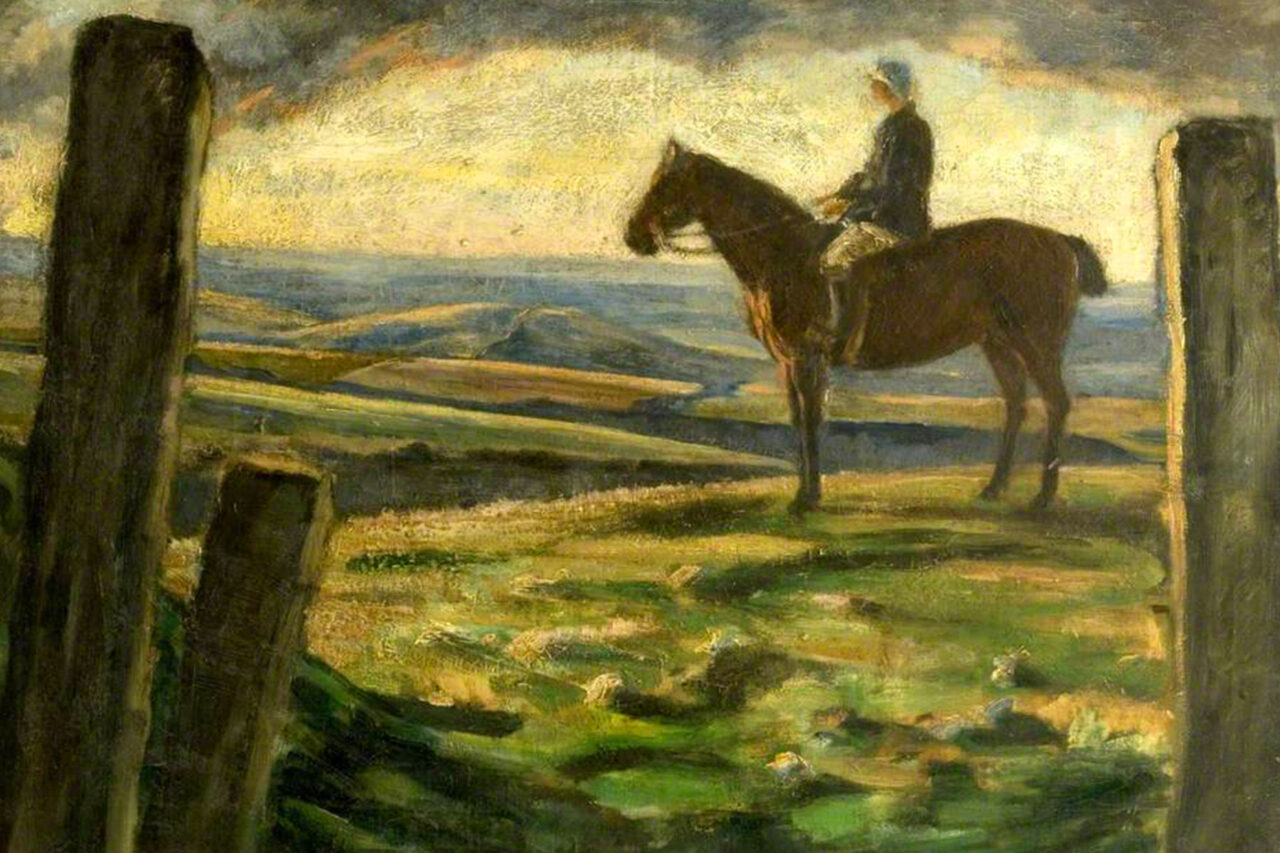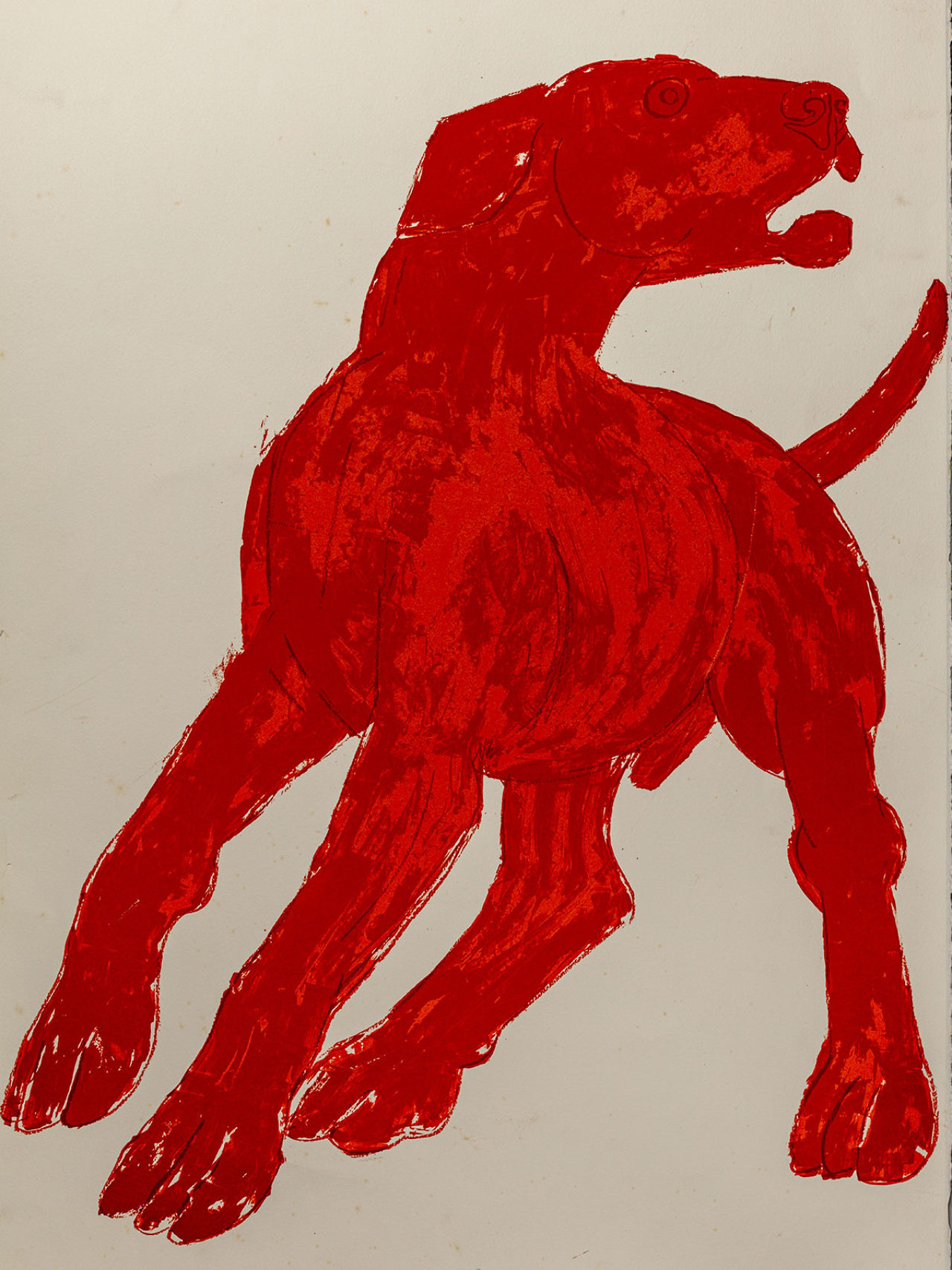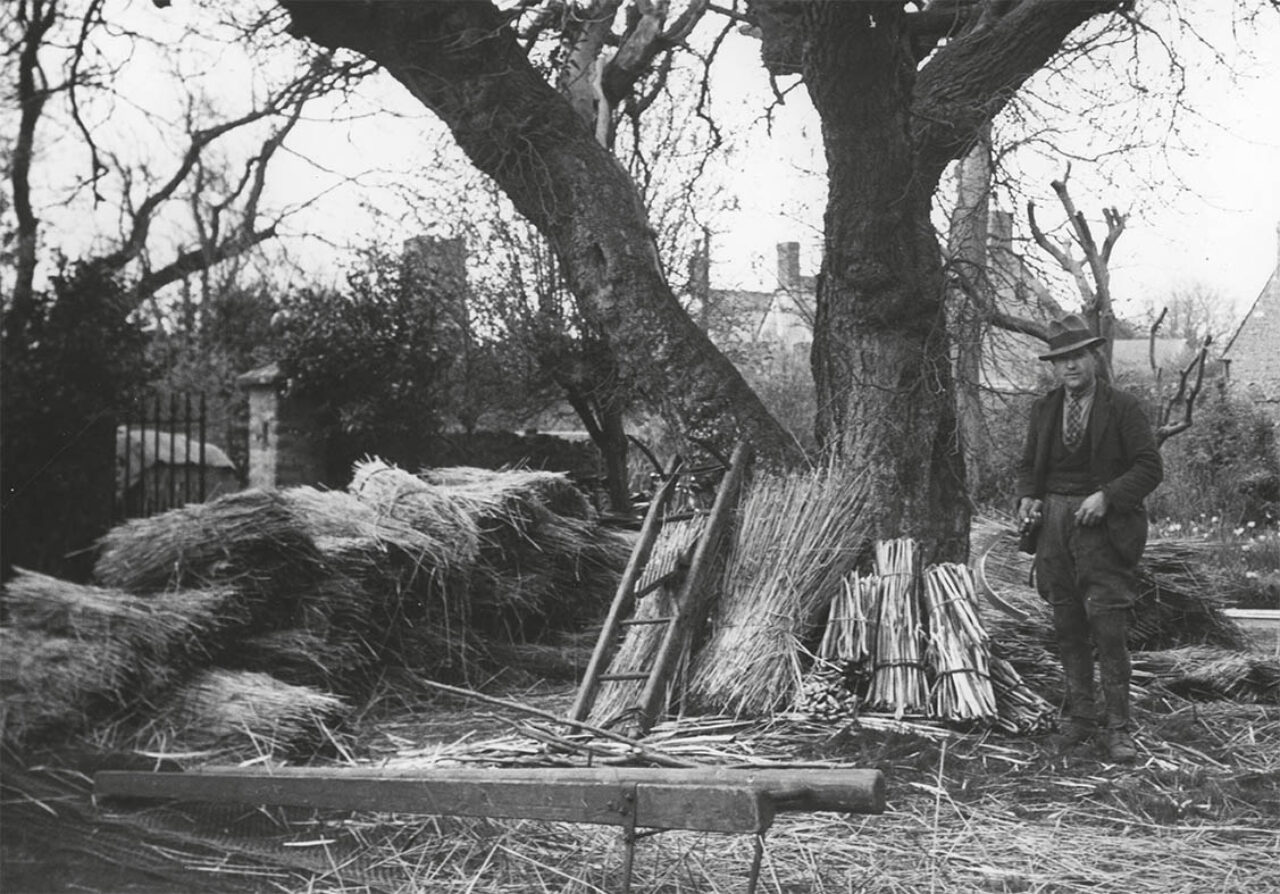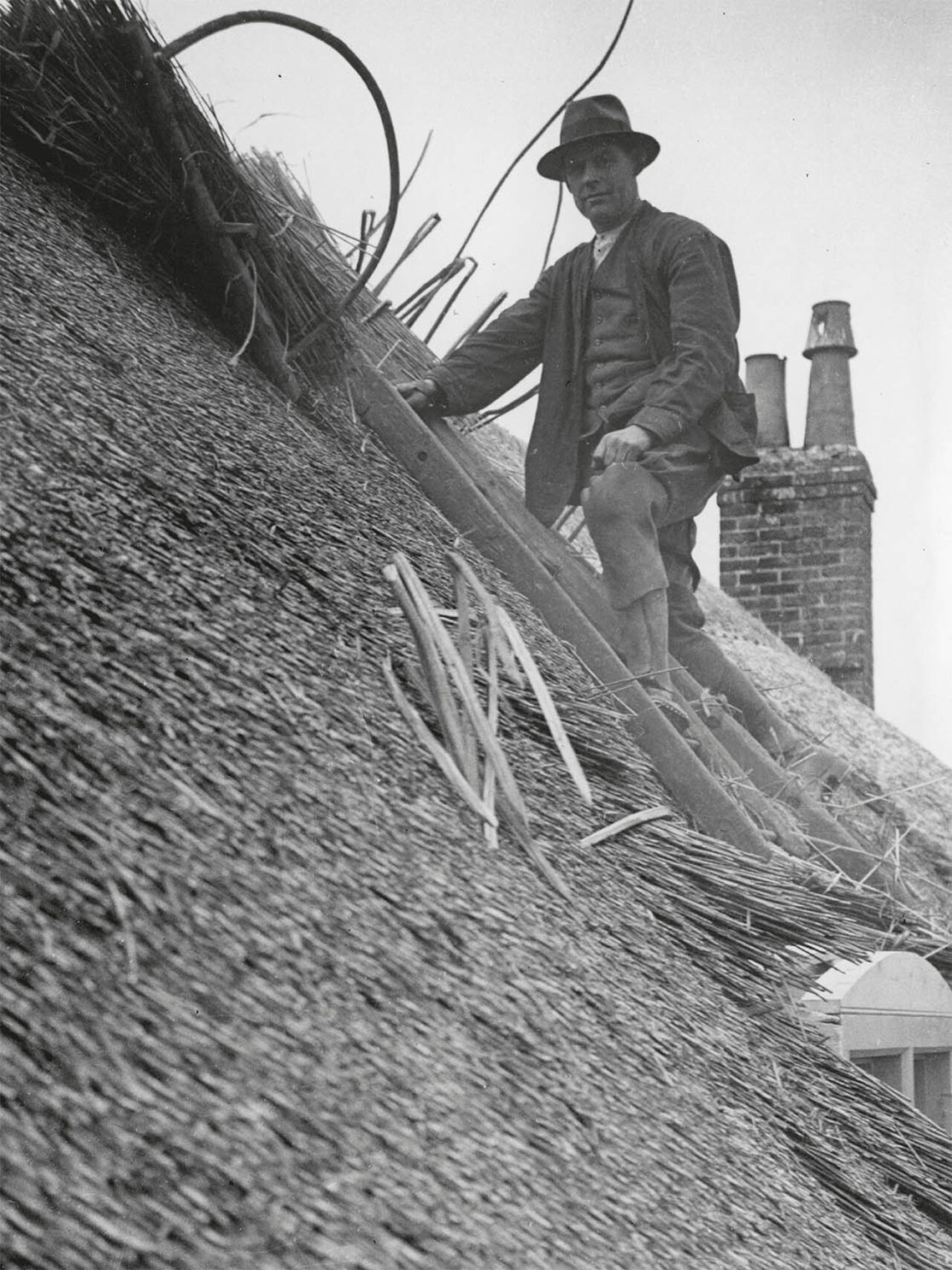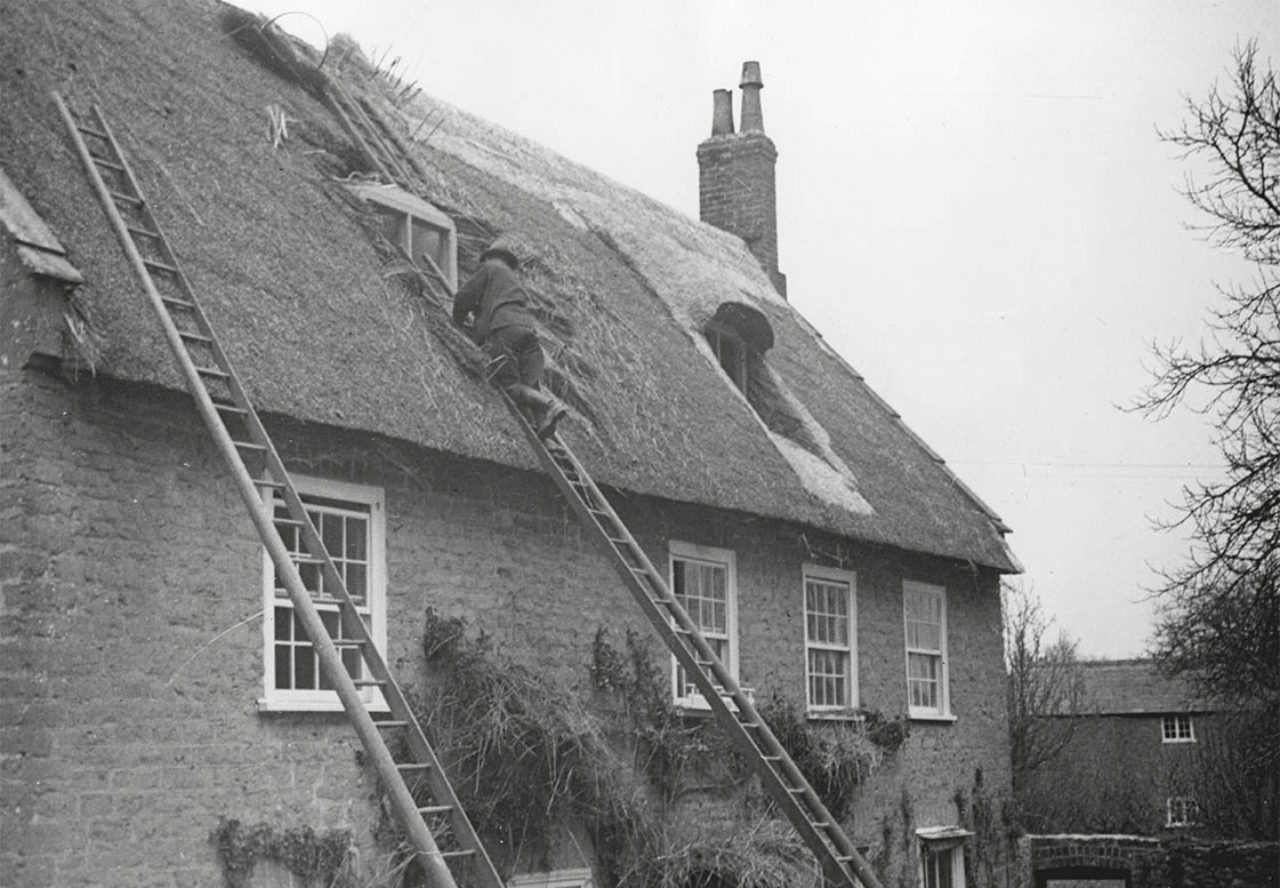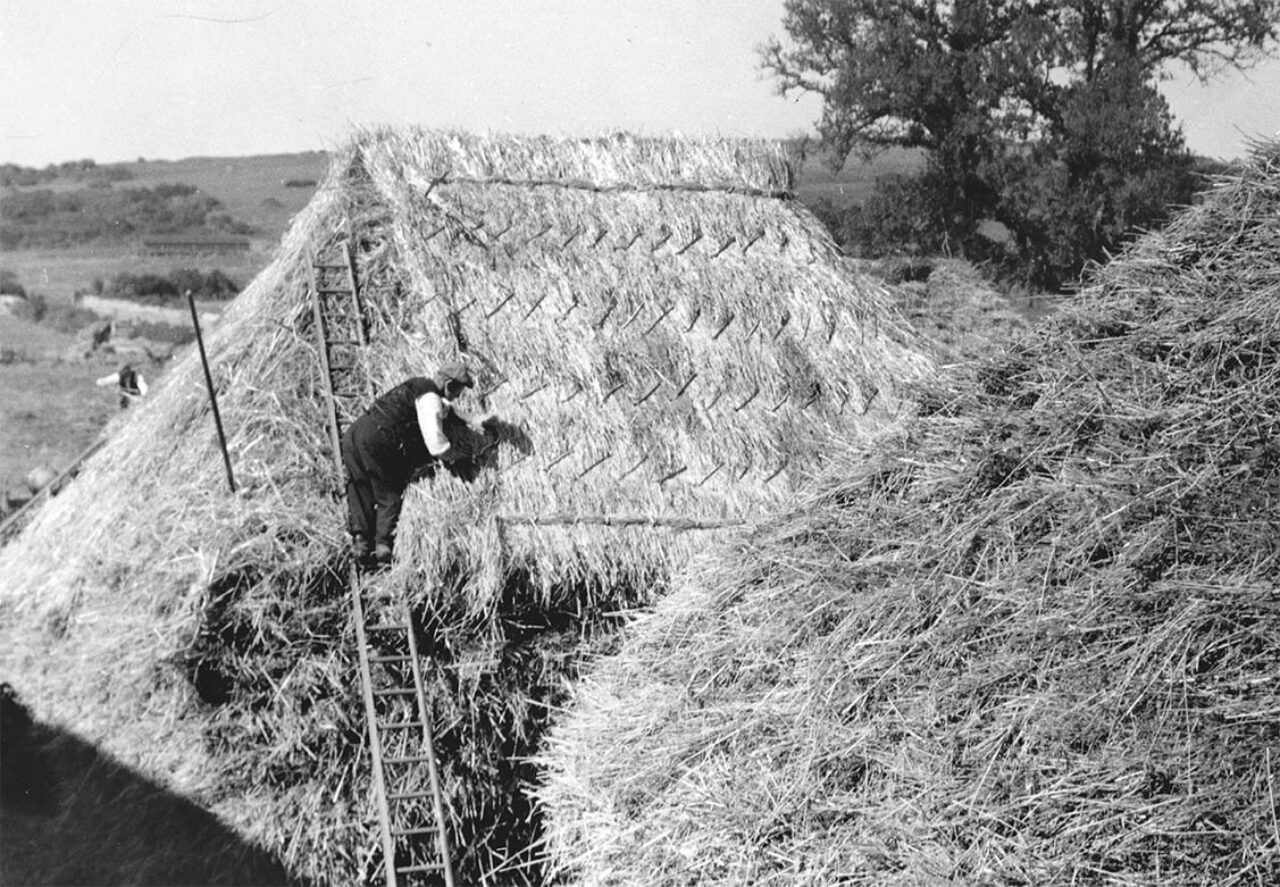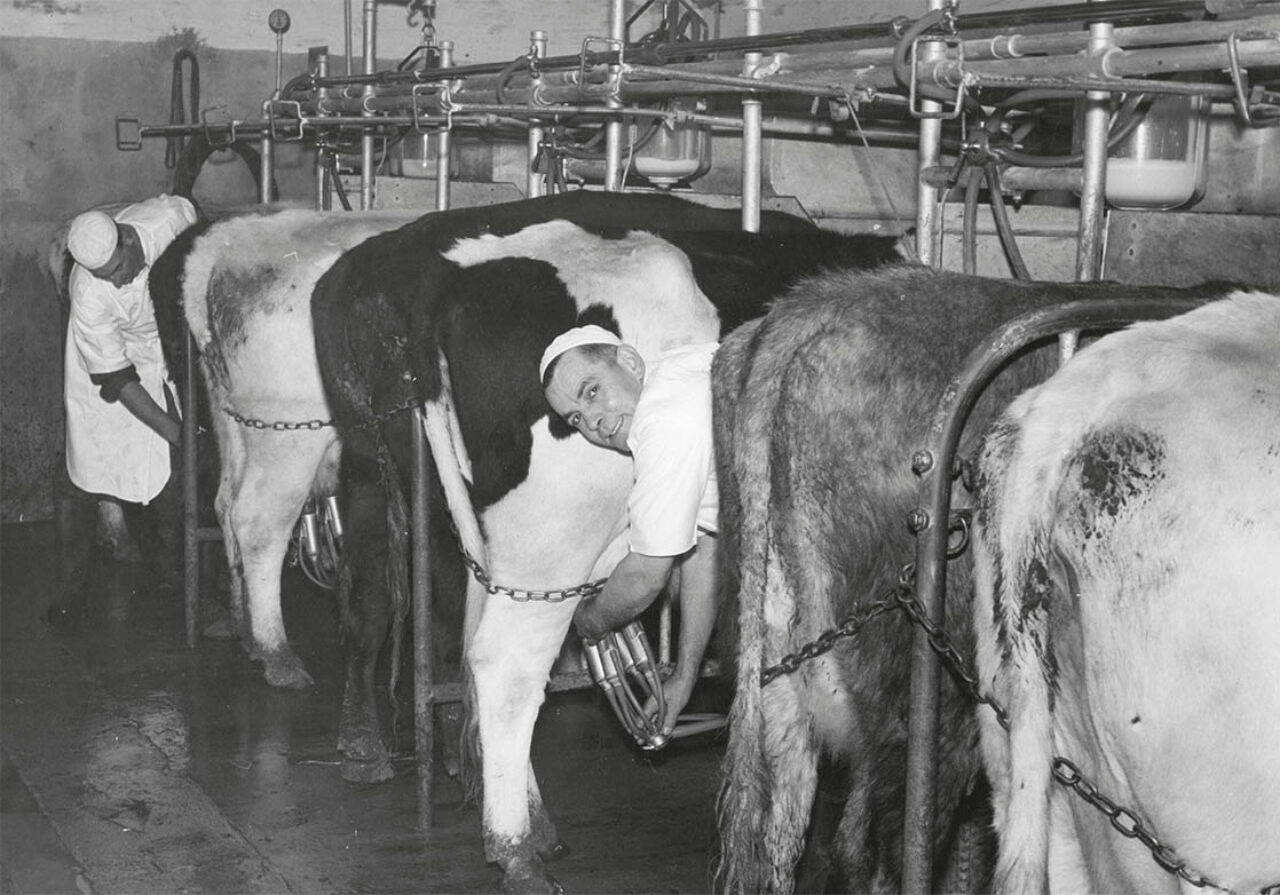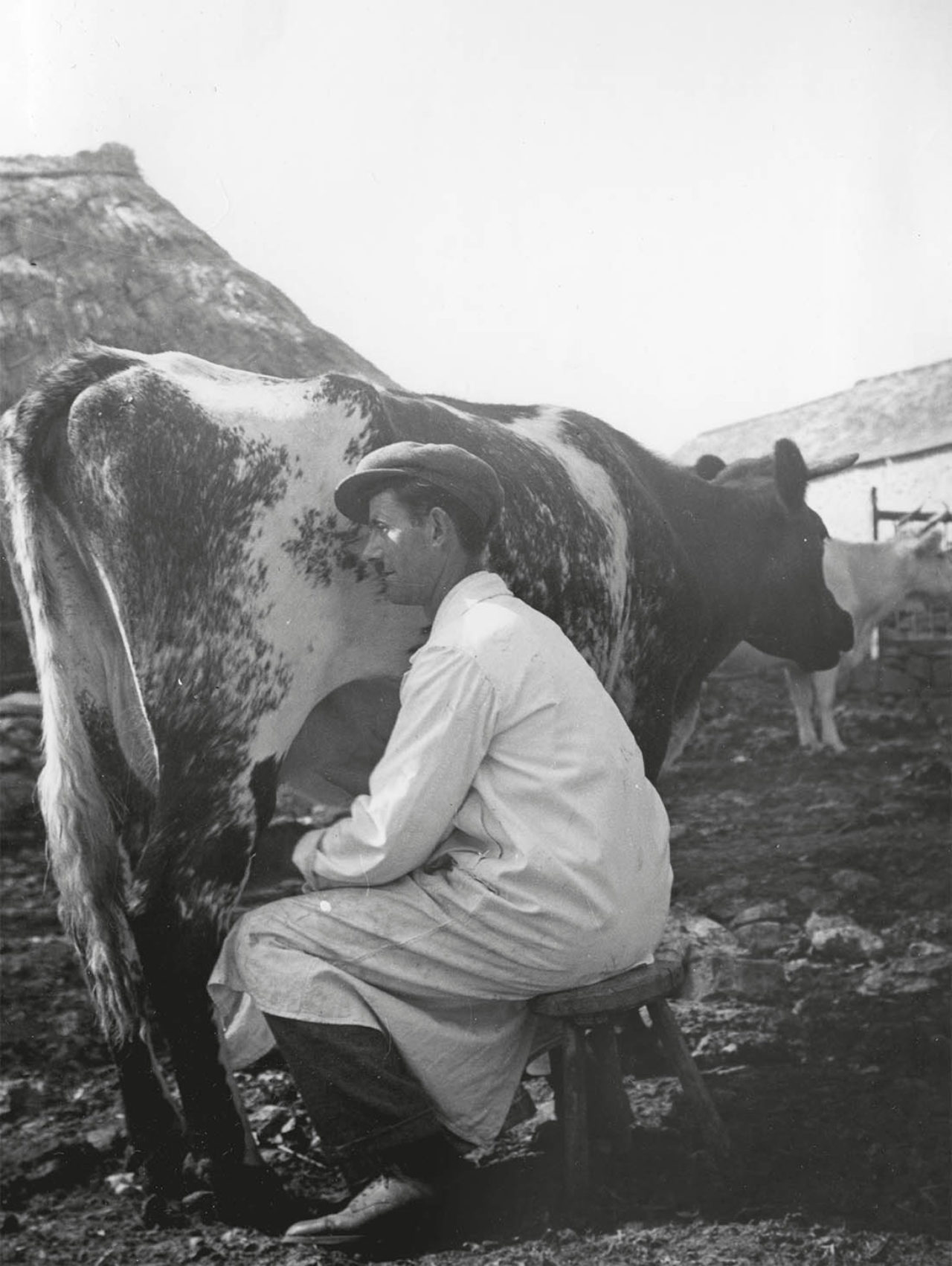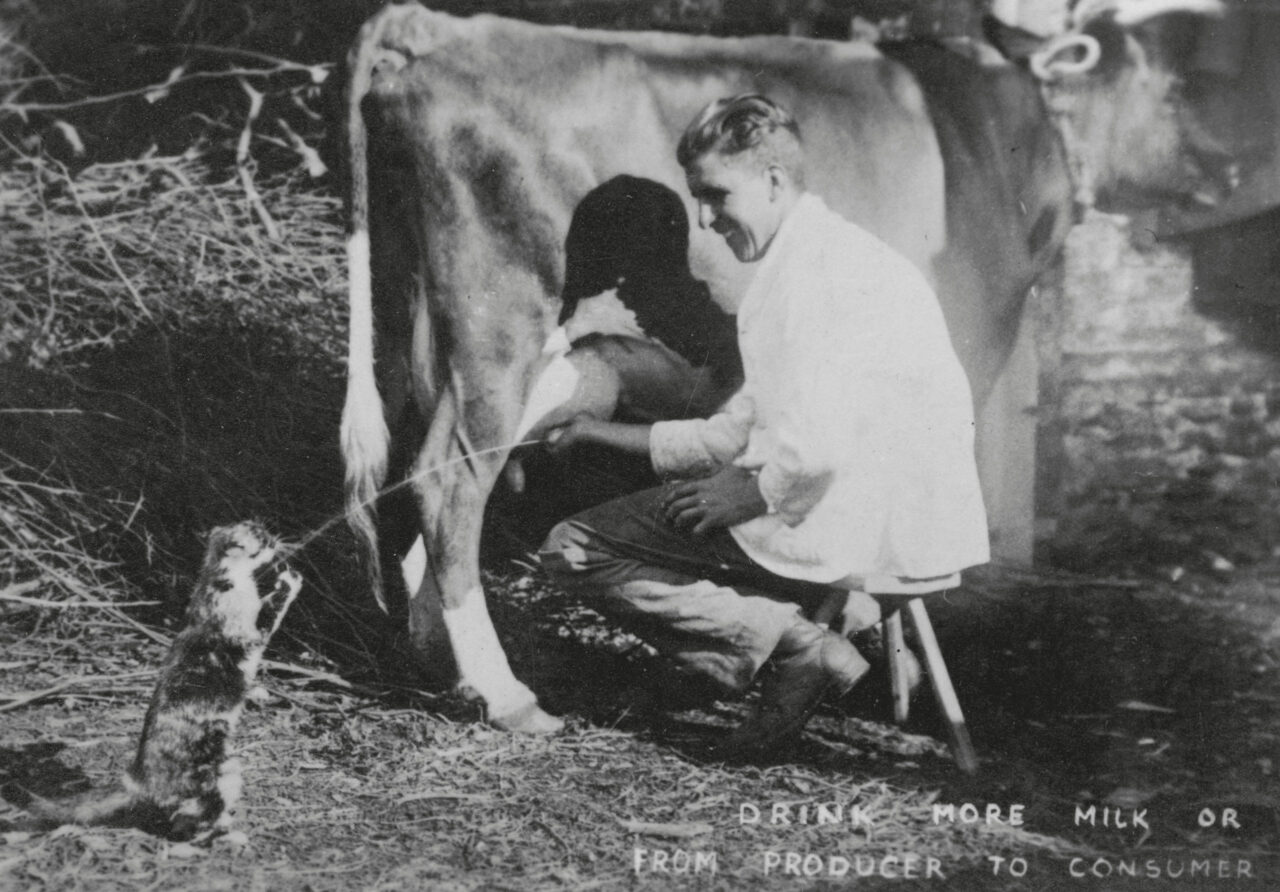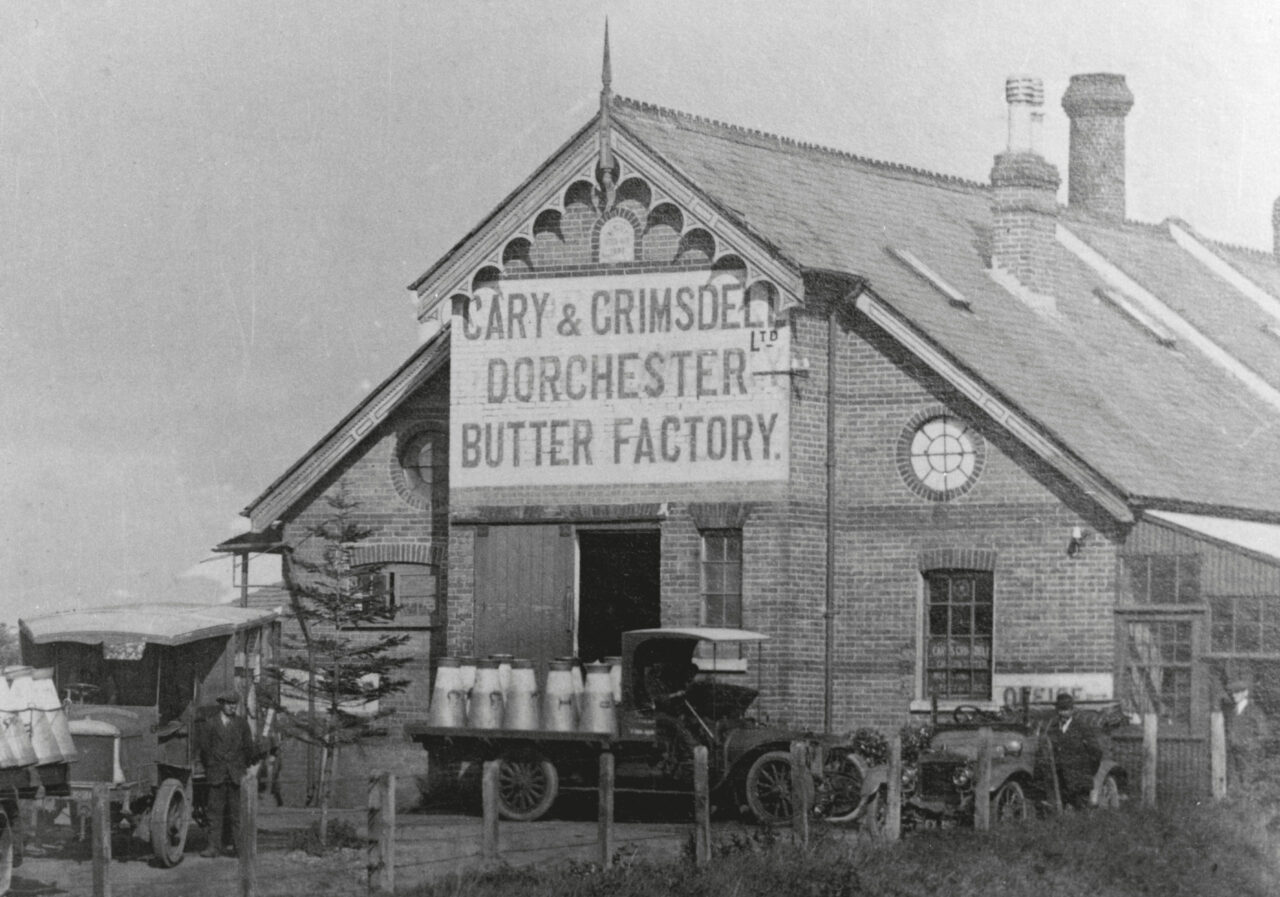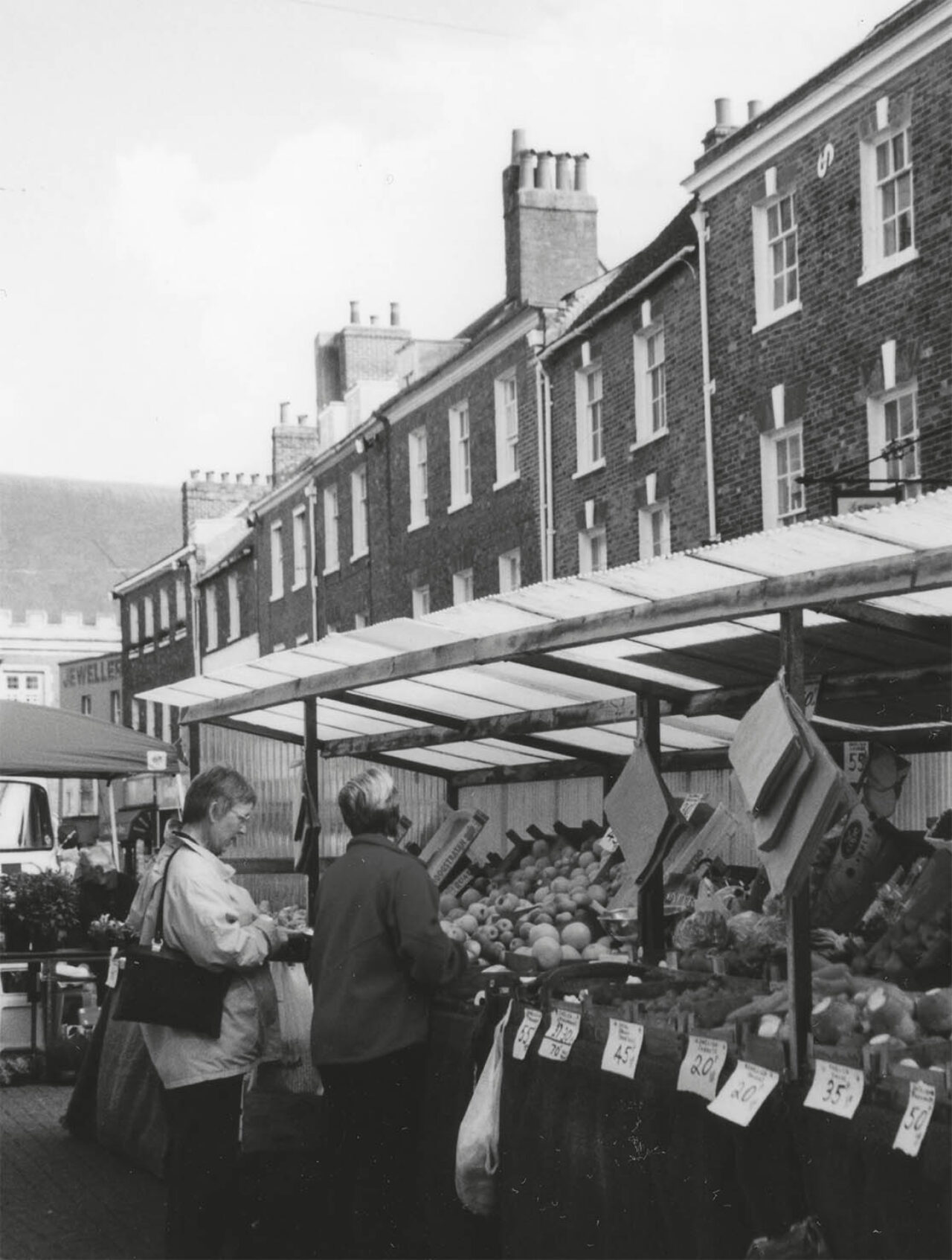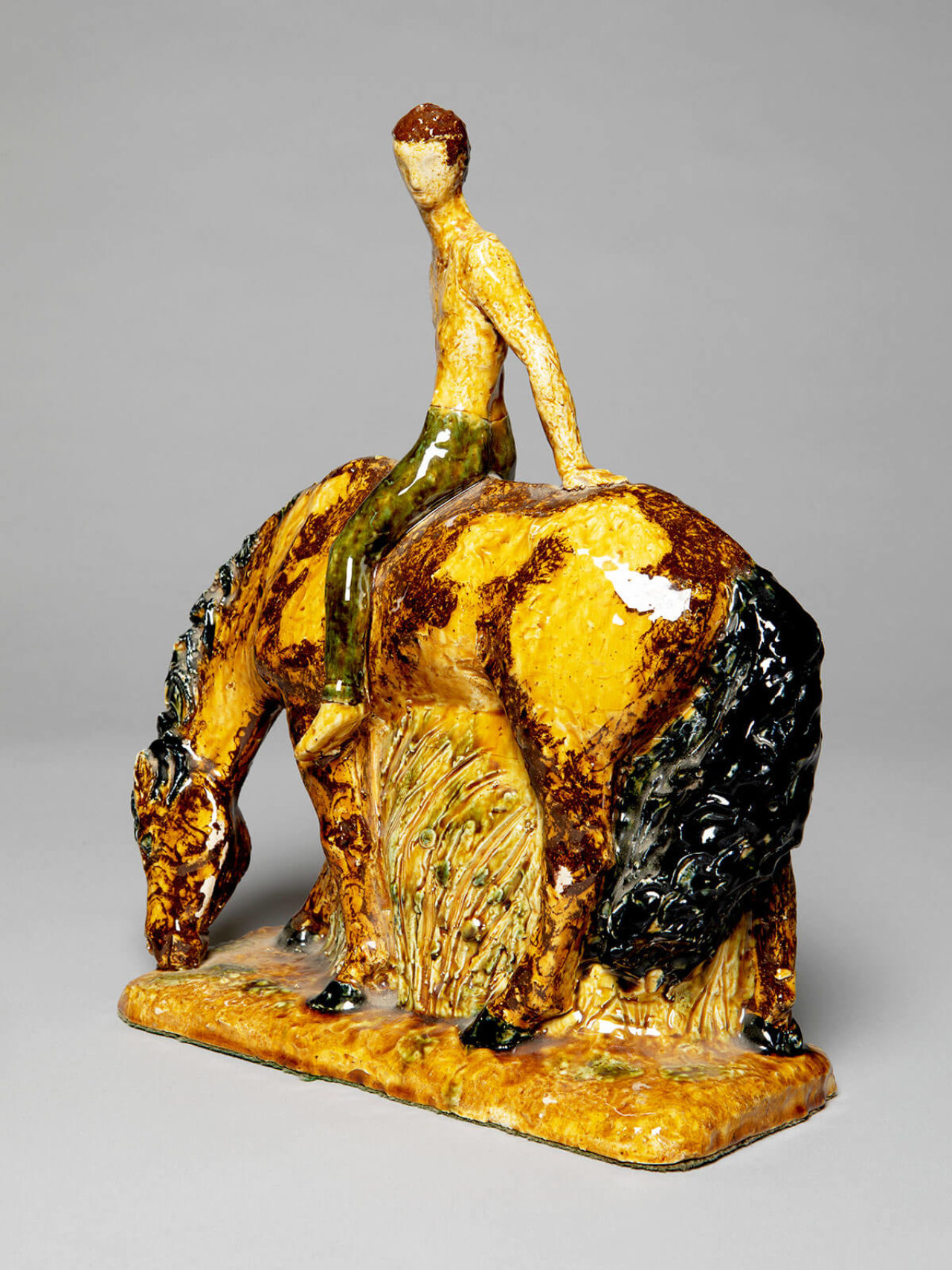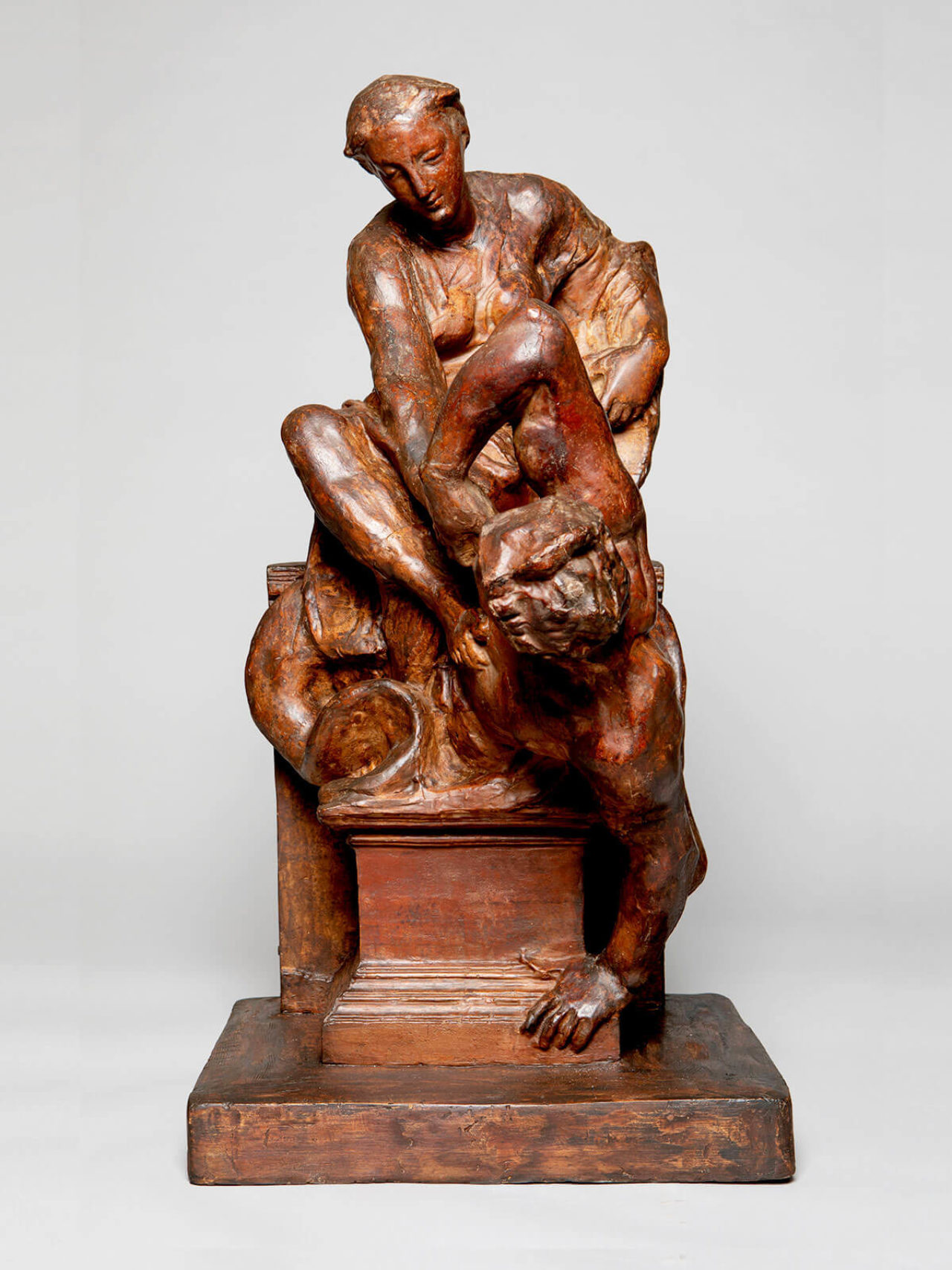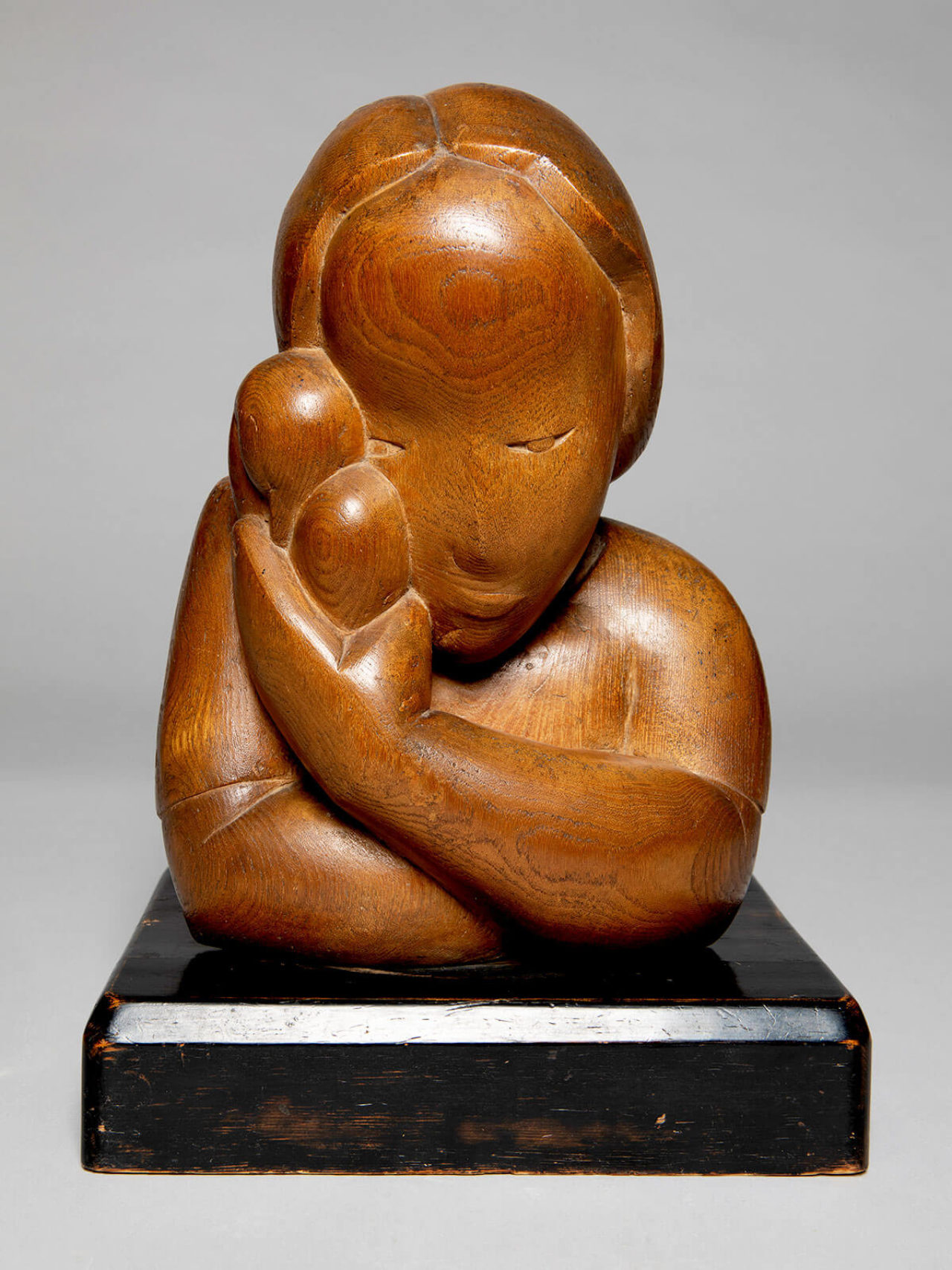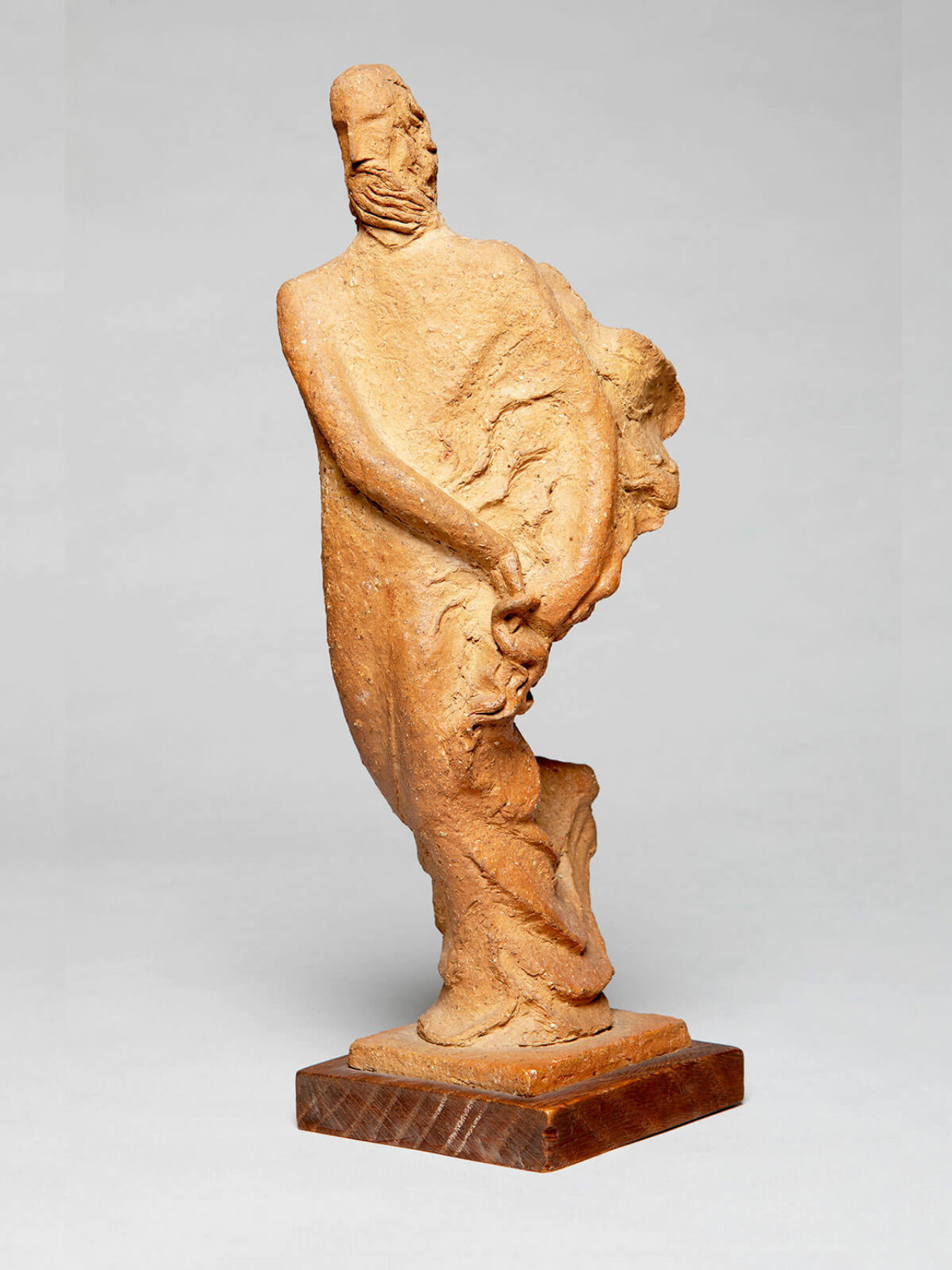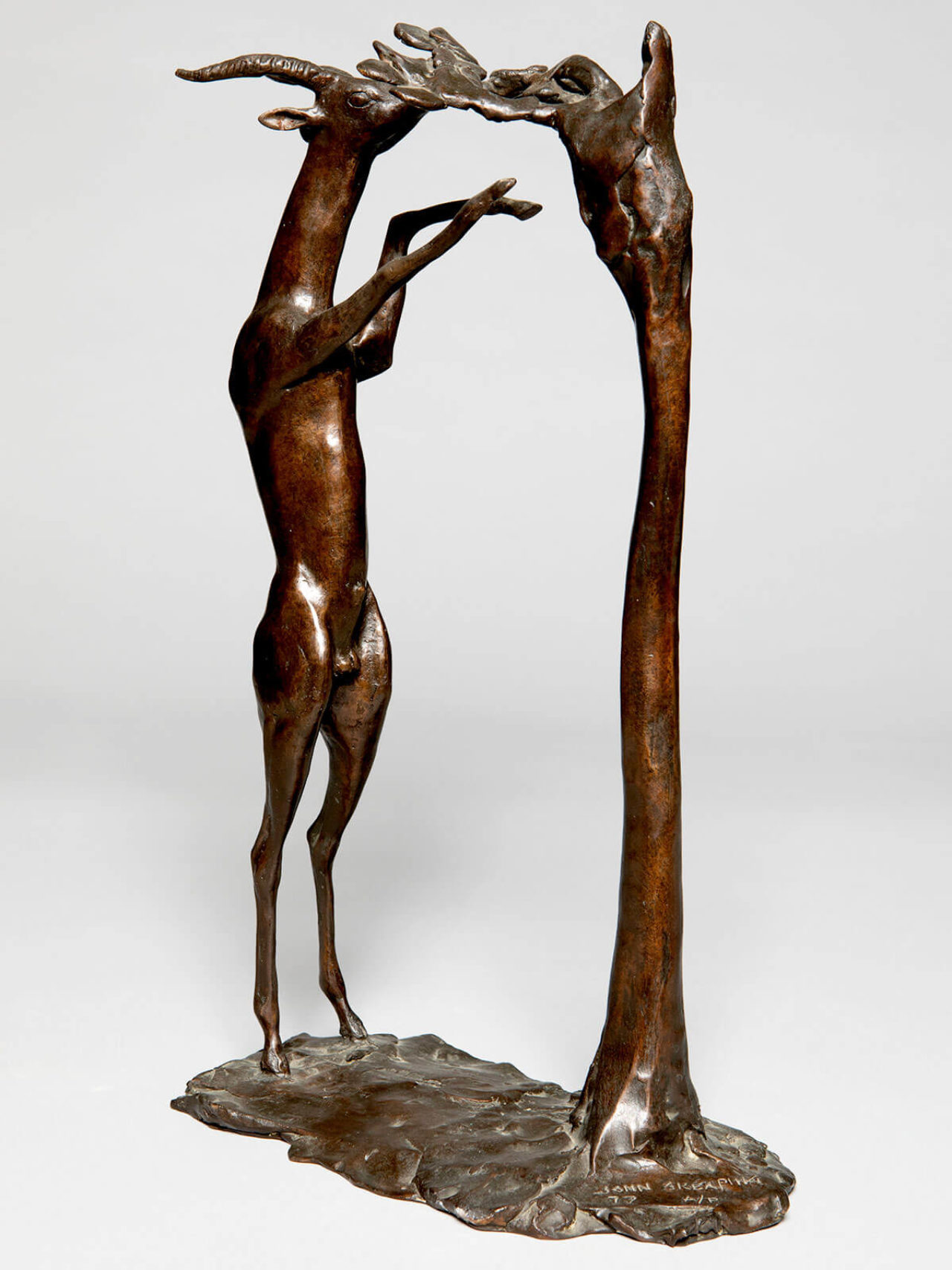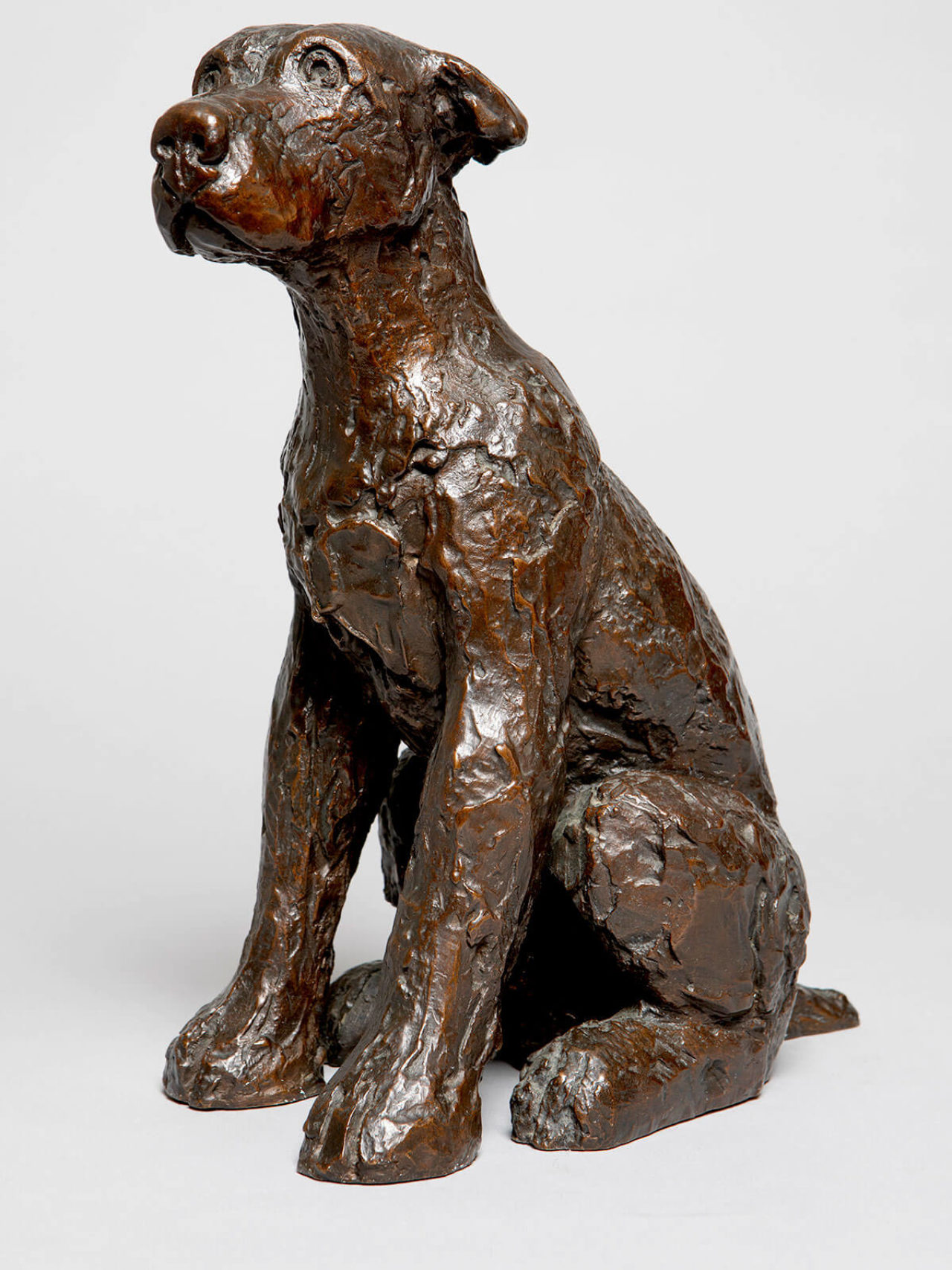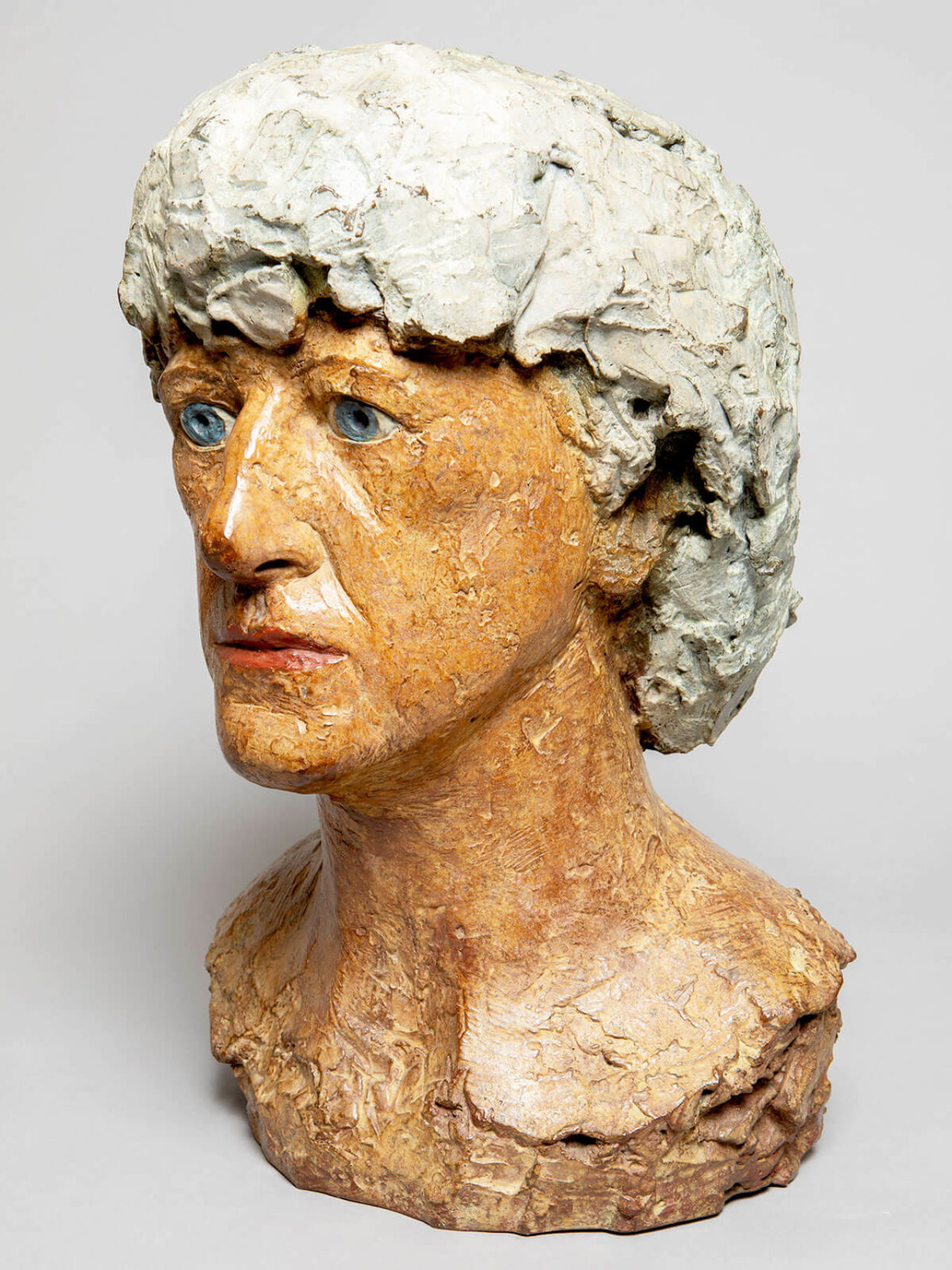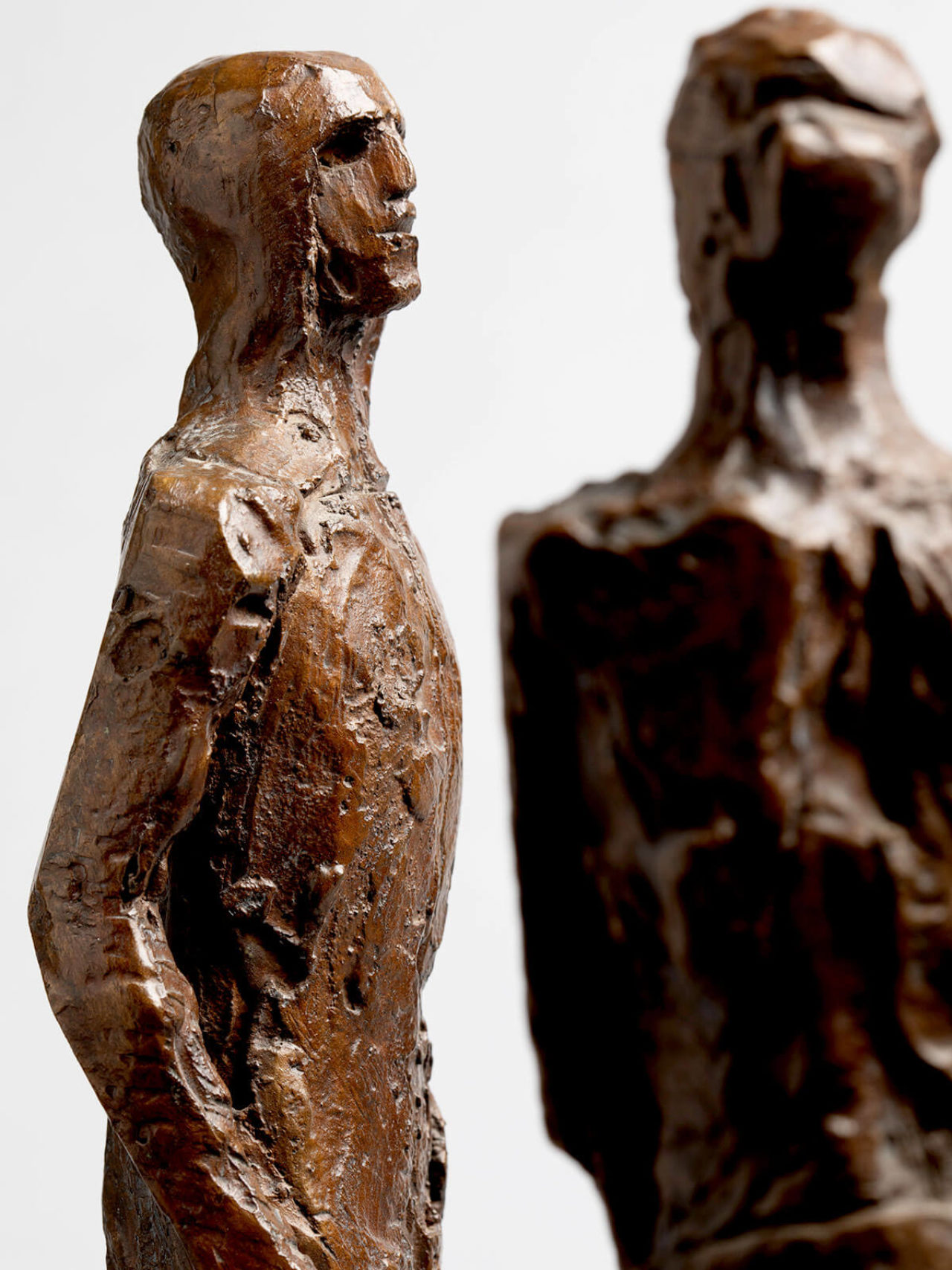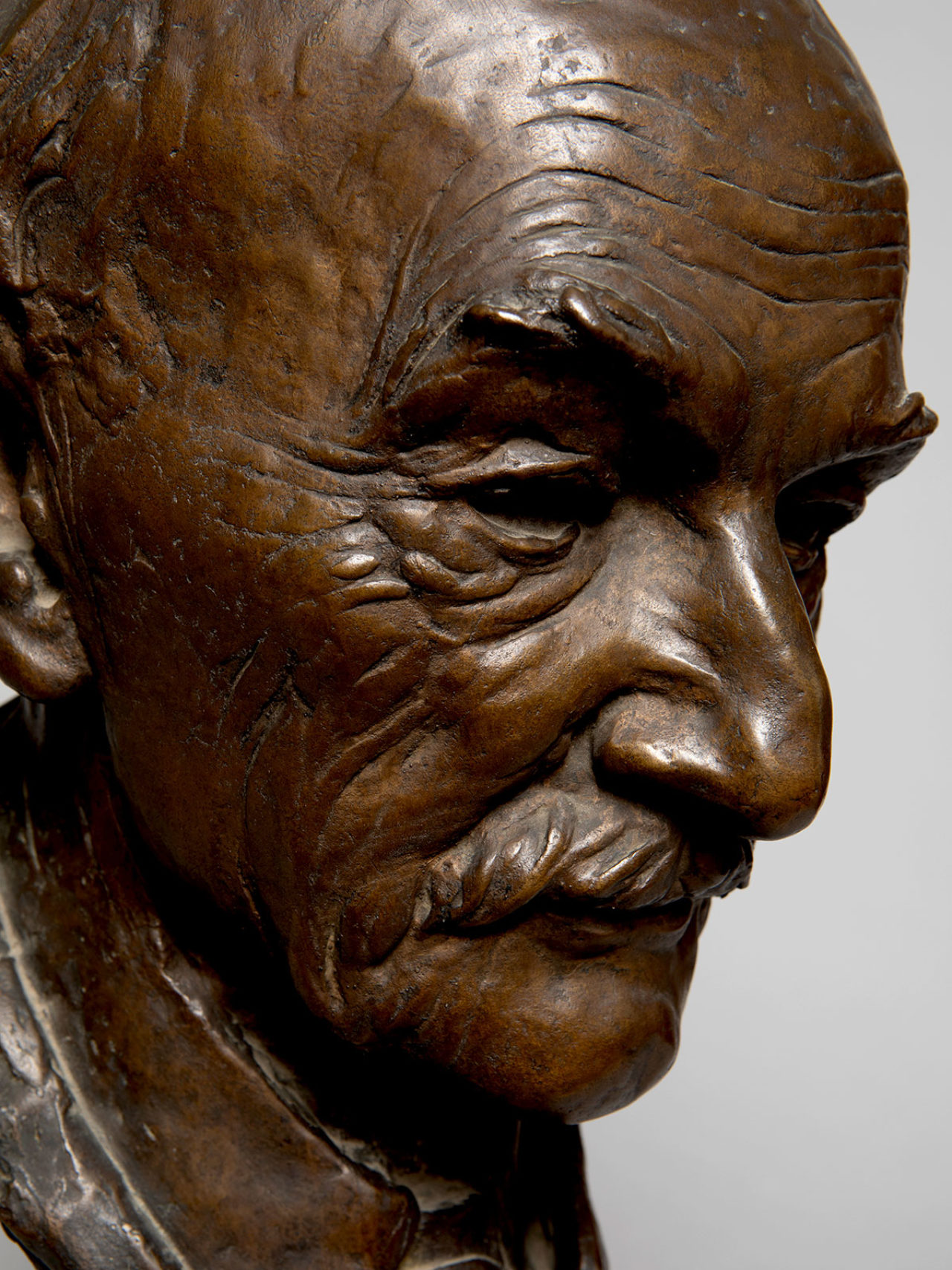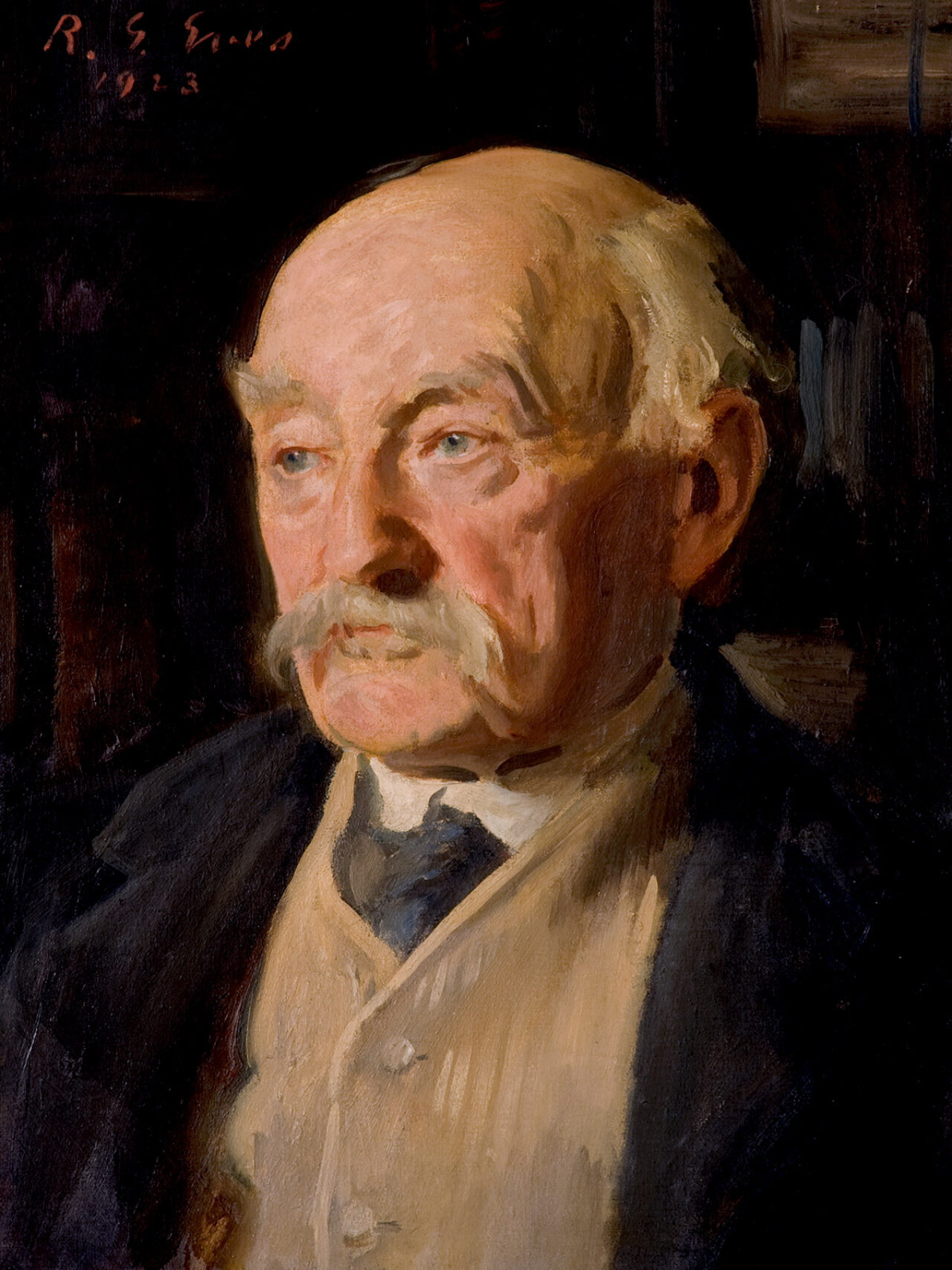Collections
Delve digitally into 250 million years of Dorset’s history through our nationally and internationally important collections.
You can find significant archaeology, natural history and literary objects, along with items from our local history, art and textile collections, which tell a wider story about people’s lives in Dorset.
Important Announcement
The lift in the Museum is currently out of action.
We hope to resolve this very soon and apologies for the inconvenience.
-
-
Opening hours:
Dorset Museum & Art Gallery
Daily: 10.00am - 5.00pm
TASTE Café
Daily: 9.00am - 4.00pm
Sunday: 10:00am - 4:00pm
-
Admissions:
10% discount for Adult and Young Person Unlimited Ticket booked online using discount code DM01
BOOK ONLINE SAVE 10% -
-
-
For more information
[email protected]
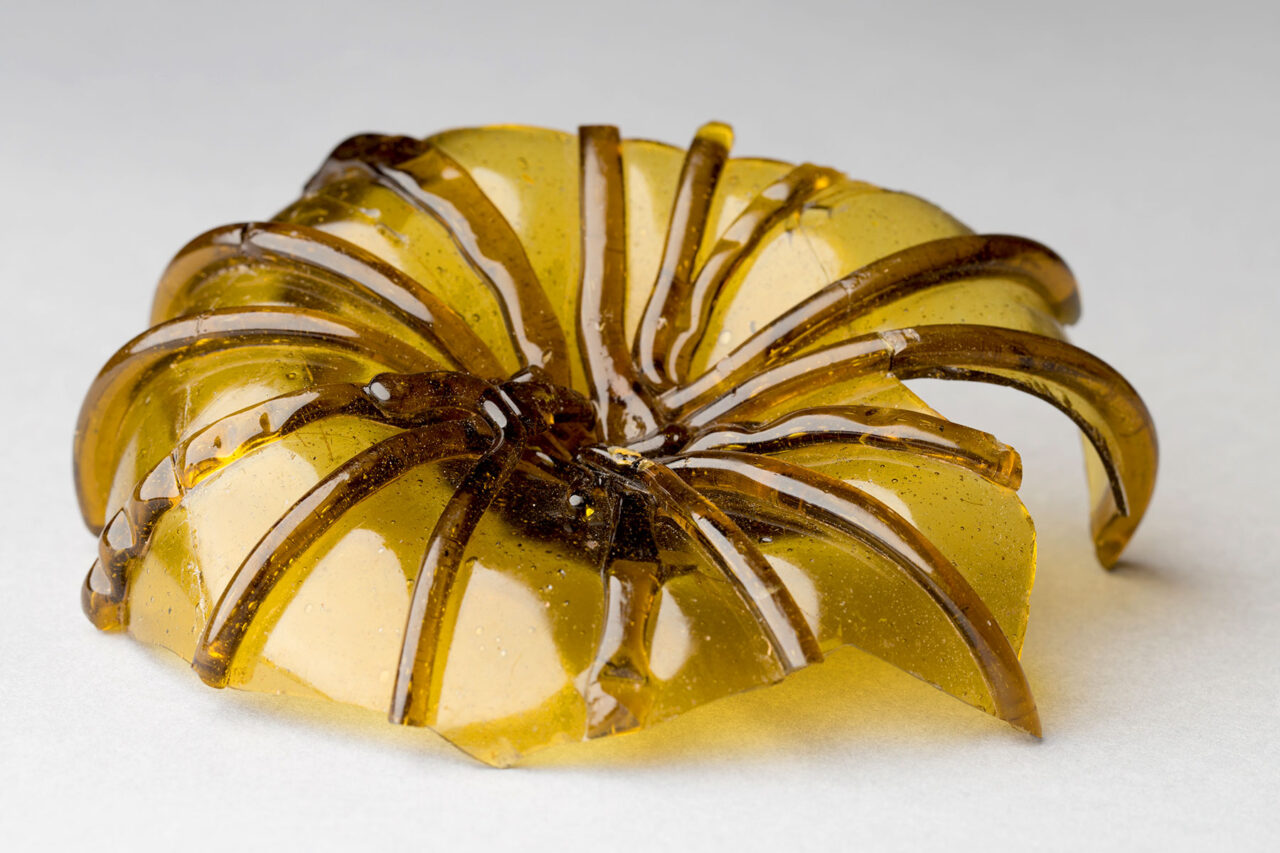
Archaeology
c.6th to 7th century CE
Germanic style glass bowl fragment
This was a strongly curved, low drinking vessel with molten glass trailed around it for decoration. It is rare and only normally seen in the east and southeast of England.
People’s Dorset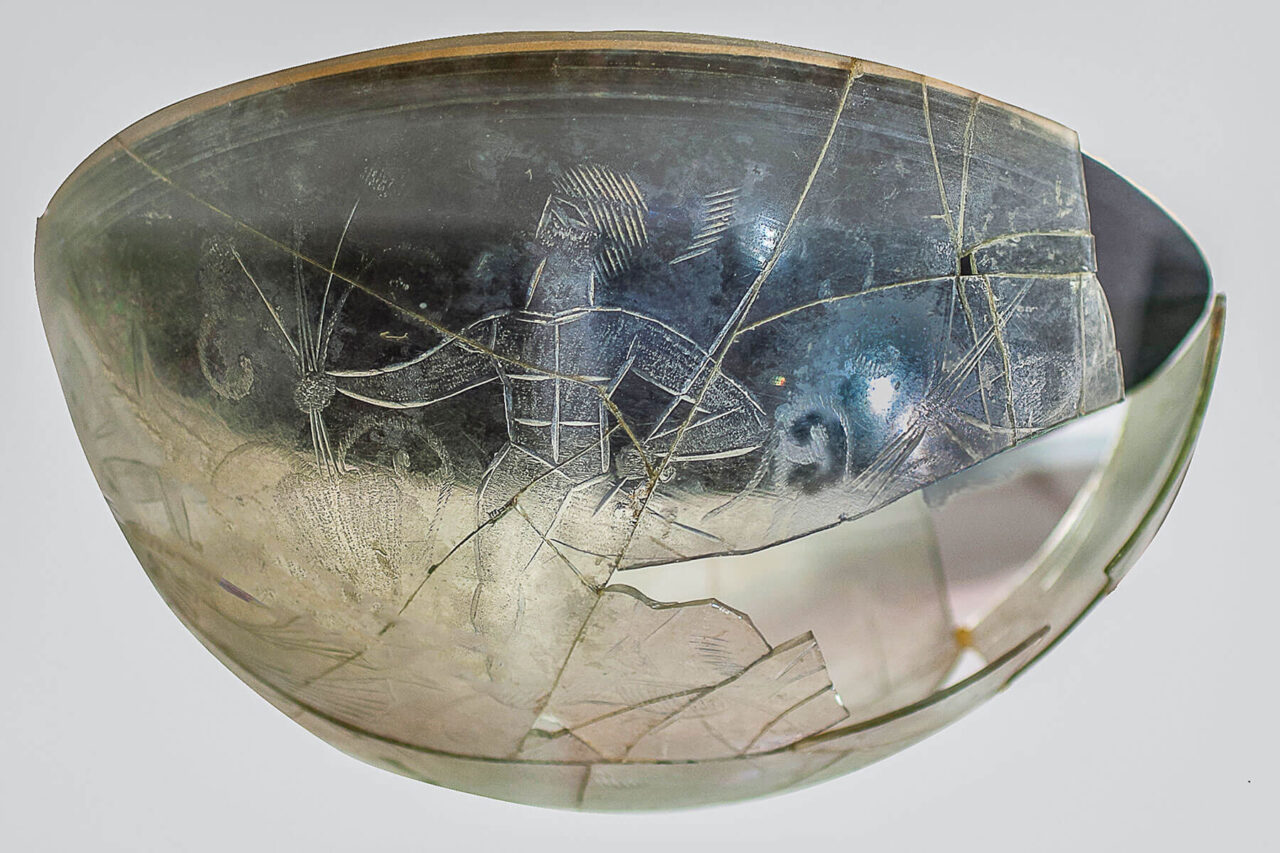
Archaeology
43-410 CE
Engraved glass bowl from Colliton Park, Dorchester
Engraved with followers of Dionysus, Greek god of wine.
People’s Dorset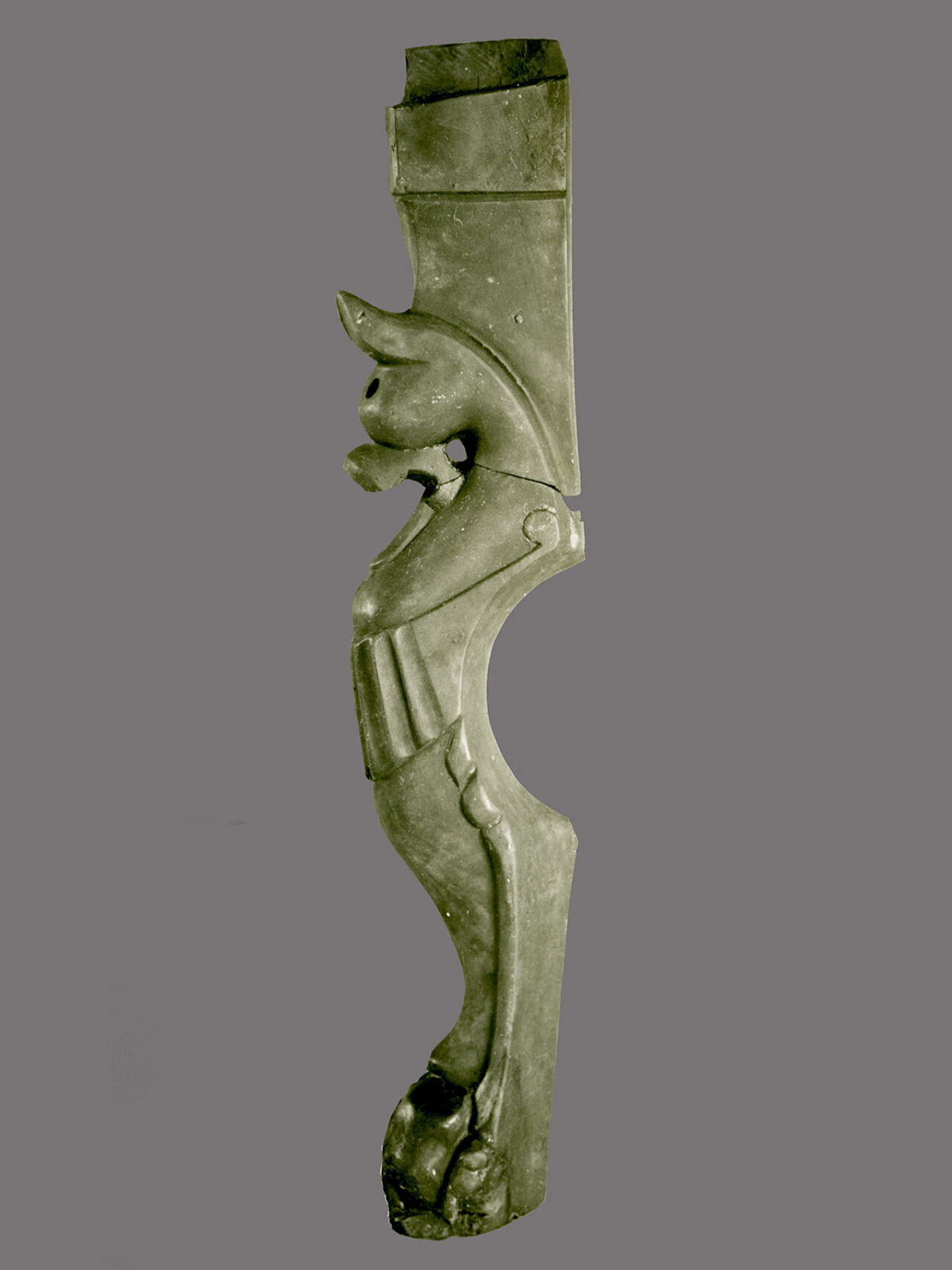
Archaeology
43-410 CE
Shale table leg from a three-legged table
Found in excavations at Colliton Park, Dorchester. Kimmeridge shale was used for many objects in Roman Dorset and beyond.
People’s Dorset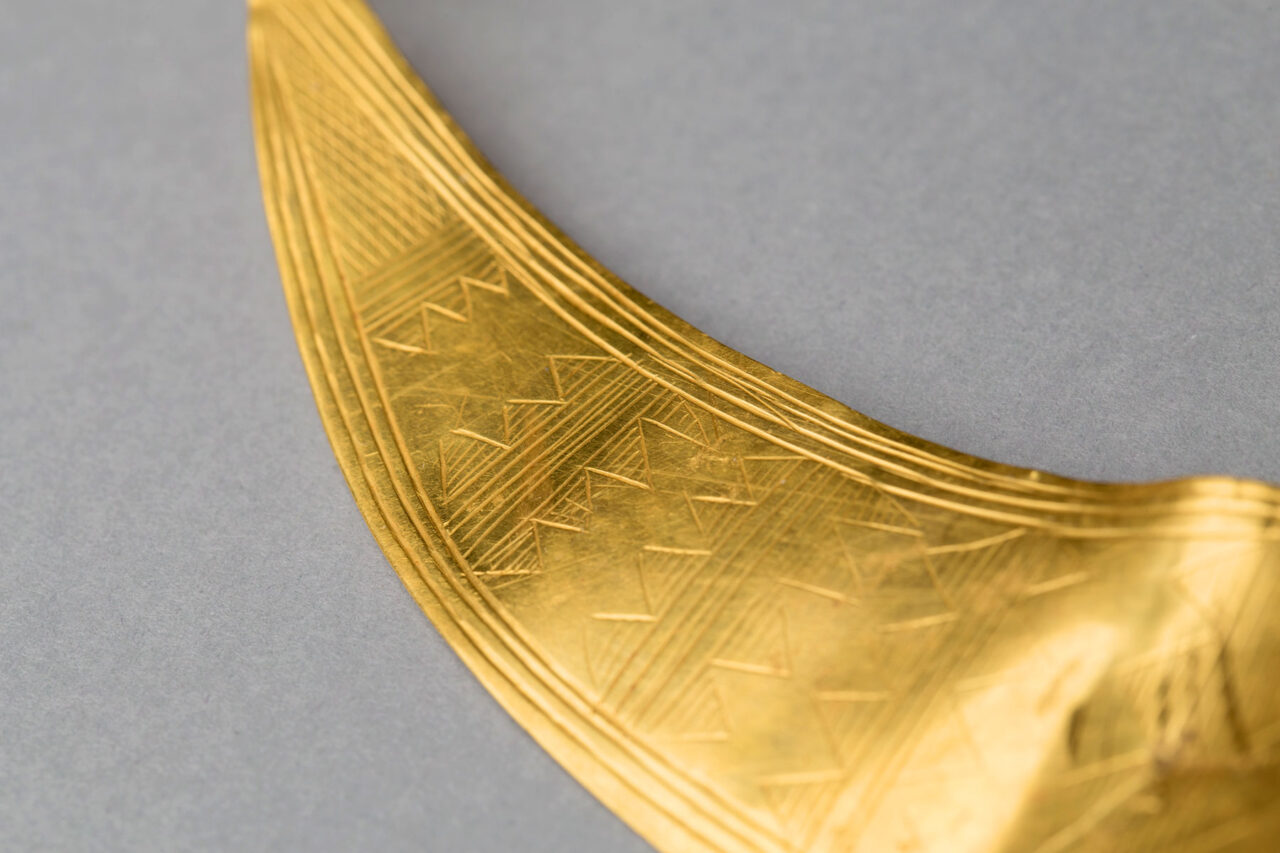
Archaeology
c.2,200-1,950 BCE
The Tarrant Valley lunula
Named after the shape of a crescent moon, this Bronze Age lunula is very rare and the only one known from Dorset. These objects were first produced in Ireland, of gold beaten to a foil from a single ingot.
People’s Dorset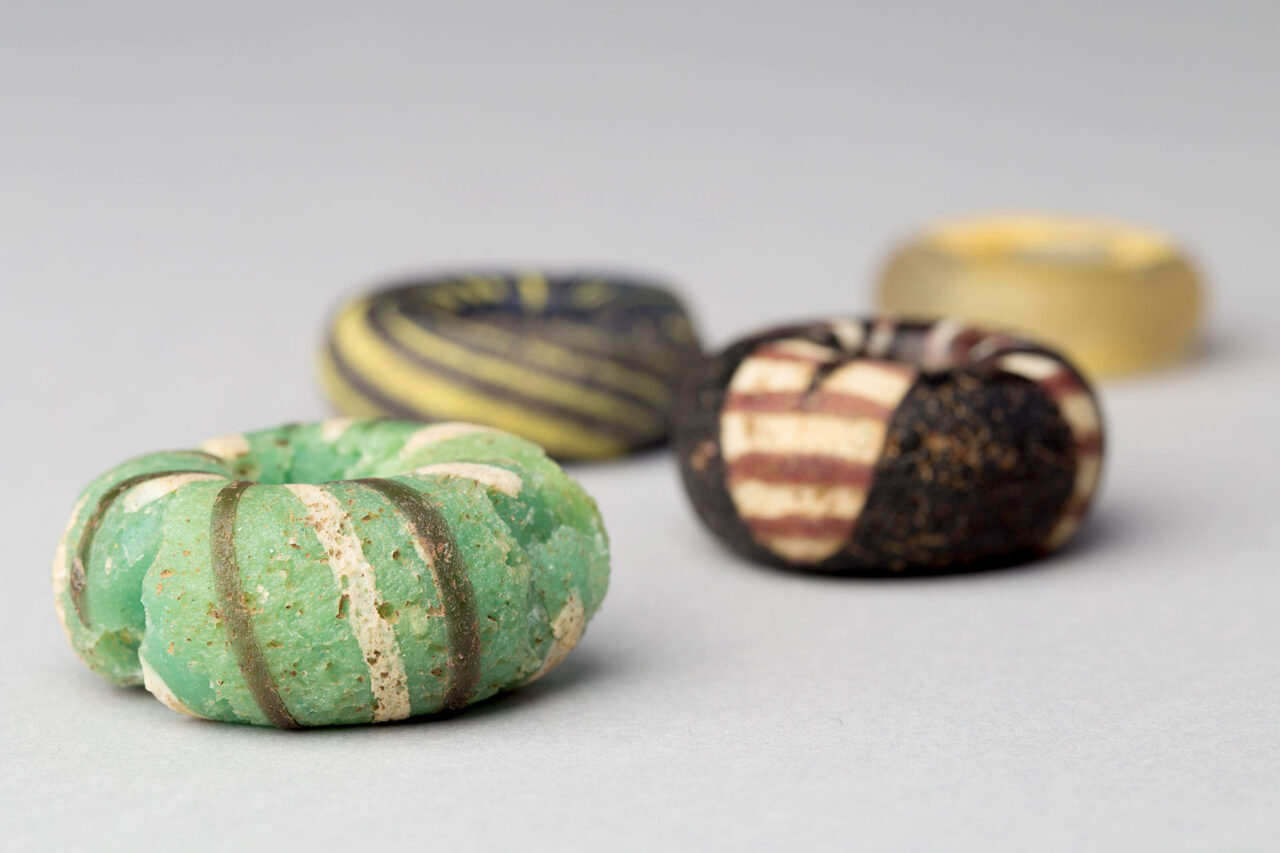
Archaeology
c.100 BCE - 53 CE
Stone and glass beads, both local and imported
From an Iron Age burial at Langton Herring, these beads belonged to a young woman.
People’s Dorset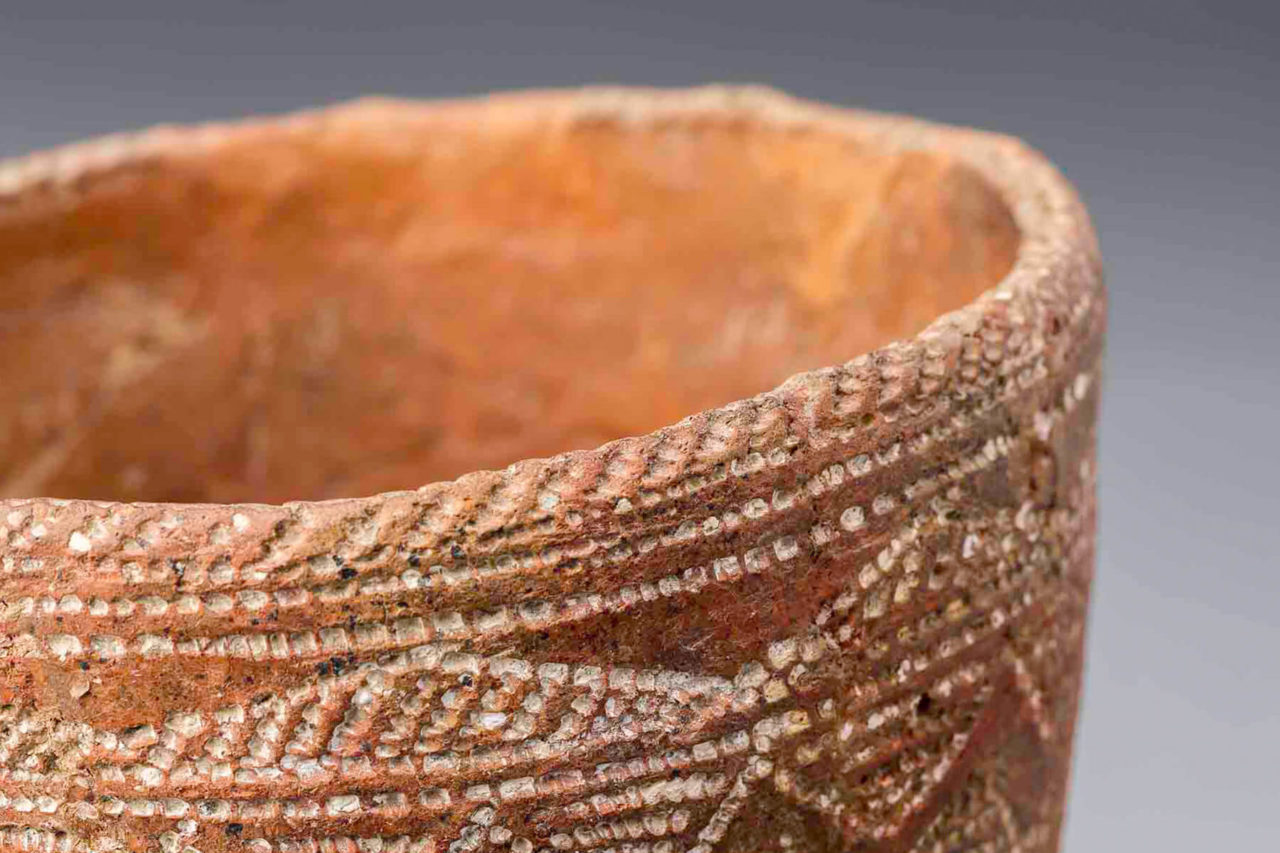
Archaeology
Early Bronze Age
Bronze Age beaker
Beakers of this type are associated with the first objects made from metal. This beaker was found in Broadmayne.
People’s Dorset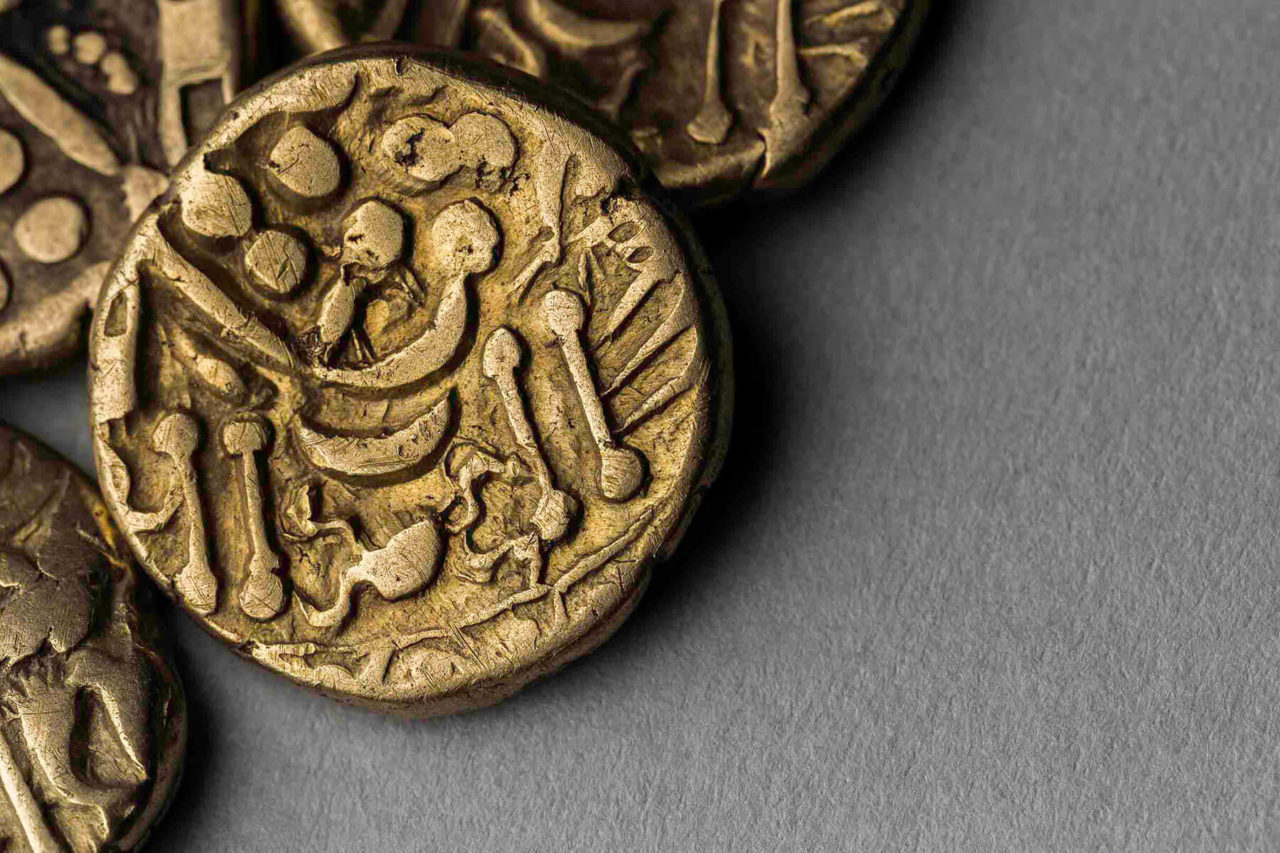
Archaeology
70-50 BCE
Hoard of sixteen gold Durotrigian staters
Staters were the earliest coinage in Britain. Hoards of them were sometimes treated in similar ways to other deposits of special objects.
People’s Dorset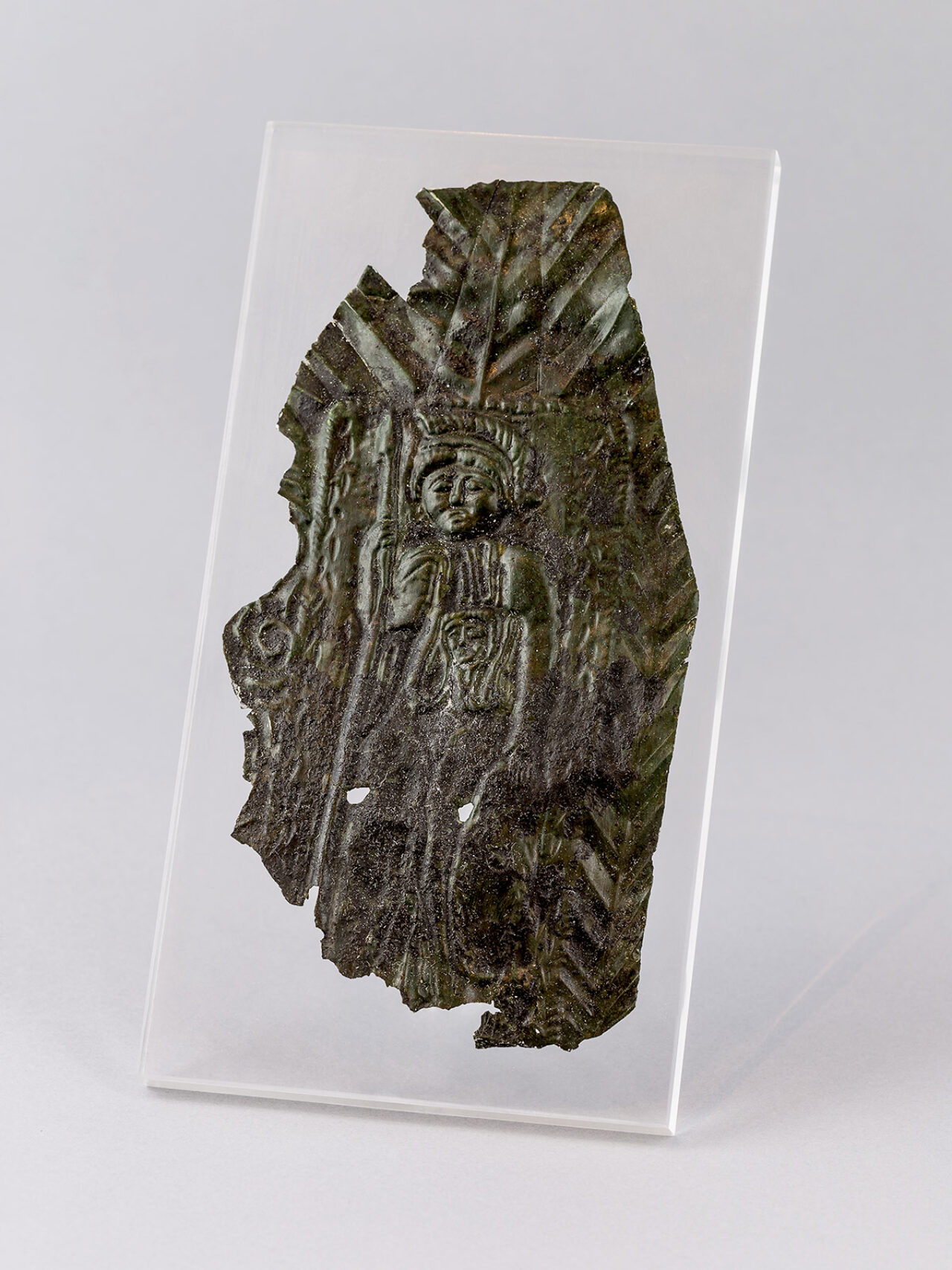
Archaeology
43-410 CE
Bronze plaque fragment, with engraved figure
The engraved figure of Minerva discovered during excavations of the Roman Temple, Maiden Castle.
People’s Dorset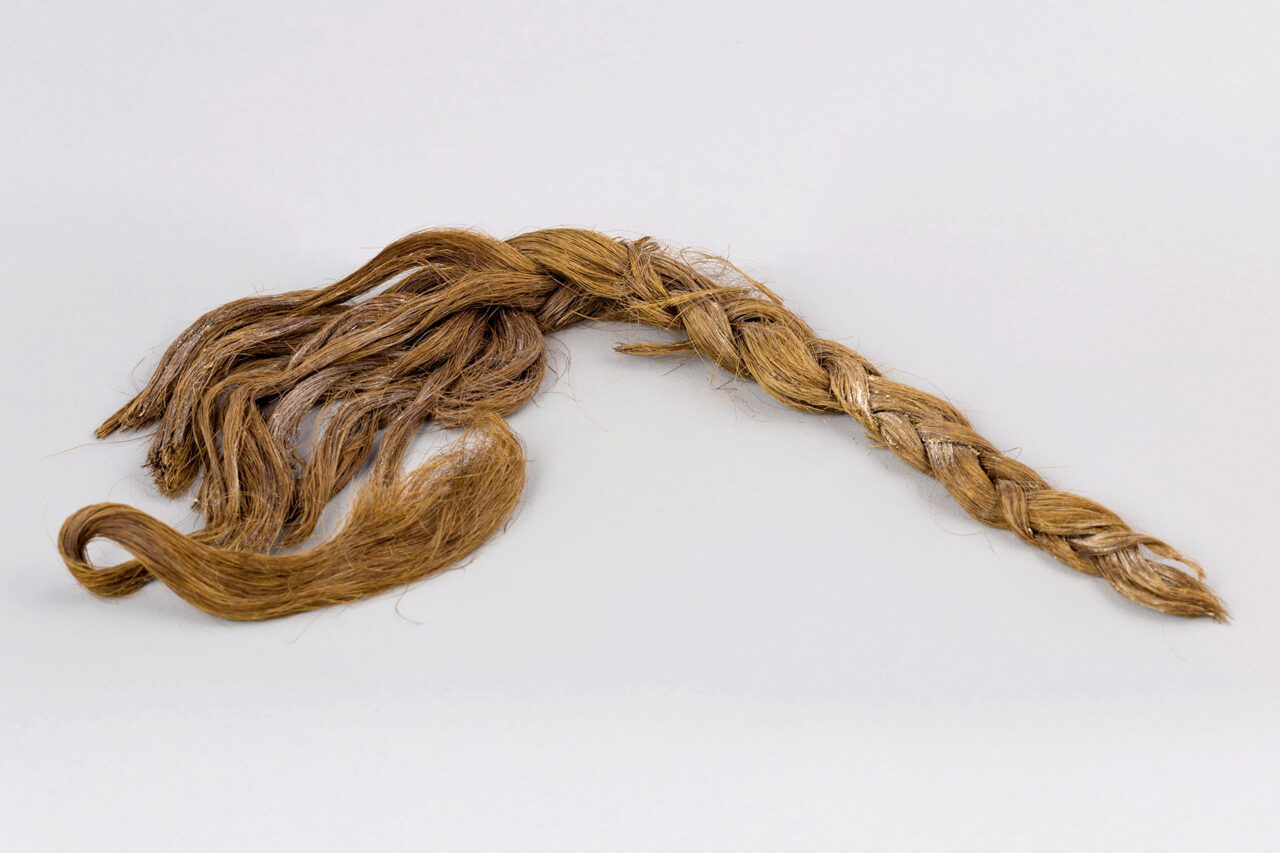
Archaeology
43-410 CE
Plait of red human hair
Hair was preserved in several graves at the Roman cemetery at Poundbury because bodies were packed with gypsum. Women wore their hair long, often plaited and arranged on their head. The plaits were made of up to six strands, suggesting the help of a maid or hairdresser.
People’s Dorset
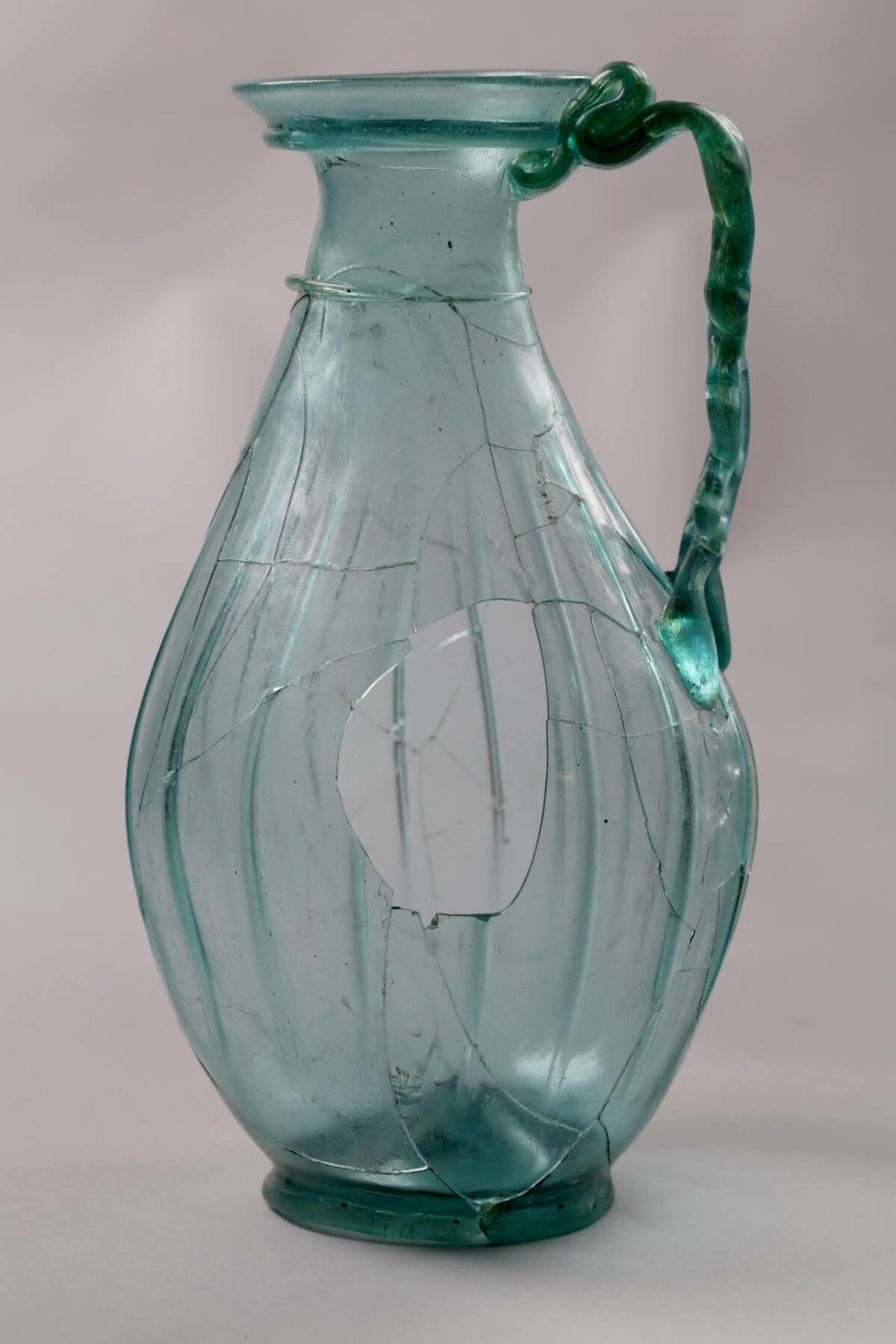
Archaeology
Mid-3rd century to mid-4th century CE
Glass jug from Bucknowle Roman Villa
A large, oval-shaped glass jug with distinctive chain handle. A rare survivor, this is one of the finest examples of Roman glassware ever discovered in Britain.
People’s Dorset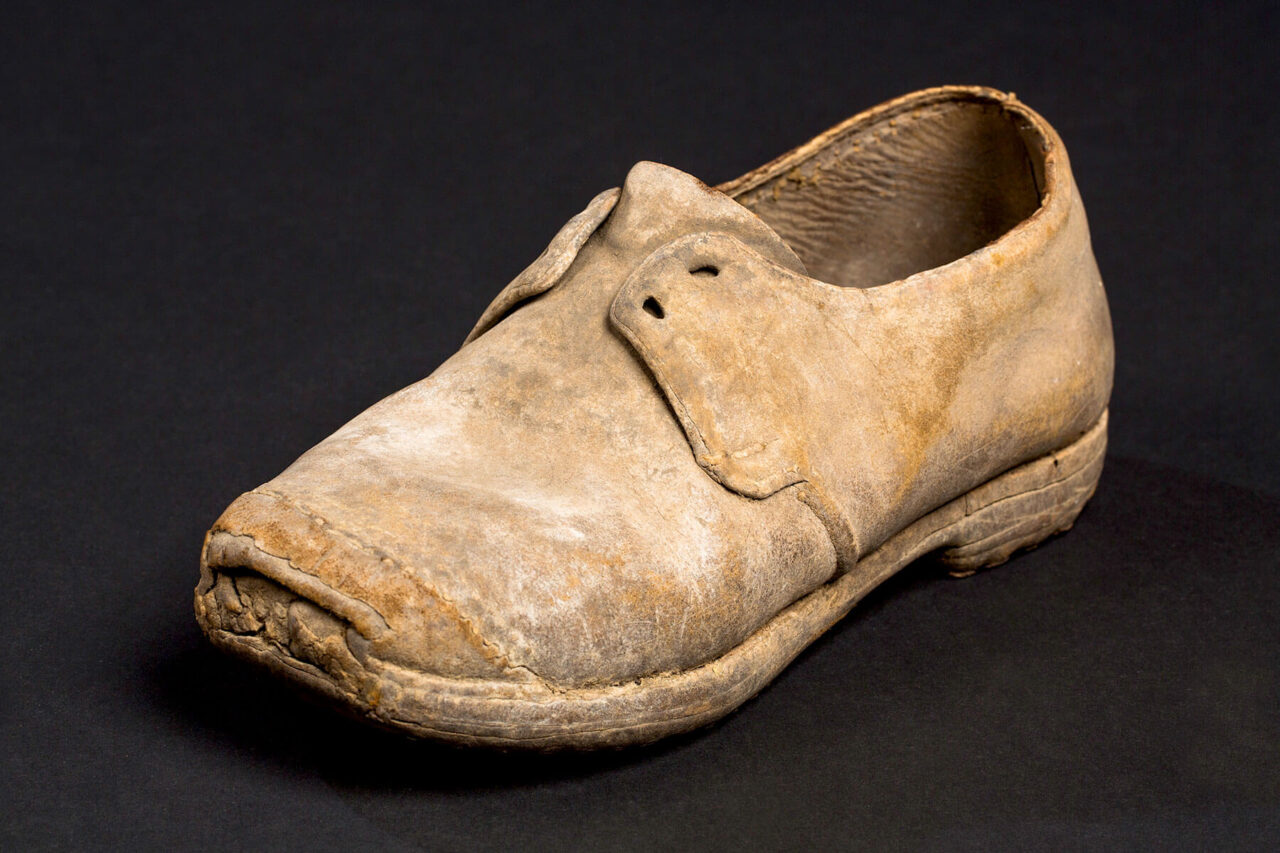
Costume and textiles
1840
Rural worker’s shoe
Workers’ shoes rarely survive because they were often used until they wore out. This shoe was discovered in a barn and still has mud and straw on the sole.
People’s Dorset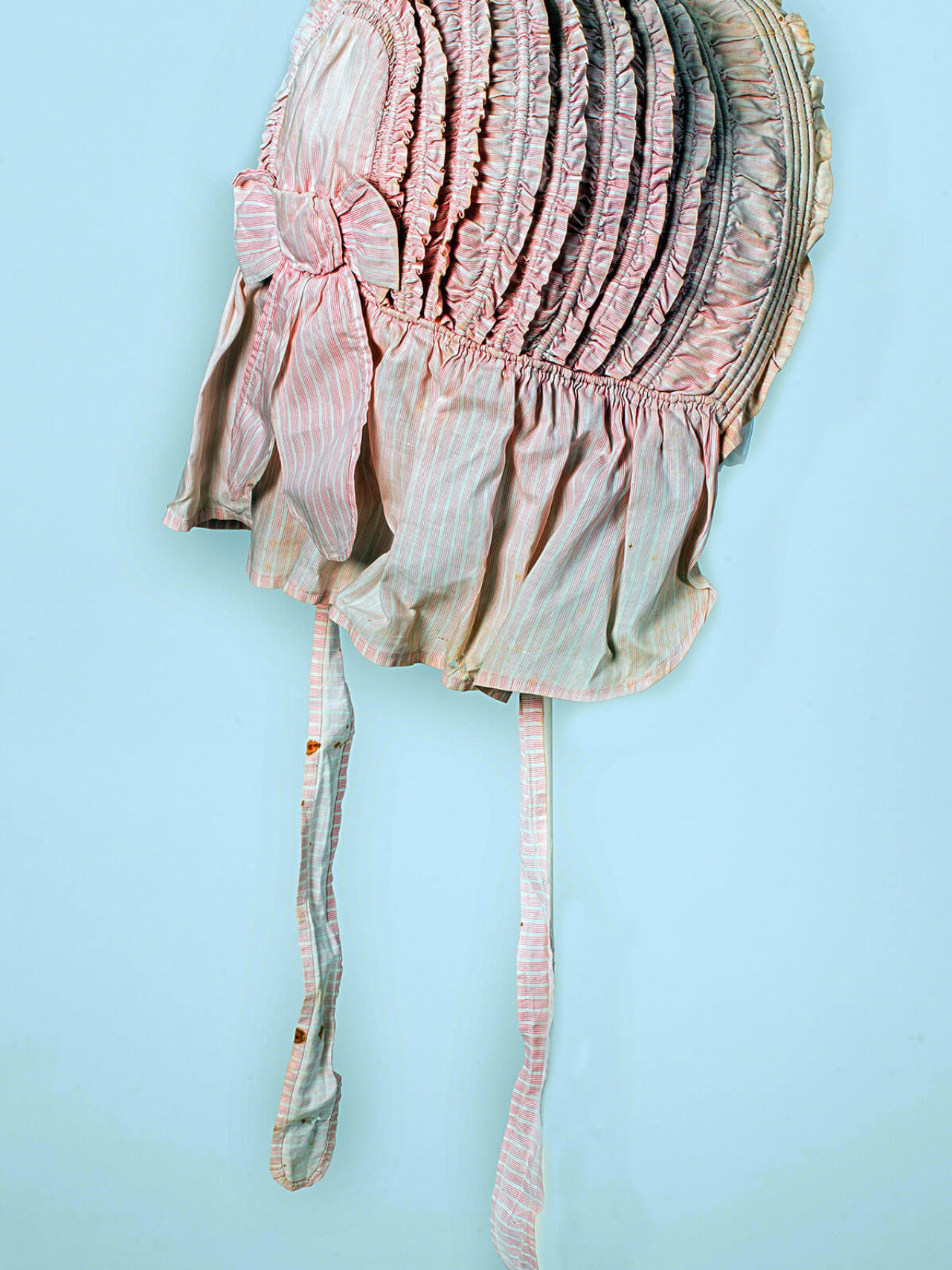
Costume and textiles
1850-1900
Sunbonnet
Cotton bonnets shielded women’s faces and necks from the sun and rain. They shared similar print patterns or colours with the dresses women wore.
People’s Dorset
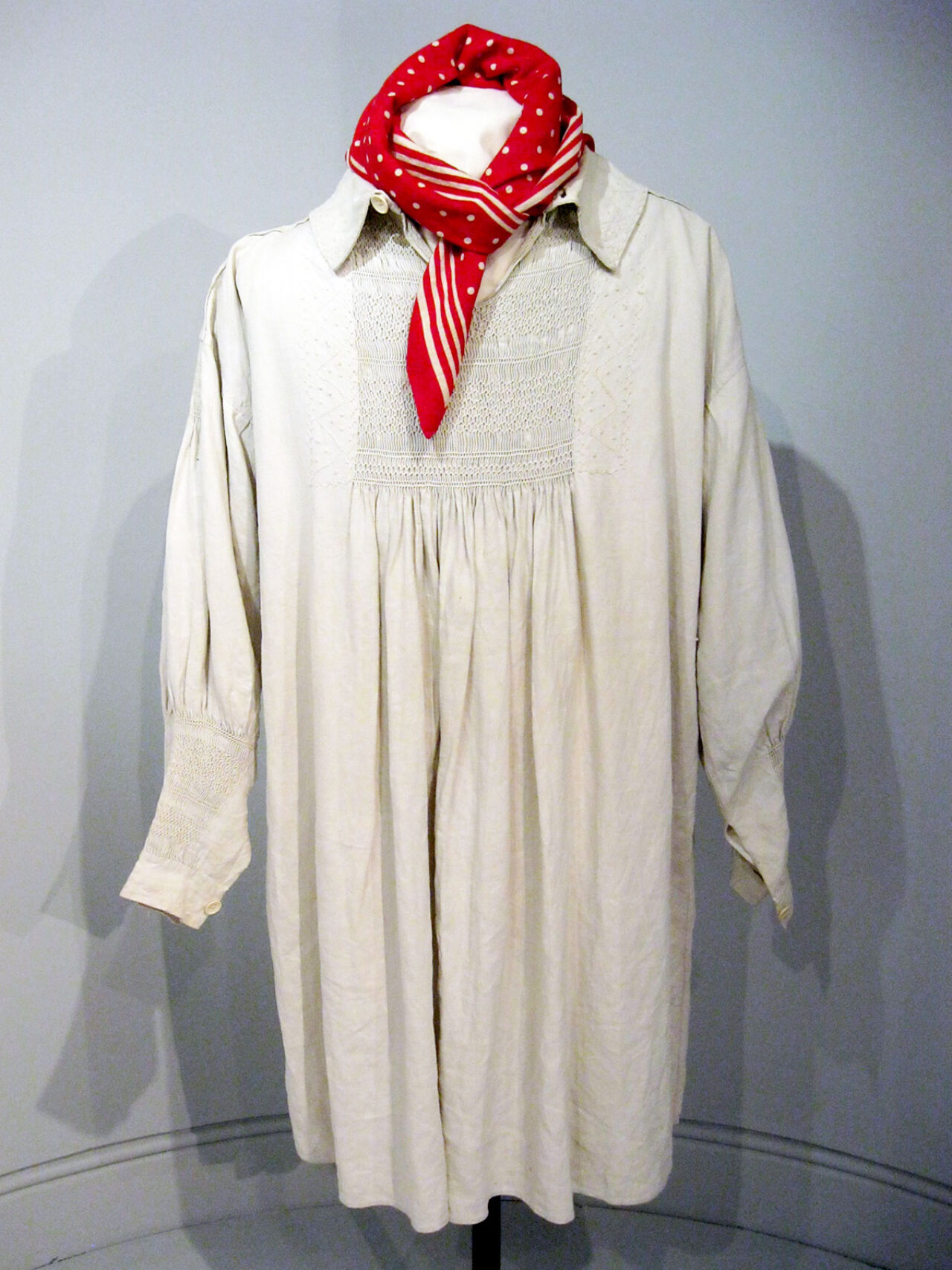
Costume and textiles
1850-1900
Shepherd’s smock
Dorset shepherd Job Green owned this smock made from hardwearing cotton and gathered at the front to give it shape. The thick fabric, stains and holes show that it is a working garment. He had another for special occasions.
People’s Dorset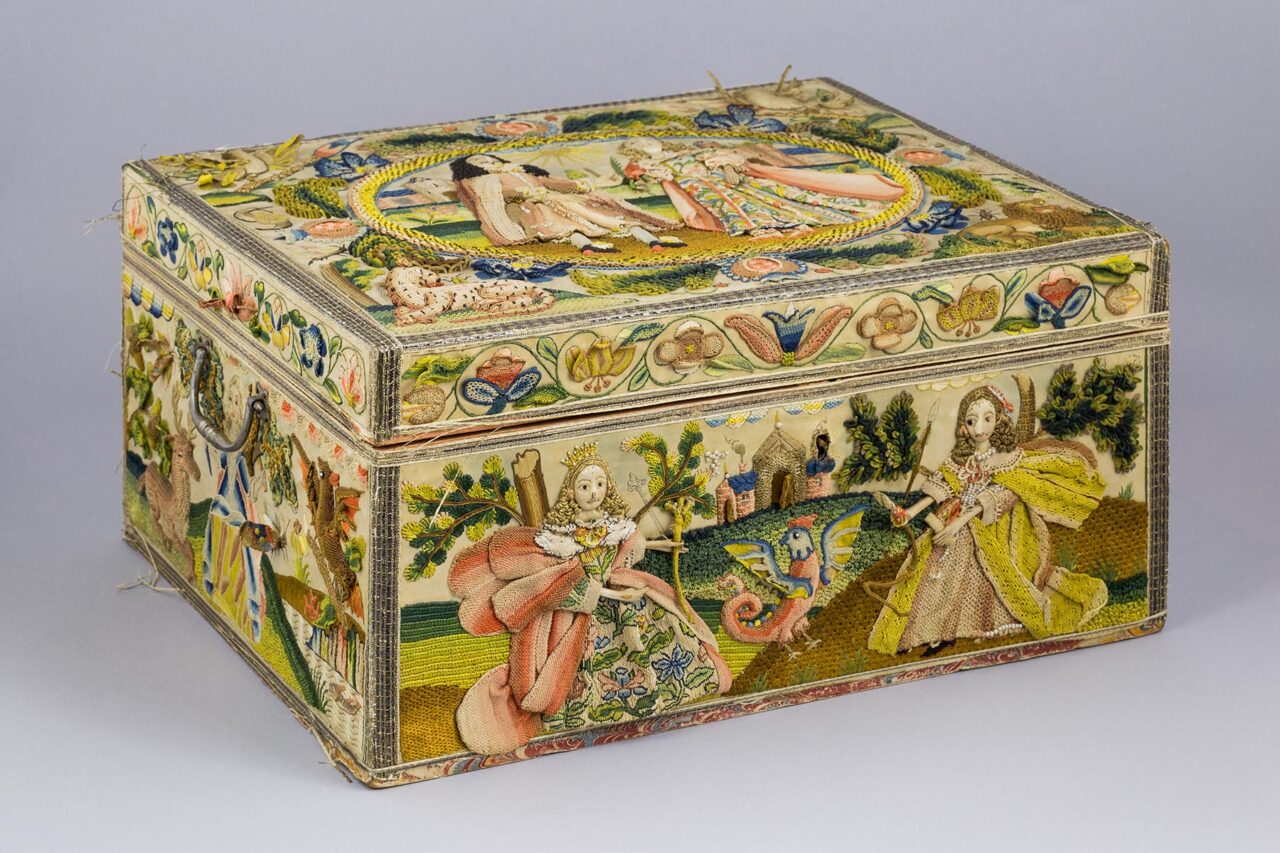
Costume and textiles
c.1695
The Bond family raised-work box
Raised, or stump, work was a popular 17th-century embroidery technique. Its padded decoration often featured biblical motifs, plants and flowers, but the figures on this intricately crafted box are thought to depict Charles II (1630-1685) and his wife Catherine of Braganza (1638-1705). The box belonged to the Bond family at Creech Grange.
People’s Dorset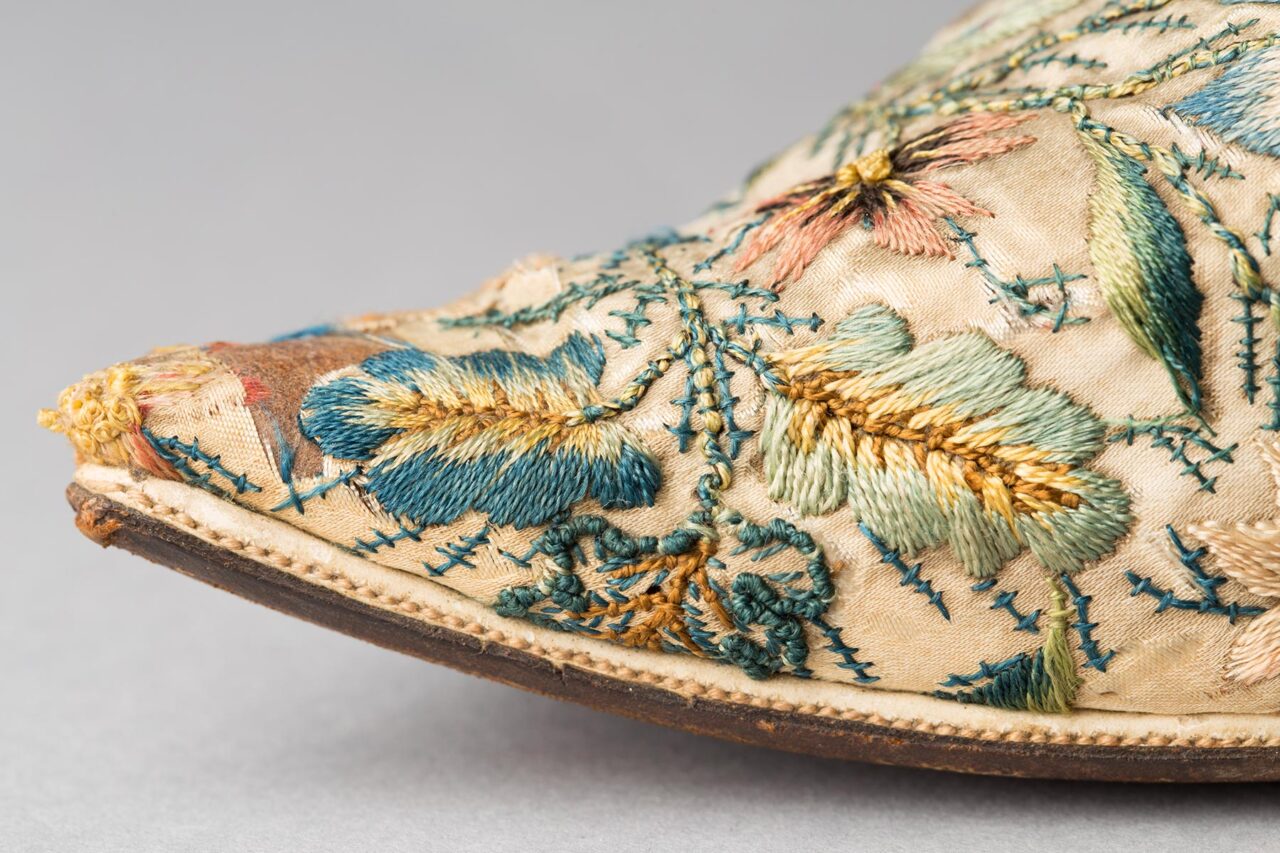
Costume and textiles
c.1720
Embroidered shoe
18th-century shoes often matched the colours of women’s luxurious silk gowns. Professional embroiderers would have decorated the fabric with floral designs ready for the shoemaker to craft into an upper.
People’s Dorset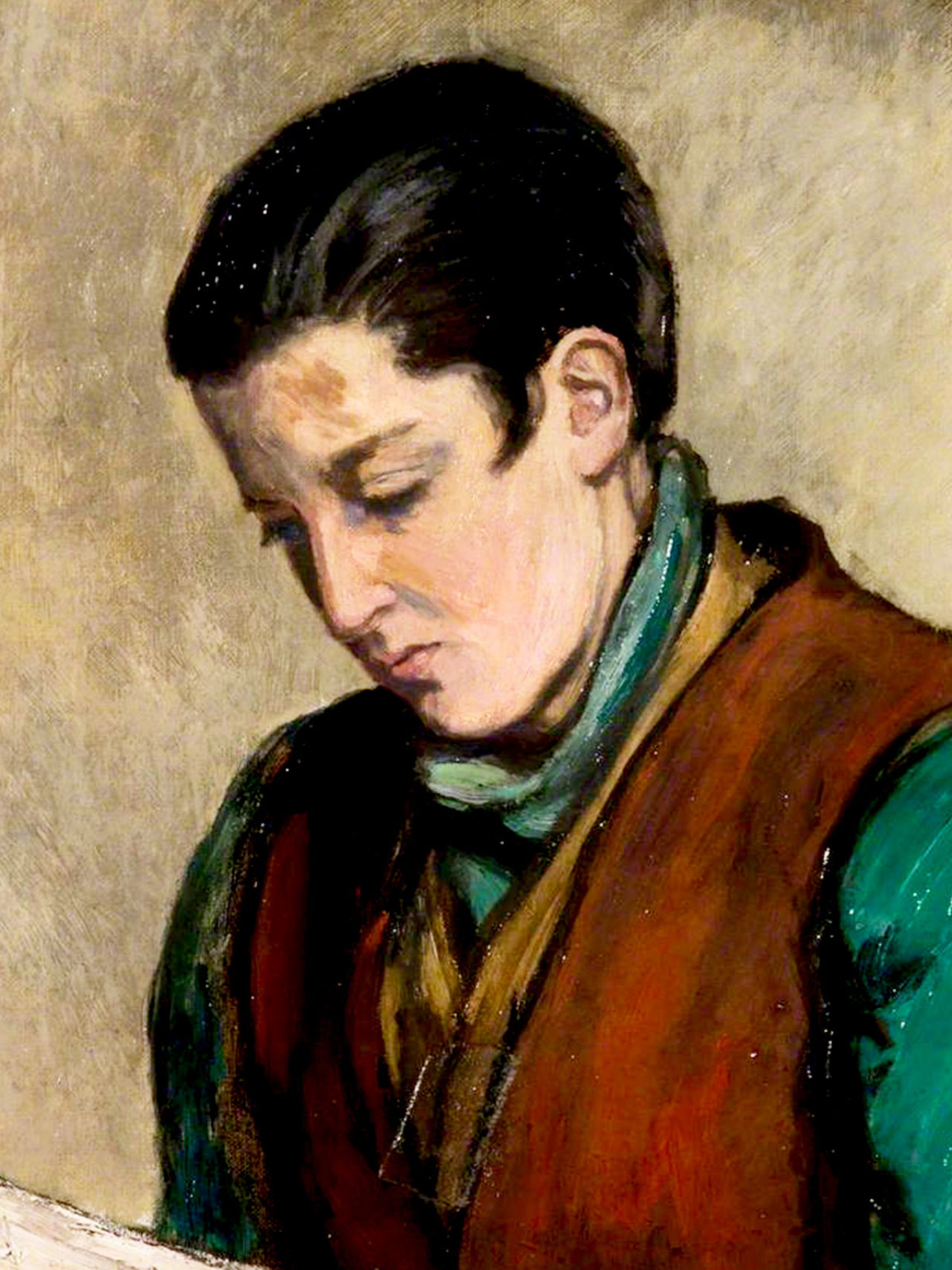
Dorset Writers
Most likely c.1930s
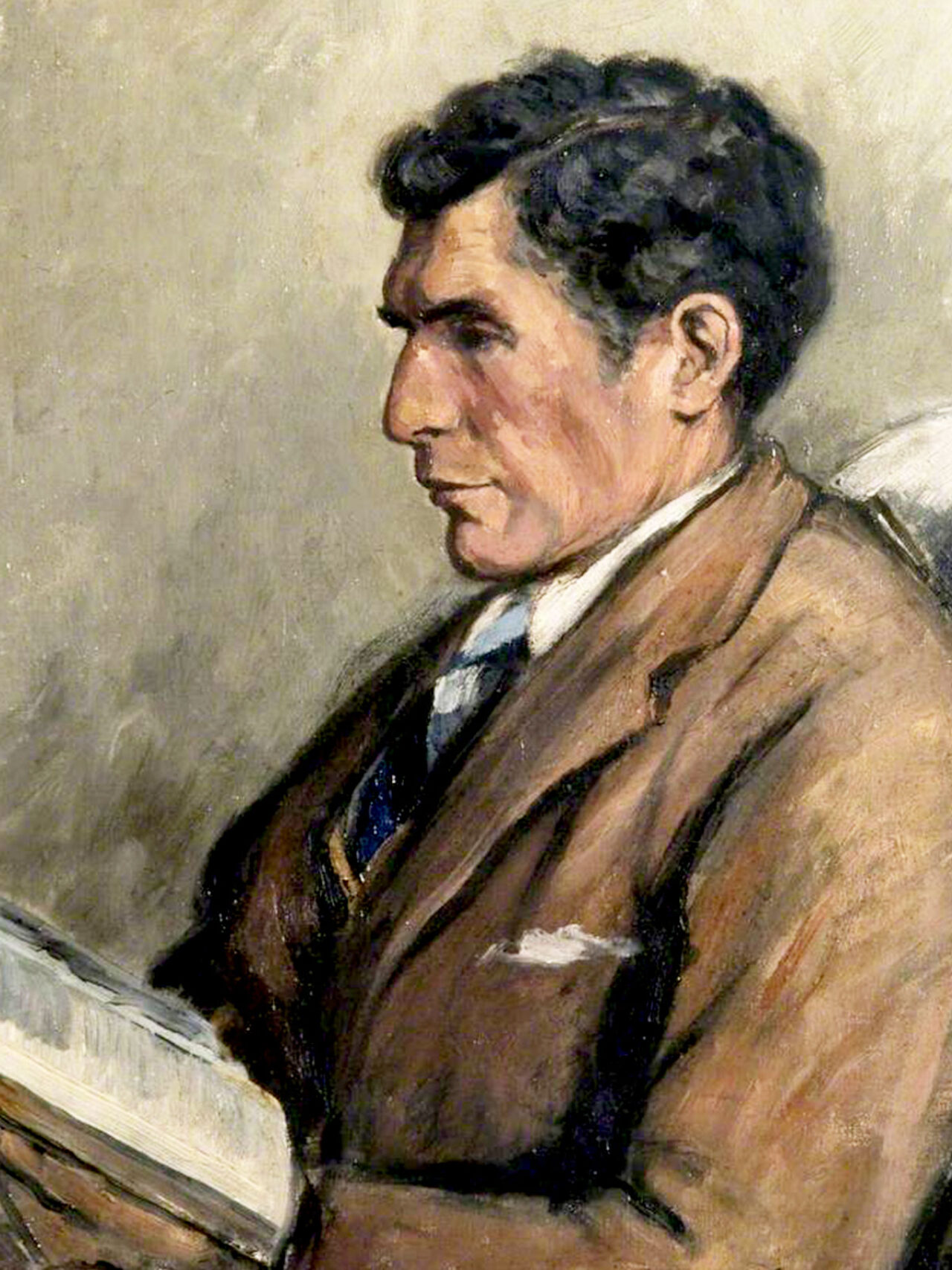
Dorset Writers
1930s
John Cowper Powys (1872-1963) AD
Gertrude Powys painted sensitive portraits of her siblings and other artists and writers who were part of the Chaldon Herring community. In this painting she highlighted the strong profile of her brother John by using shadow and a pale background.
Gertrude Mary Powys (1877-1952)
Oil on canvas
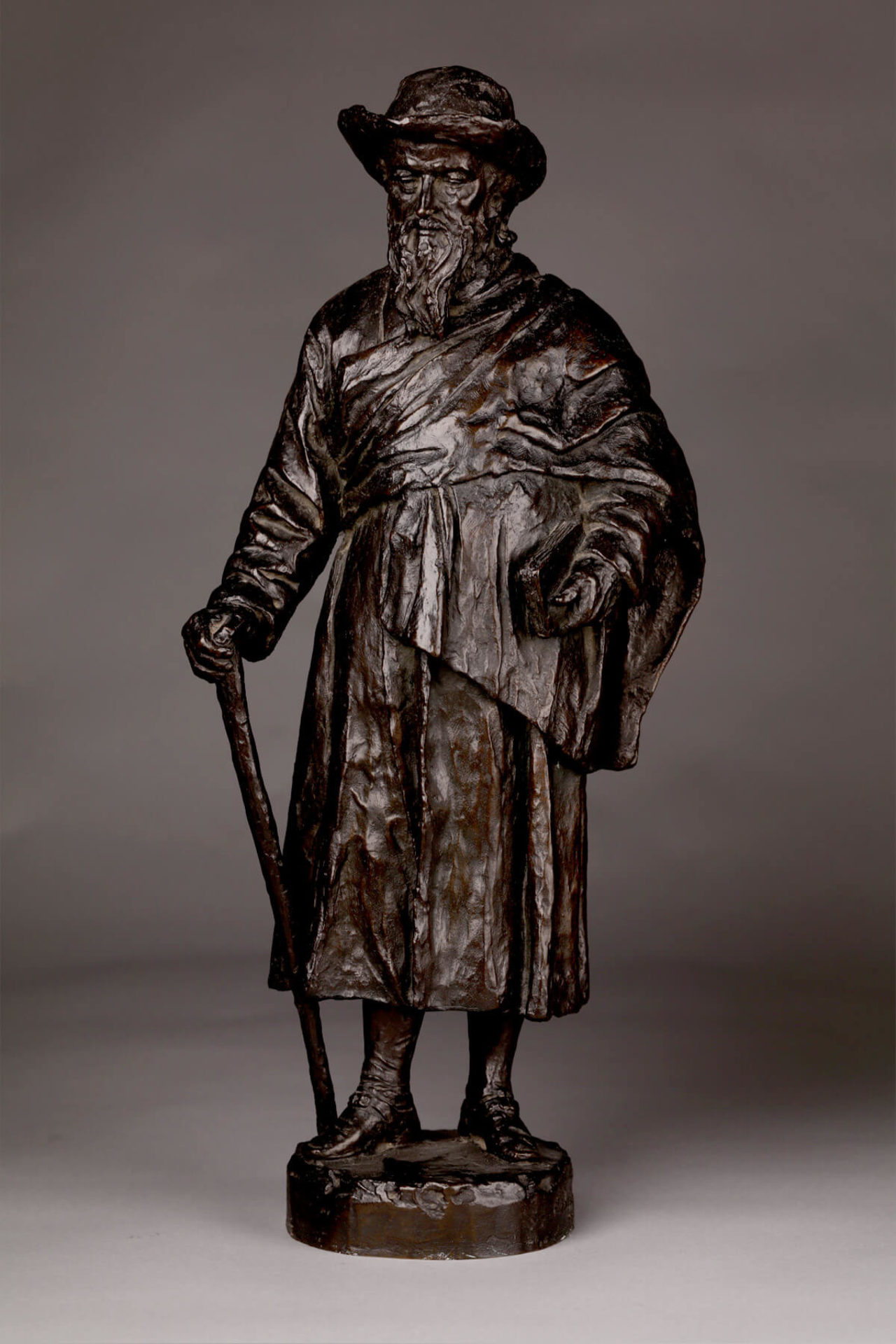
Dorset Writers
1886
Statue of William Barnes
Maquette for a statue of William Barnes by Edwin Roscoe Mullins (1848-1907)
People’s Dorset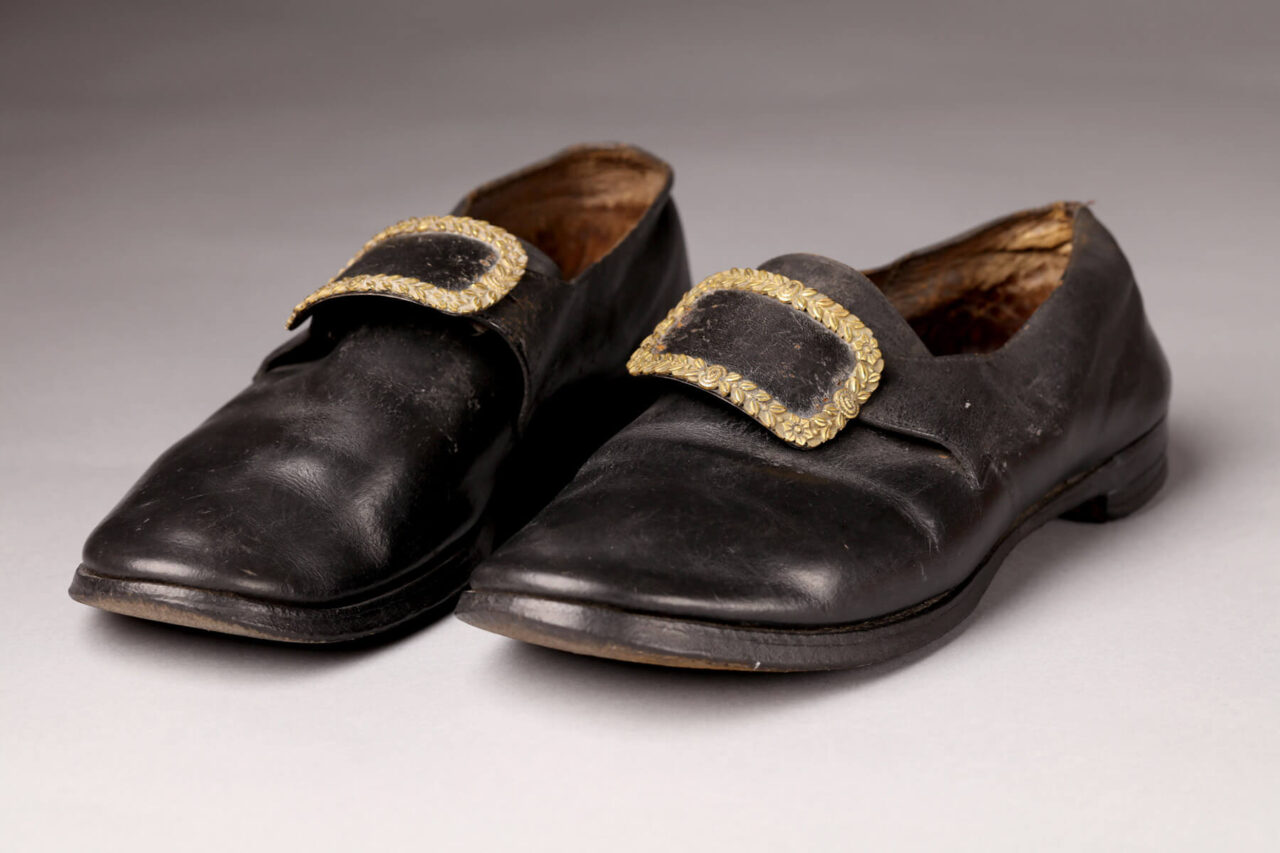
Dorset Writers
c.1880
William Barnes’ shoes
William Barnes (1801-1886) was well known and respected in Dorchester as a teacher, rector and one of the founders of Dorset Museum. A writer of Dorset dialect poetry, he also published essays on history, archaeology and linguistics.
People’s Dorset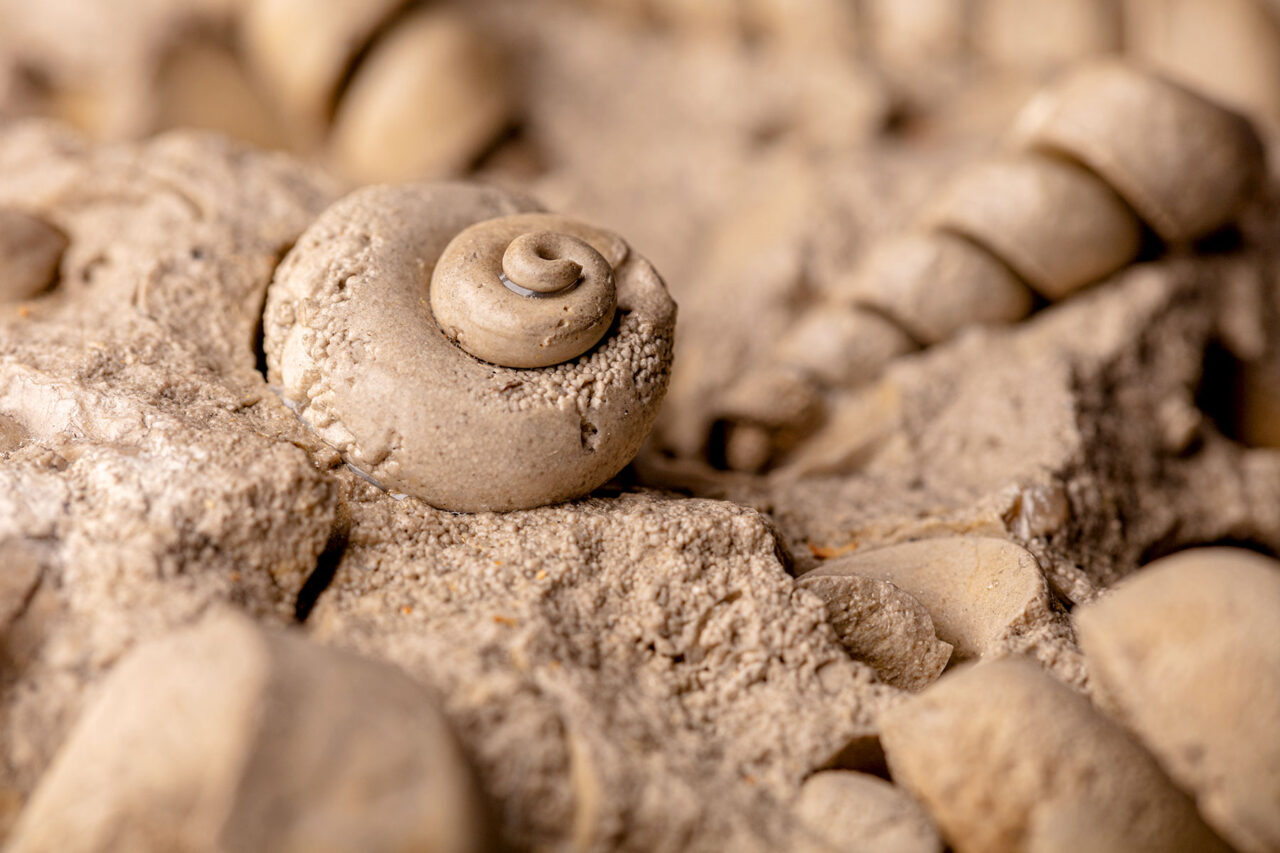
Geology
c.150 million years old (Portland Limestone Group)
Portland Roach stone with molluscs (Aptyxiella portlandicum and Myophorella sp.)
When this limestone was forming, the snail and bivalve shells buried in it dissolved away, leaving gaps. The solid shell shapes you see are casts of the insides of these shells.
Portland, south Dorset
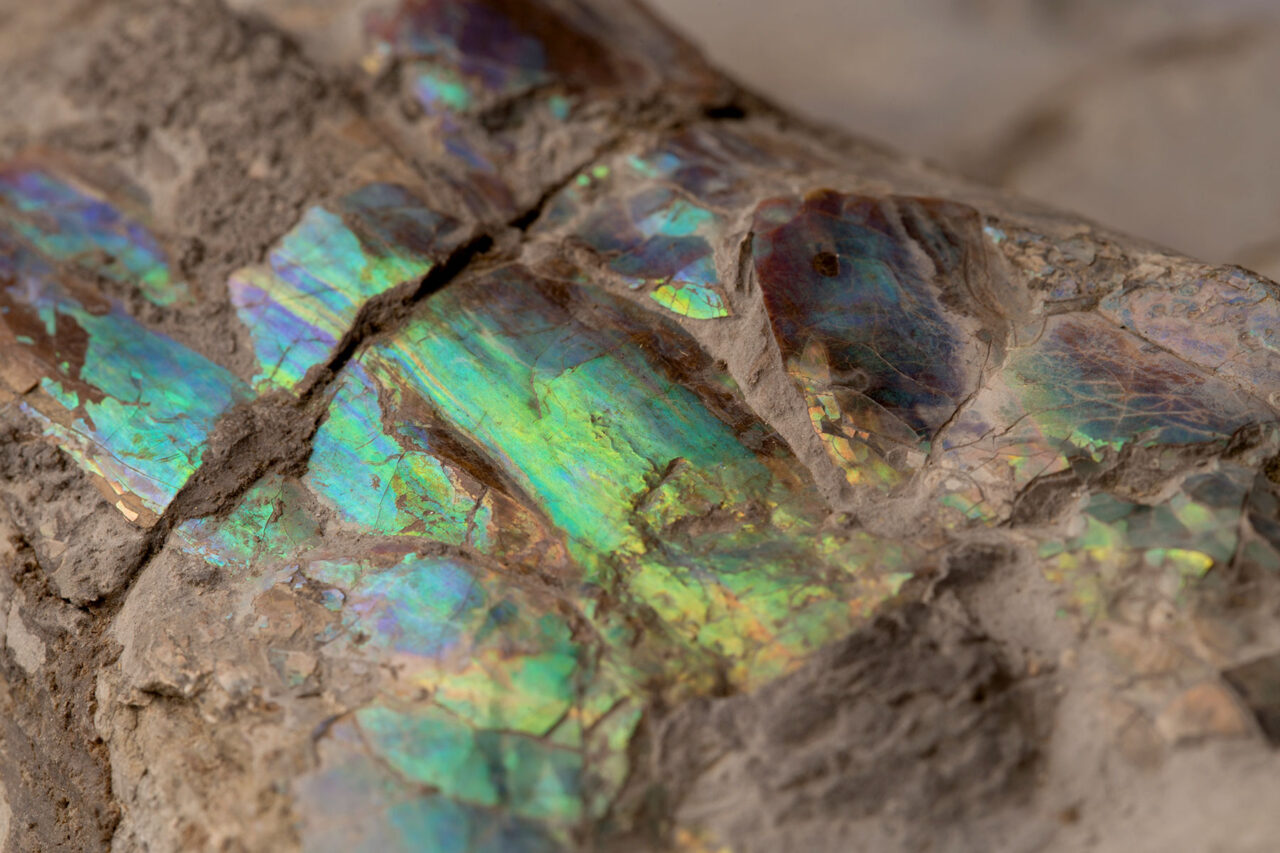
Geology
c.190-201 million years old (Lias Group)
Belemnite with mother-of-pearl (Conoteuthis sp.)
You rarely see mother-of-pearl preserved like this in a belemnite – a squid-like fossil. The shell was made up of fine, alternating layers of inorganic and organic materials. These split light into iridescent rainbow colours.
Lyme Regis, west Dorset
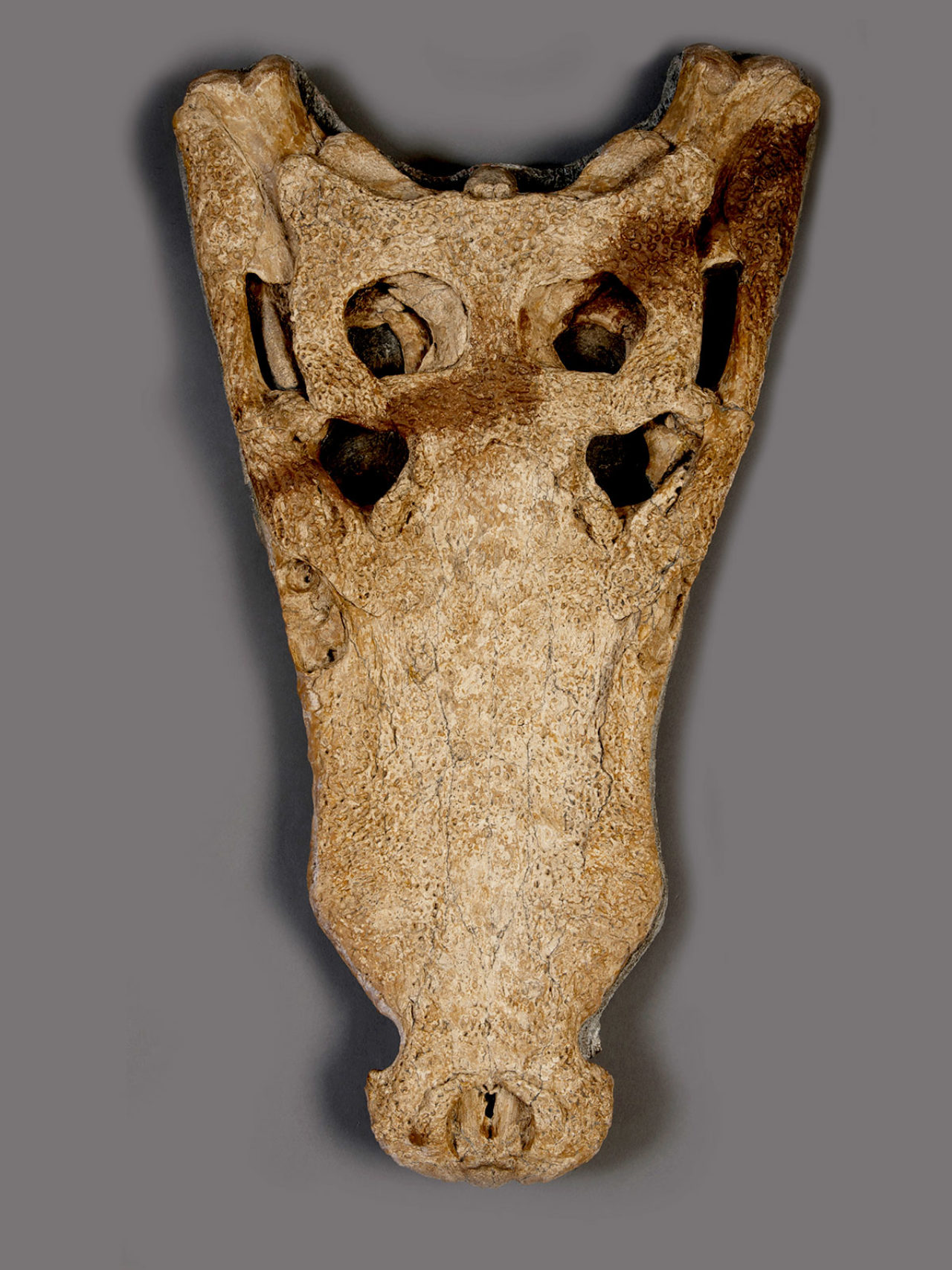
Geology
c.140 million years old (Purbeck Group)
The Swanage crocodile (Goniopholis kiplingi, holotype)
This skull is from a substantial crocodile that dwelled in Purbeck’s Early Cretaceous lagoons. There it waited, motionless, to ambush unsuspecting animals. Fish, turtles and even baby dinosaurs were potential dinners. Peveril Point, southeast Dorset
Natural Dorset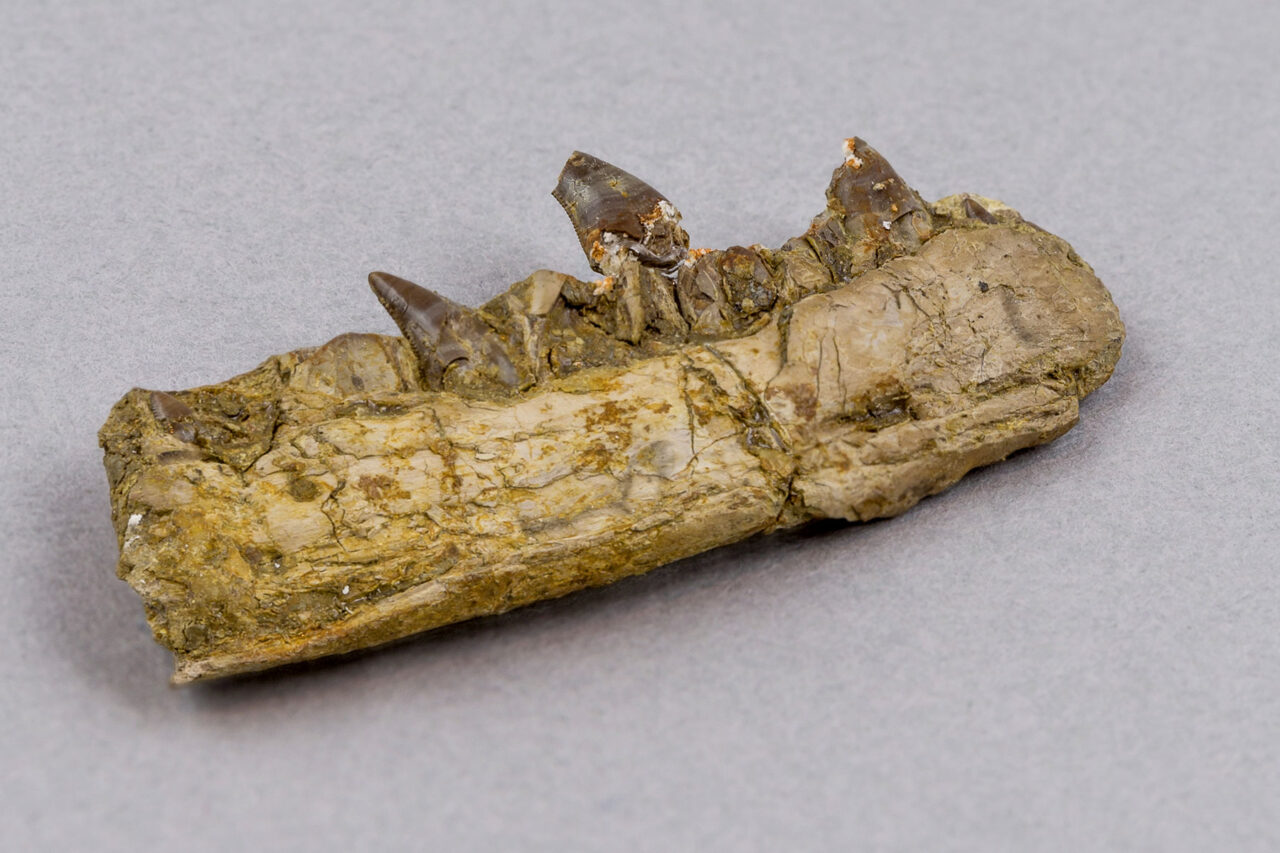
Geology
c.142 million years old (Purbeck Group)
Raptor dinosaur jaw (Nuthetes destructor)
This tiny lower jaw is the first raptor dinosaur fossil found in Britain. It belonged to a small dromaeosaur – a group that also included velociraptors.
Durlston Bay, southeast Dorset
Natural Dorset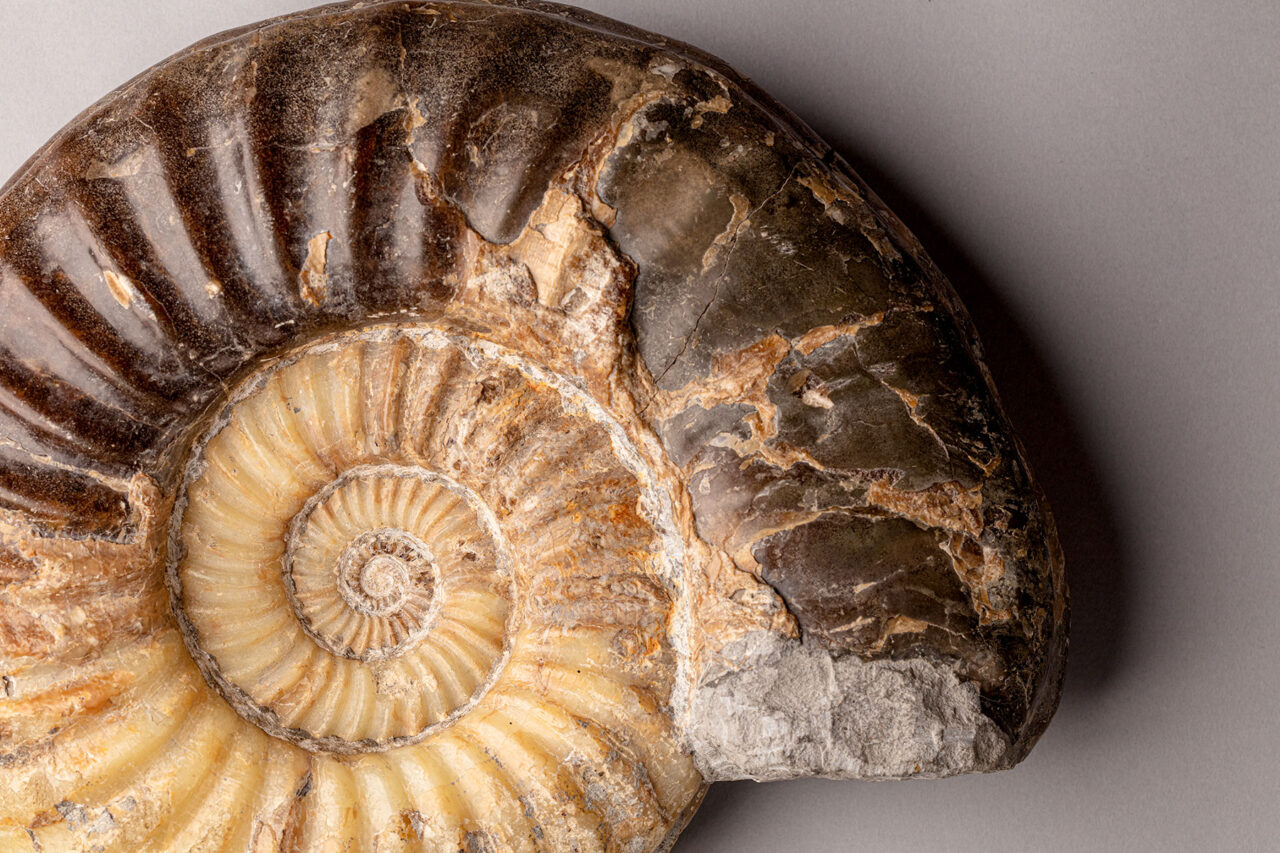
c.190-195 million years old (Lias Group)
Star ammonite (Asteroceras sp.)
This superb ammonite retains some of its original shell. It shows some of the textures and features the shellfish had in life, such as grooves and growth-lines.
Near Charmouth, west Dorset
Natural Dorset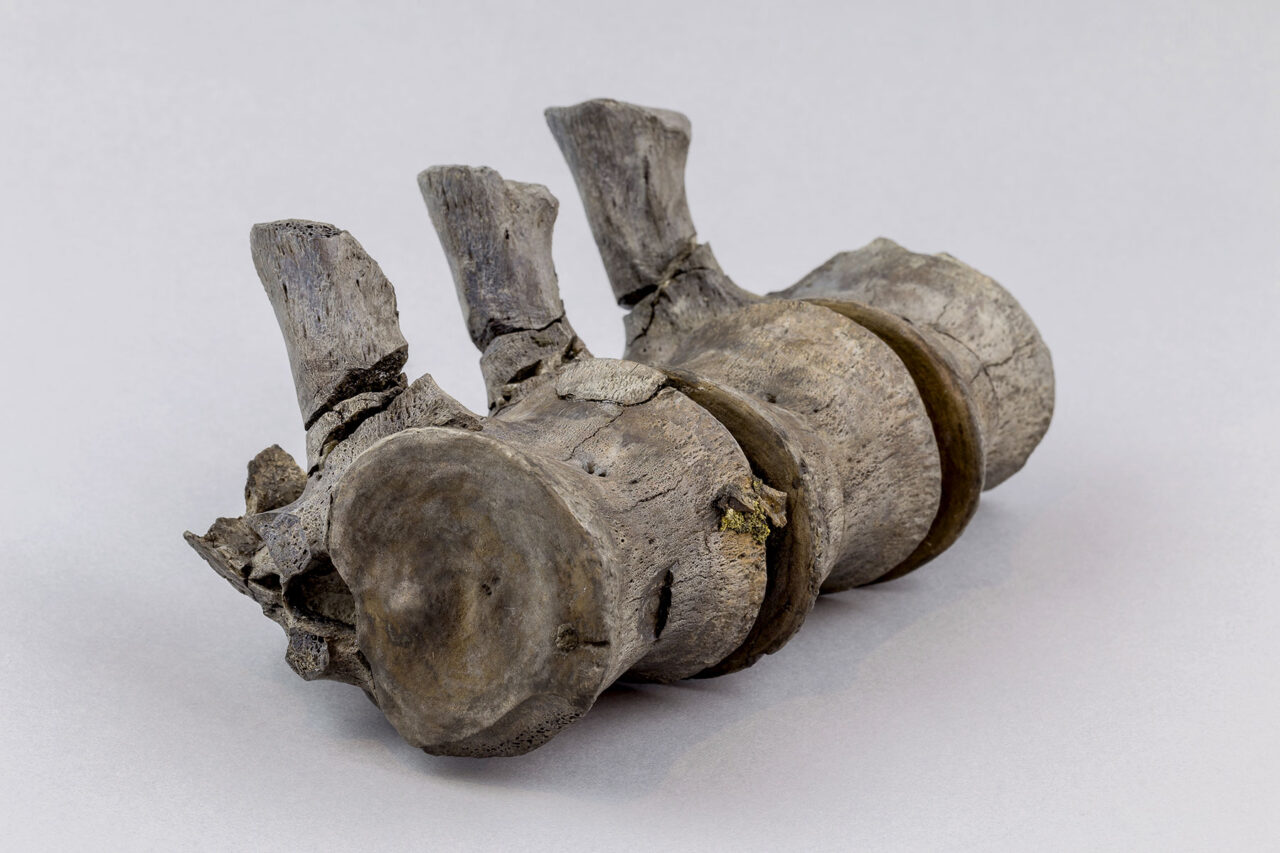
Geology
c.189 million years old (Lias Group)
Dinosaur backbones (Scelidosaurus harrisonii)
These backbones belonged to a famous local plant-eating dinosaur called Scelidosaurus. Adult scelidosaurs were three to four metres long, with long tails and protective body plates.
West of Seatown, southwest Dorset
Natural Dorset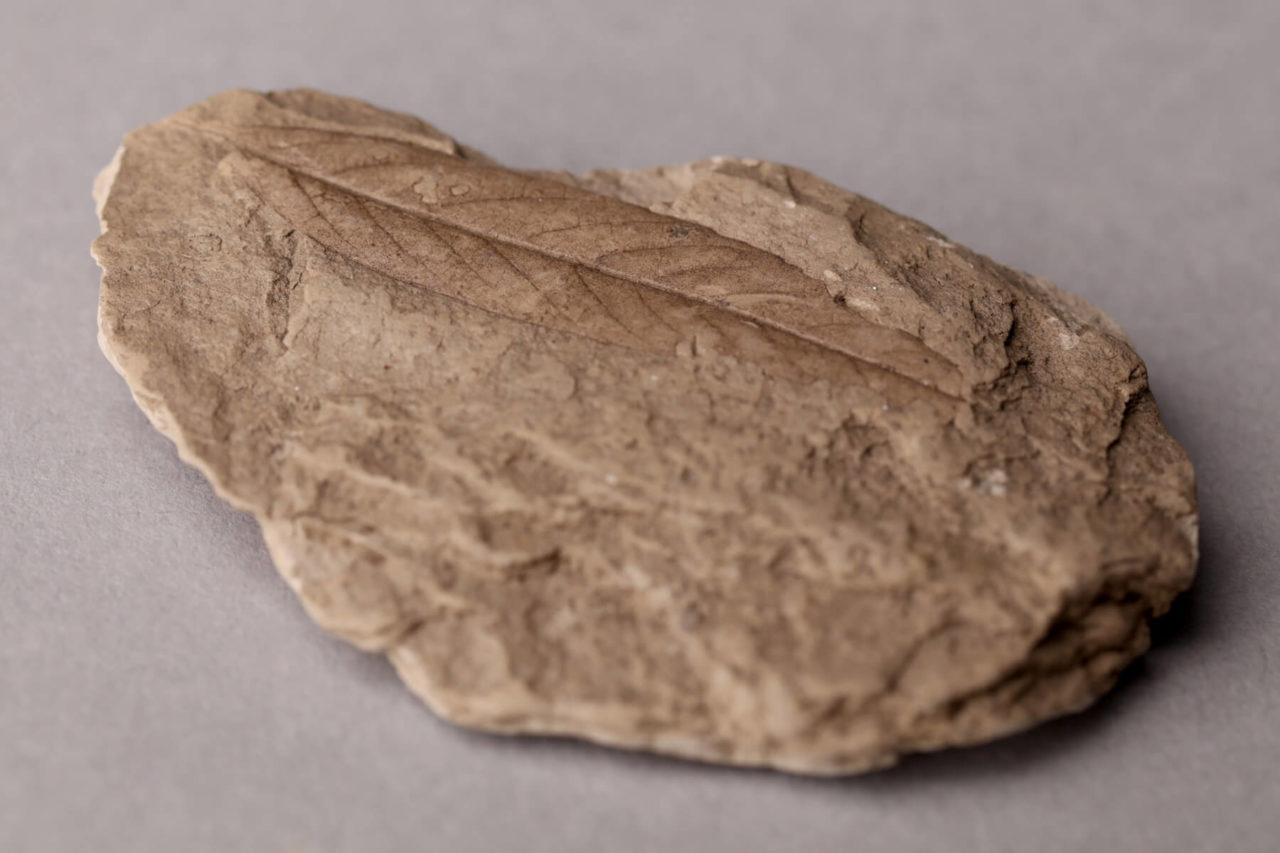
Geology
c.47-50 million years old (Poole Formation)
Flowering plant leaf
Can you spot where insects nibbled the edges of this leaf? Today’s flowering plants and insects often depend on each other to live. This fossil shows how they needed each other in the past too.
Southeast Dorset
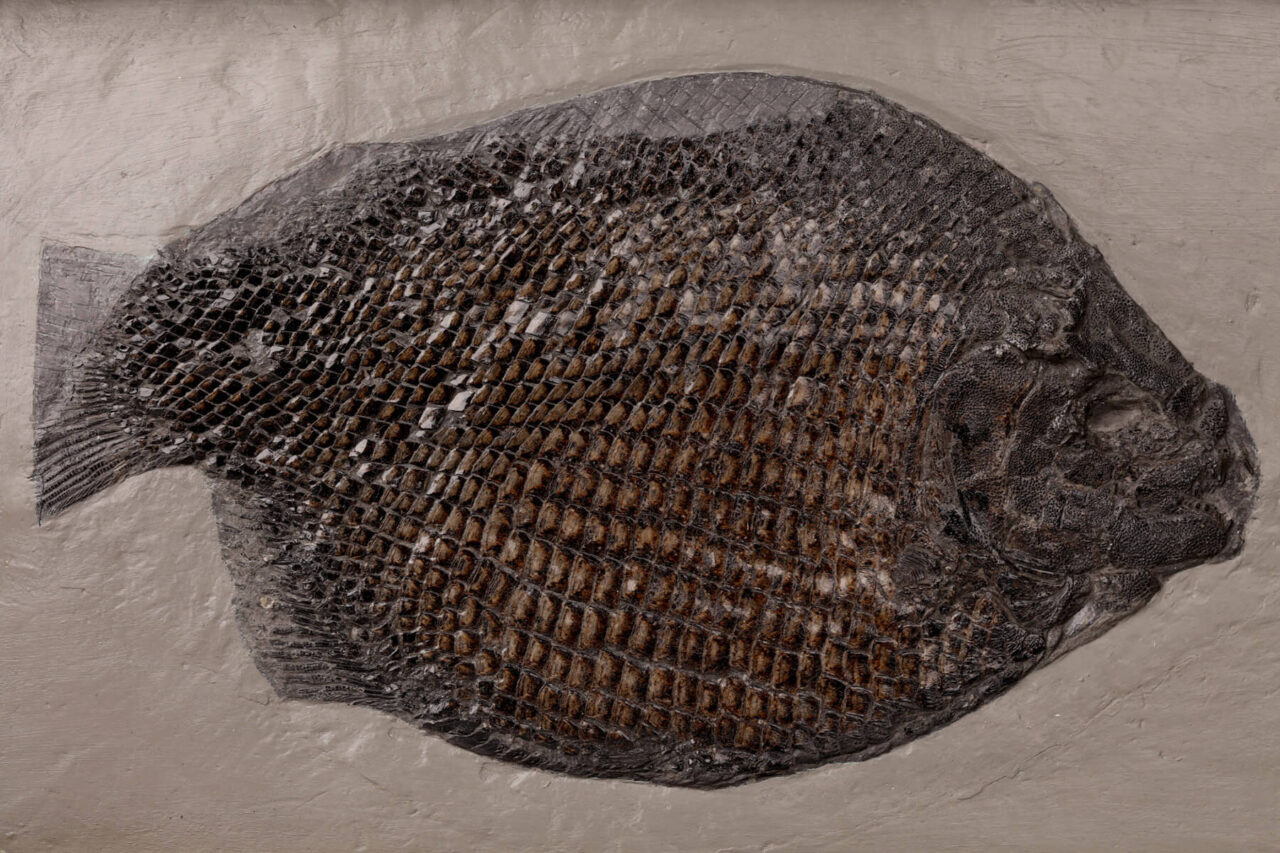
Geology
c.195-200 million years old (Lias Group)
Fish (Dapedium sp.)
Thick scales and bony skull-plates protected this fish from predators. Even if a hunter spotted its slender profile, it could have escaped by changing direction swiftly using its small fins and stout tail.
Lyme Regis, west Dorset
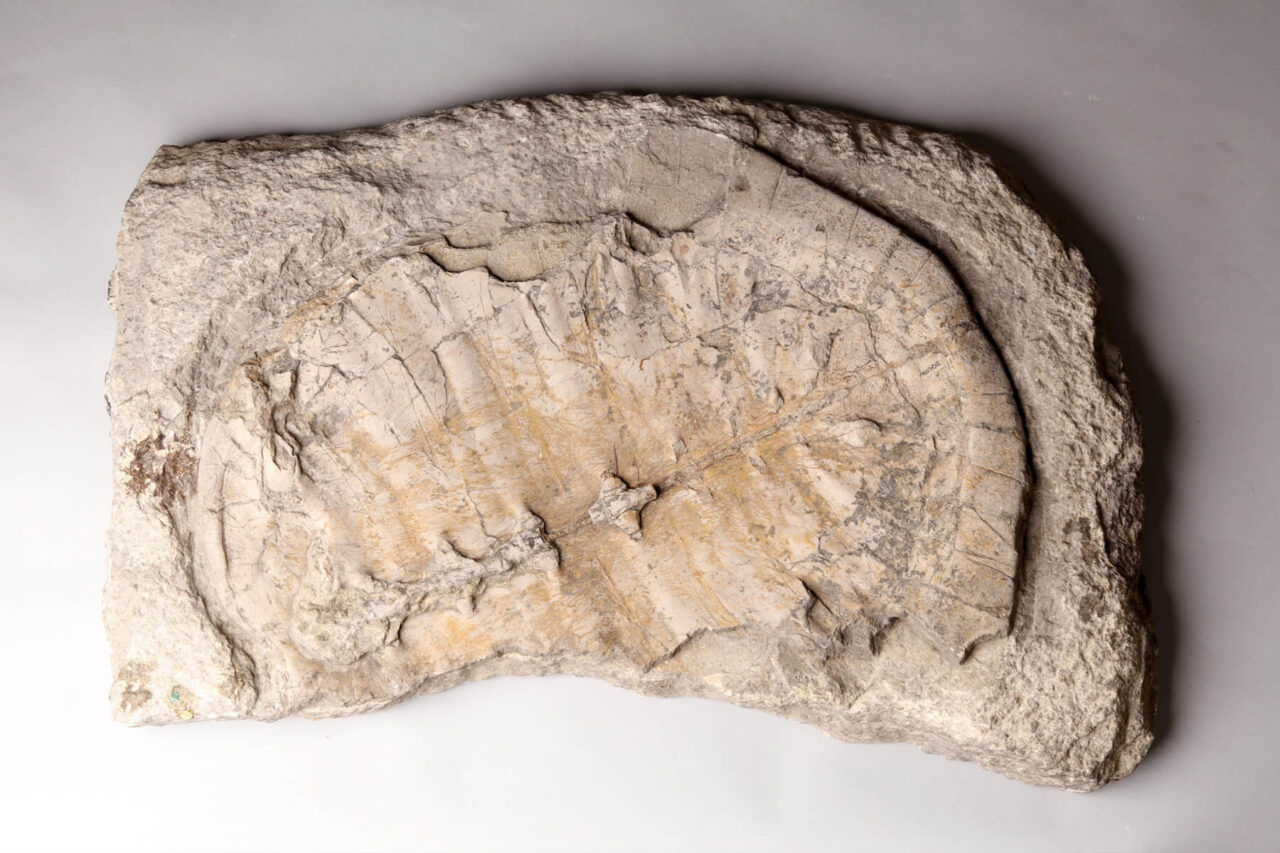
Geology
c.142 million years old (Purbeck Group)
Turtle shell (Hyaeochelys emarginata) ND
You normally see a turtle’s top shell (carapace) from the outside. This shell has been fossilised with its inside showing. There are backbones (vertebrae) still attached to it.
Swanage, southeast Dorset
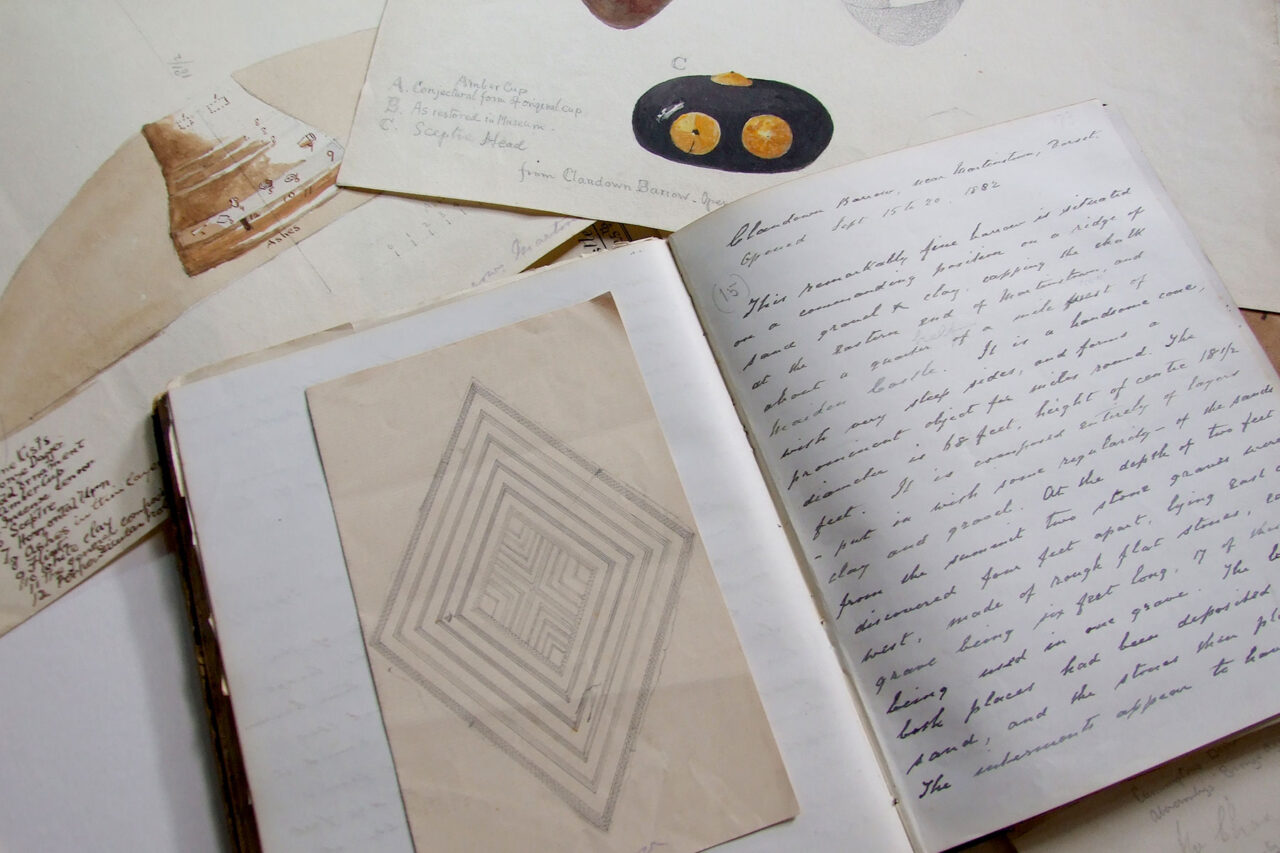
Library
Late 19th-early 20th century
Edward Cunnington’s Notebook
Edward Cunnington (1825-1916) excavated around 46 Dorset barrows, including Clandon Barrow near Maiden Castle, in the late 19th century. Cunnington wrote up reports of his finds in this notebook. The 1882 Clandon Barrow excavation is illustrated by pencil drawings and watercolours of his discoveries.
Library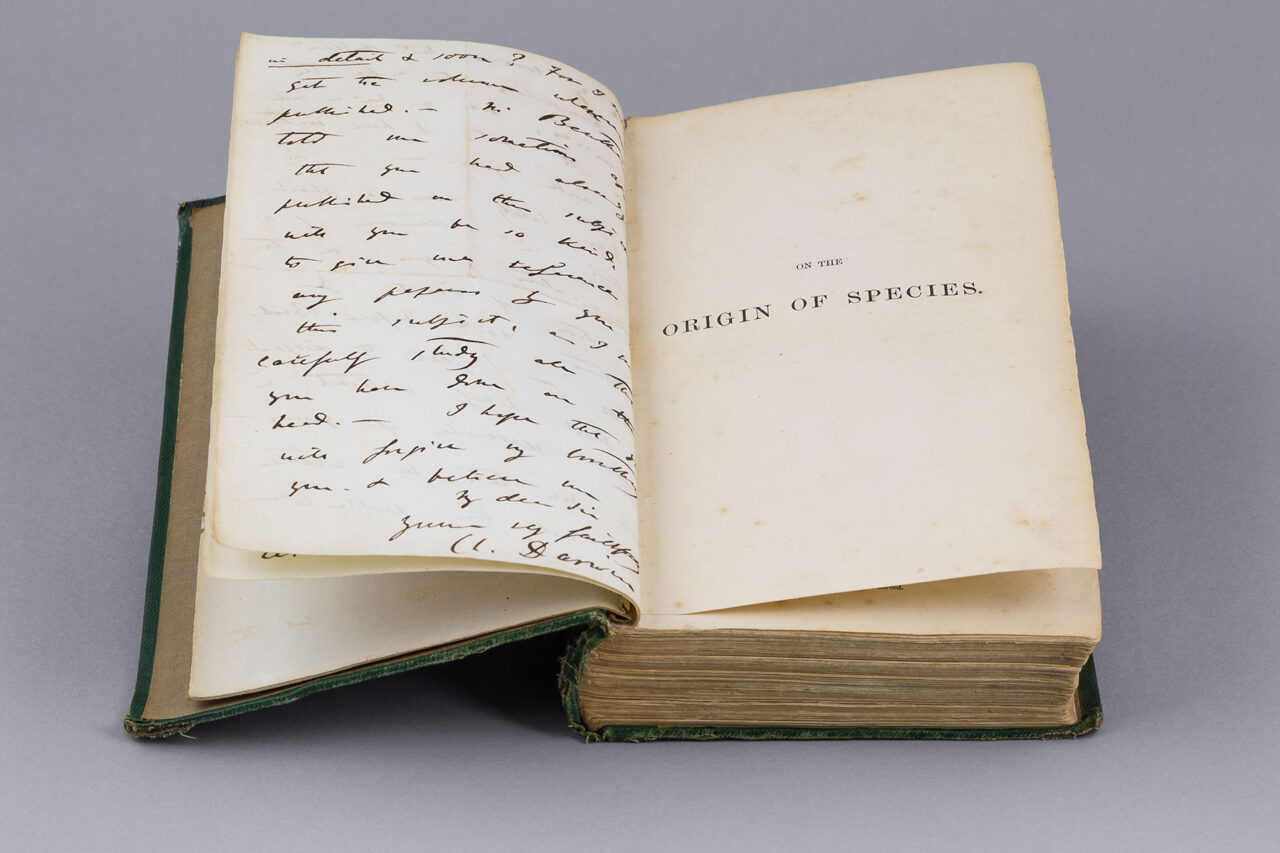
Library
1859
On the Origin of Species
On the Origin of Species by Means of Natural Selection by Charles Darwin
This rare first edition of Charles Darwin’s On the Origin of Species belonged to James Buckman, a geologist and natural historian who settled in Dorset to farm in 1863. Darwin wrote to Buckman, asking about his latest research. The letter was later bound into the book’s spine.
Library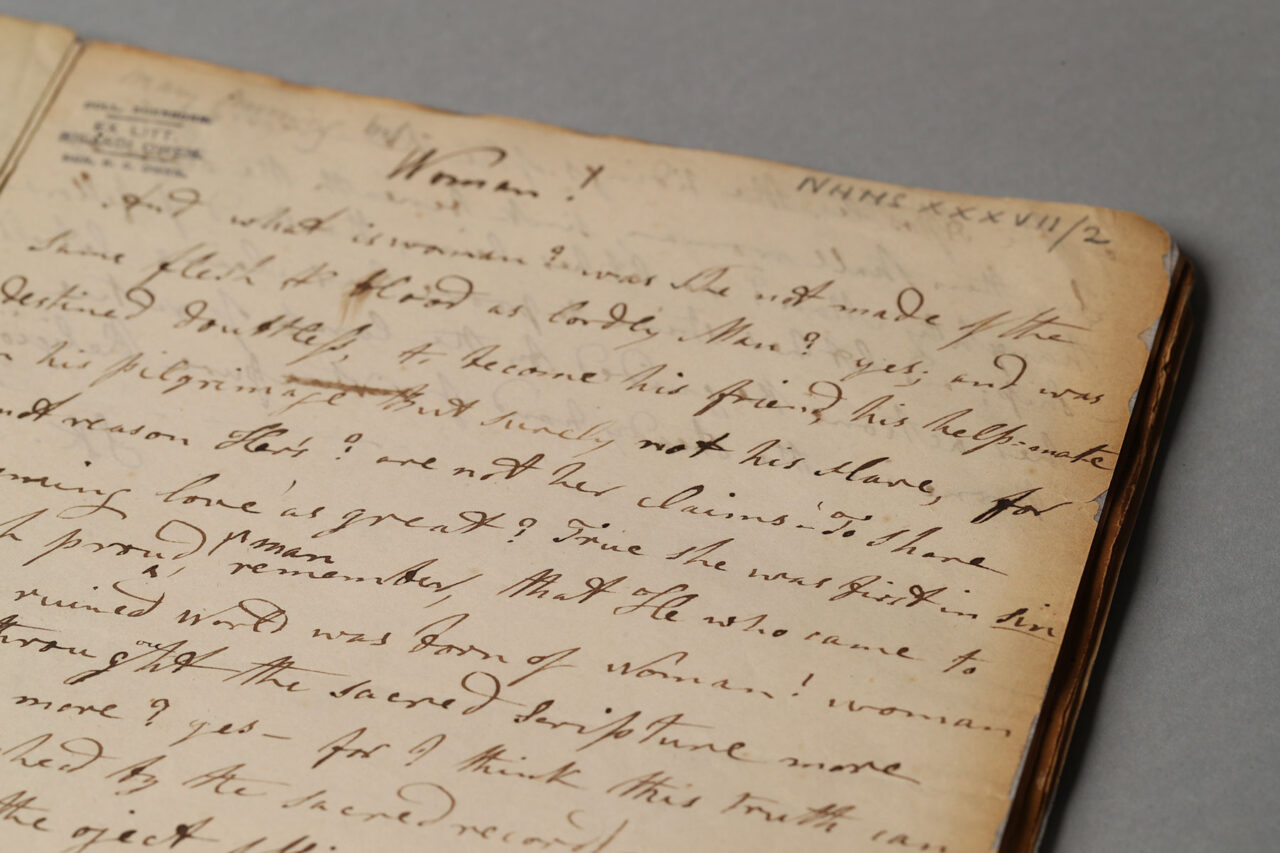
Library
1820-1847
Mary Anning’s Commonplace Book
Fossil collector and scientist Mary Anning (1799-1847) handwrote prayers, poems and texts she valued into this unique document, her final notebook. Simple books like this were a way for people to keep copies of their favourite writings.
Library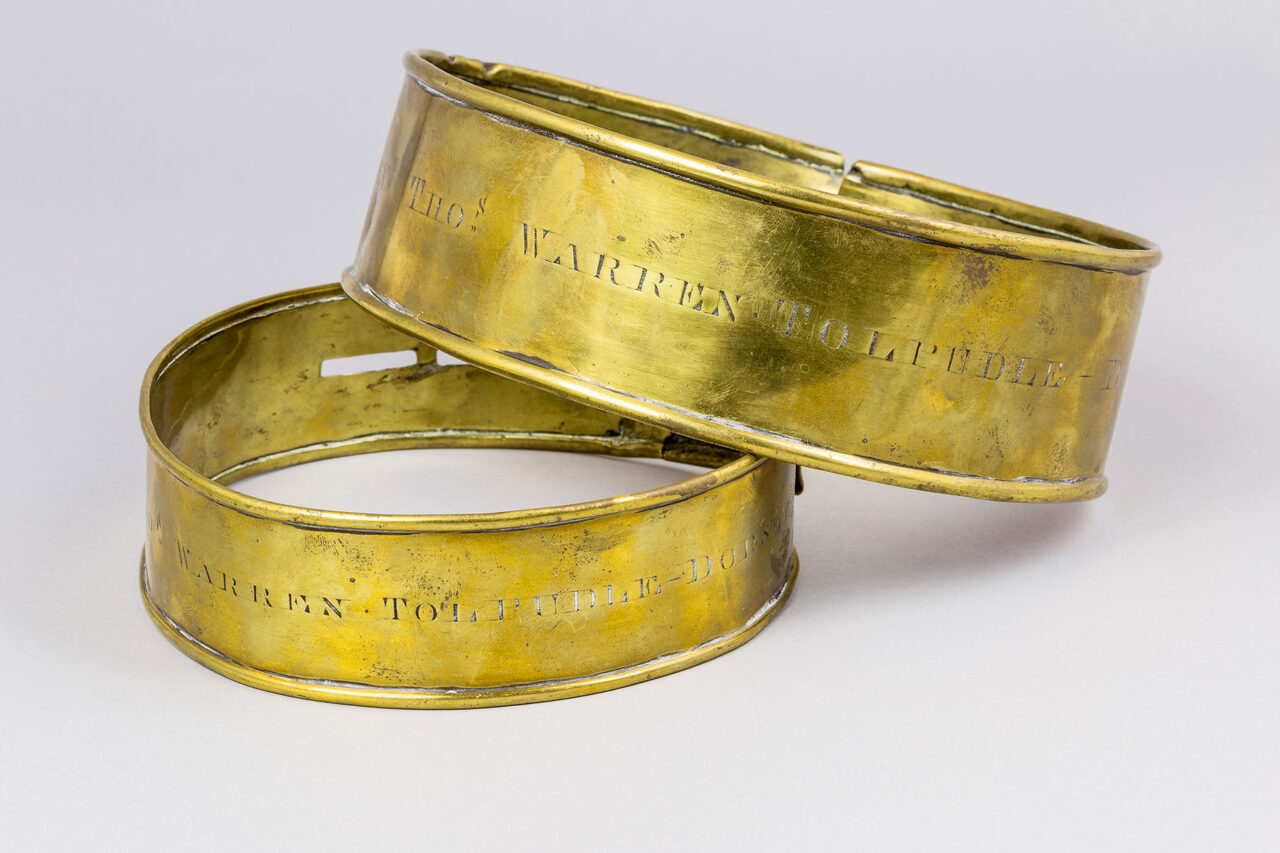
Local History
c.1800-1851
Brass dog collars
Reverend Thomas Warren, the Anglican vicar of Tolpuddle’s St John the Evangelist church, used these collars to identify his dogs. Warren witnessed an agreement over wages between the Tolpuddle labourers and landowners during the 1830s. He then sided with James Frampton, the local landowner who was responsible for the martyrs being arrested.
People’s Dorset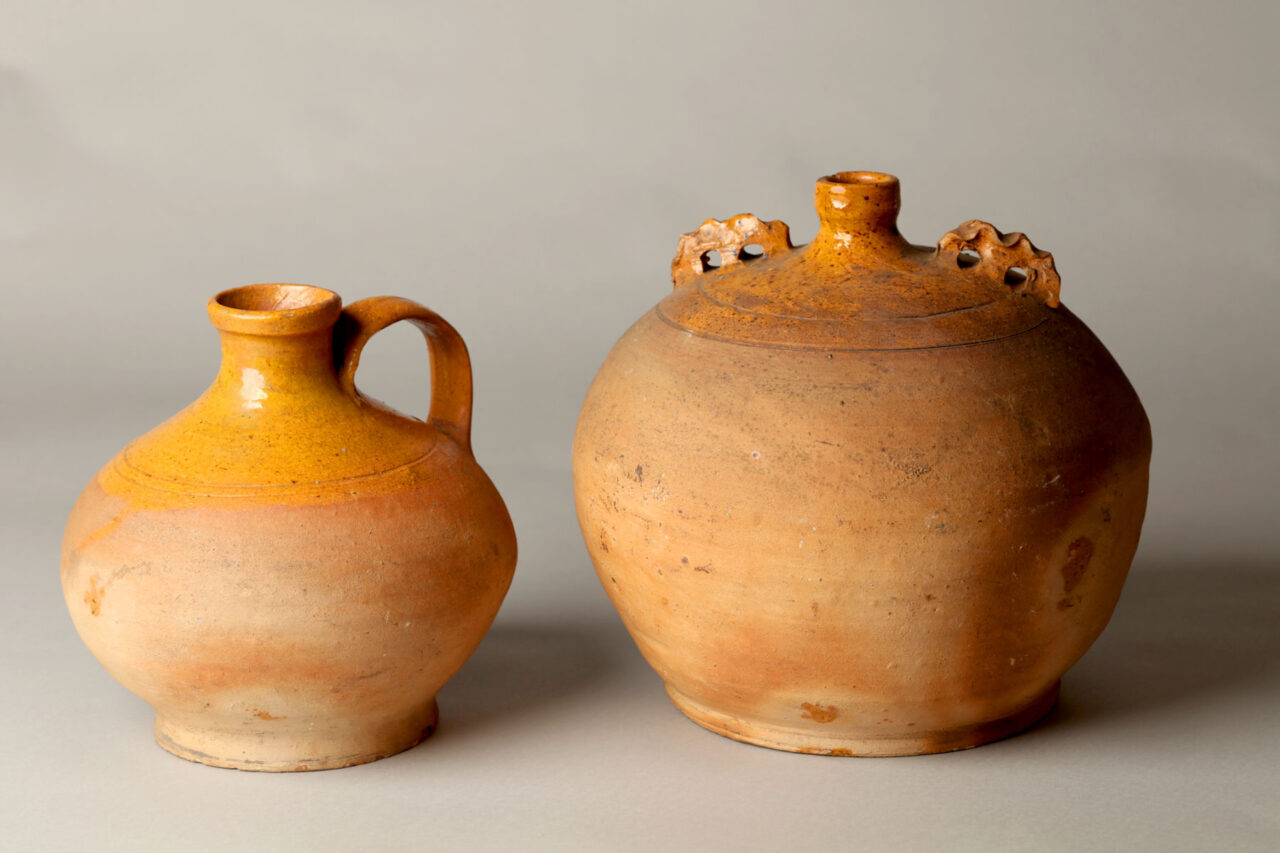
Local History
c.1800-1900
Costrel, Verwood pottery
Verwood produced many ceramic products. Their most famous was the Dorset Costrel – a flask with ear-like lugs, used by labourers for taking cider or cold tea into the fields when working.
People’s Dorset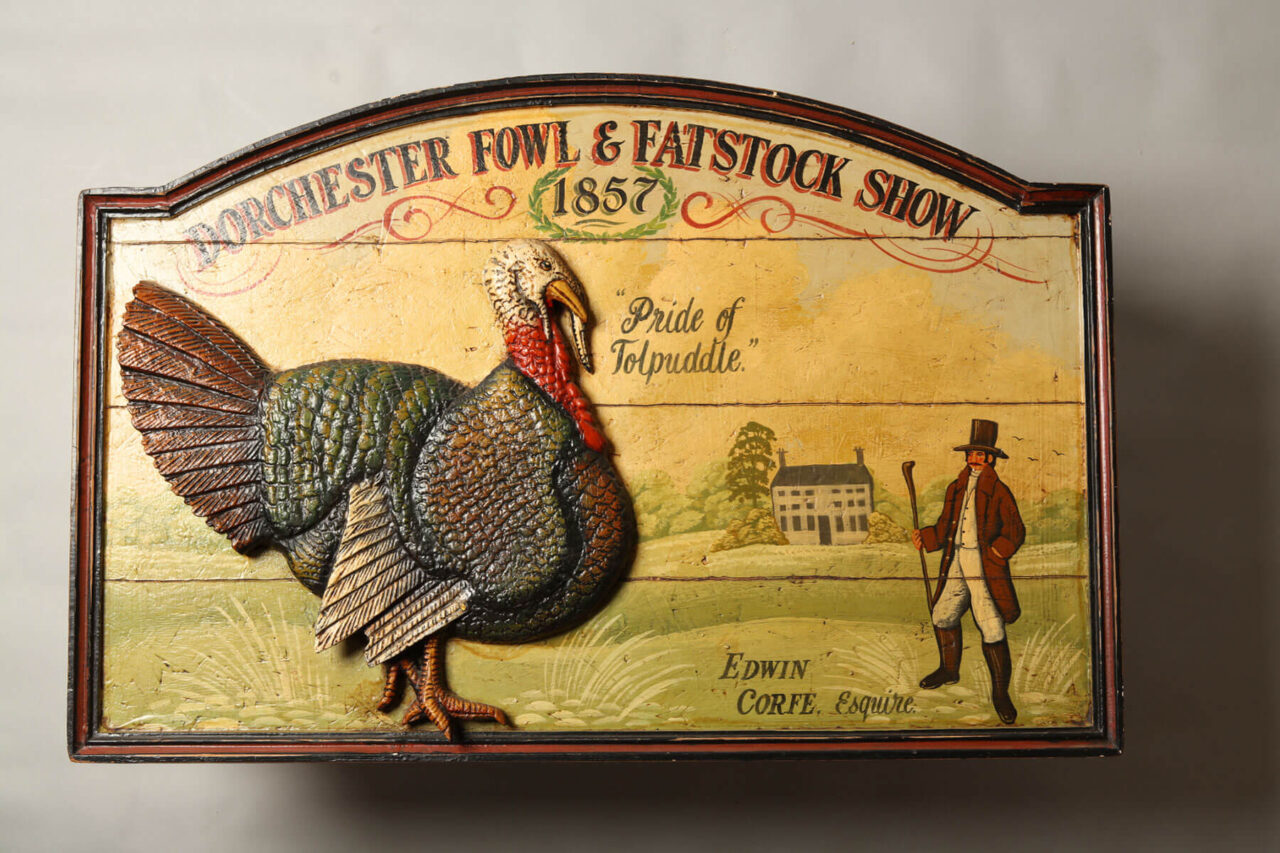
Local History
1857
Tolpuddle trade show sign
The Fowl and Fatstock Show was a traditional event when farmers came to town to show off their market-ready birds and animals. People would travel from around the area to buy goose or other meat for Christmas.
People’s Dorset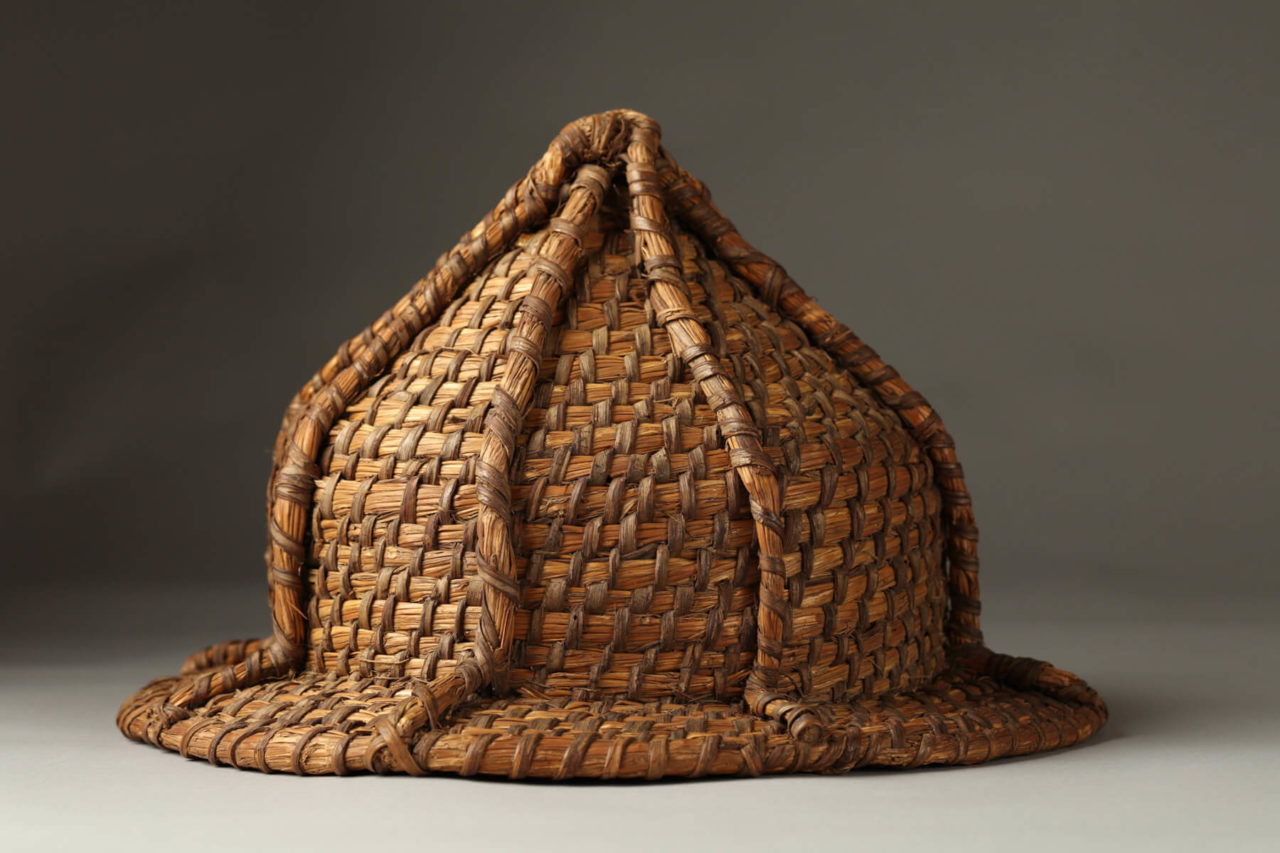
Local History
1700-1750
Deerstalker hat
Illicit deer hunting often took place in the evening when men ventured out wearing hats made of straw and bramble strips for camouflage. They also wore thick quilted coats to help protect them from the deer’s antlers, or the gamekeeper and his dogs if they were caught.
People’s Dorset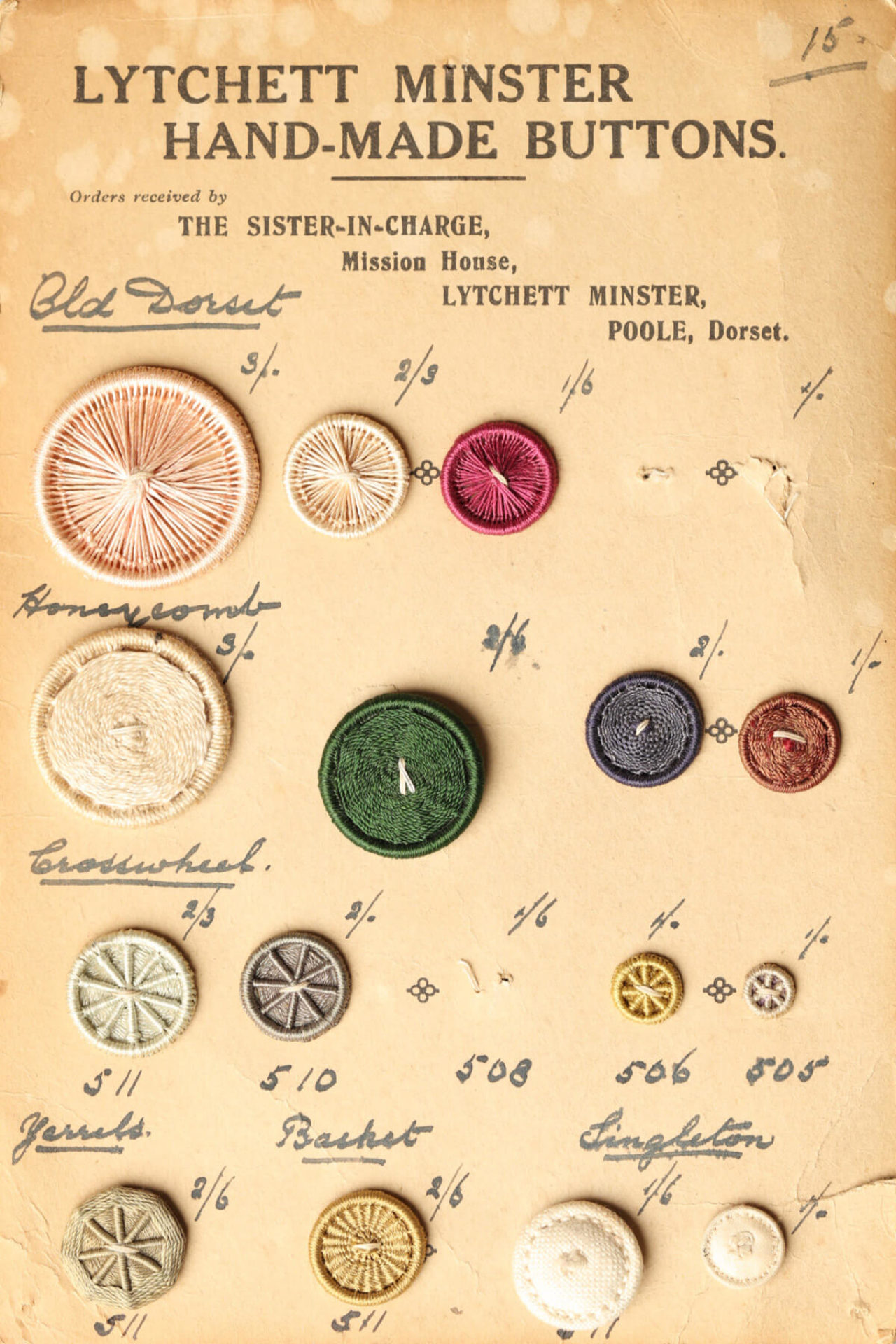
Local History
19th century
Selection of Dorset buttons
Dorset buttons were first produced in Shaftesbury in the early 17th century. By the 19th century over 100 different types of button were made in Dorset. These included the High-Top, Dorset Knob, Crosswheel, Blandford Cartwheel and Honeycomb.
People’s Dorset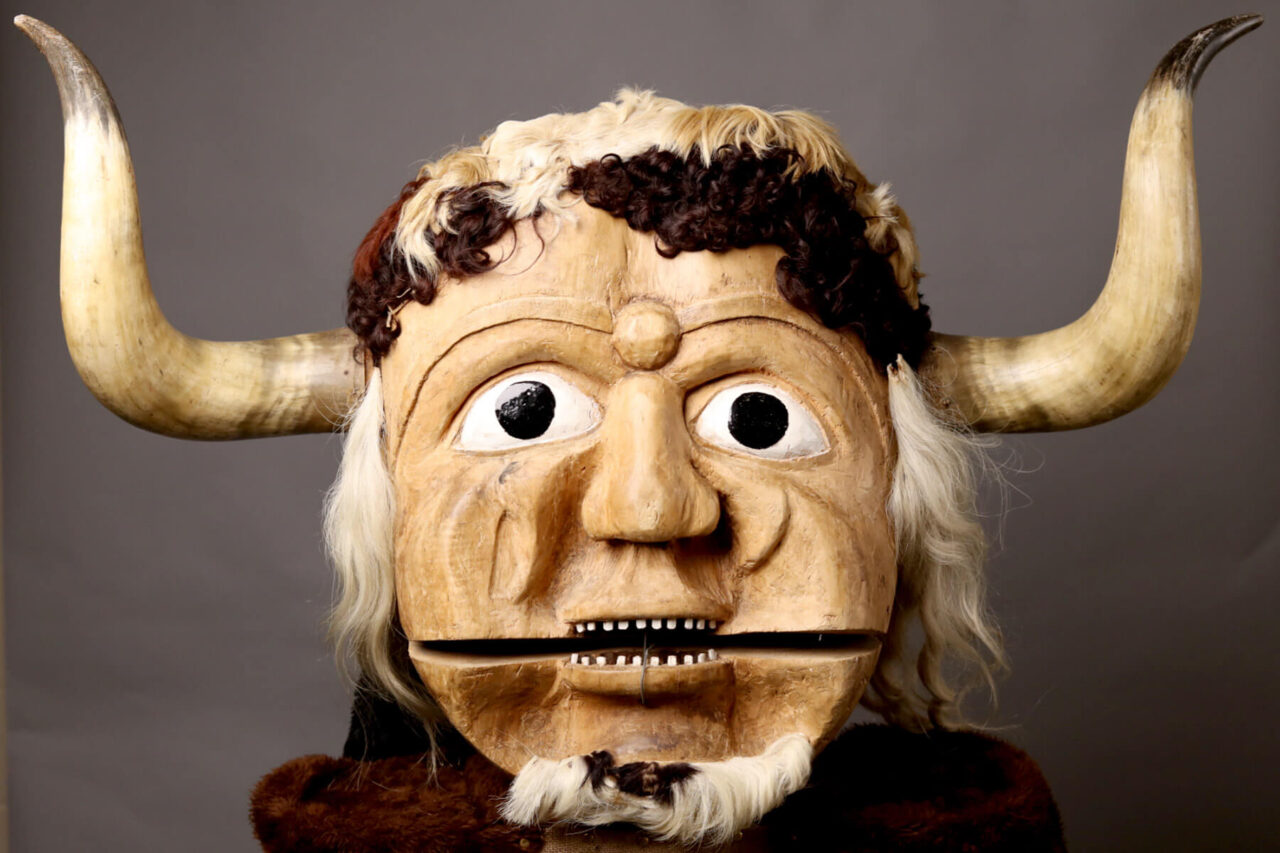
Local History
20th century
The Dorset Ooser
Every year Morris dancers use this replica Ooser for their May Day celebrations on a hillside near Cerne Abbas. The monstrous mask has its origins in ancient folklore. This terrifying creature stalked through Dorset towns and villages looking for food and drink from local people and frightening children.
On loan from John Byfleet
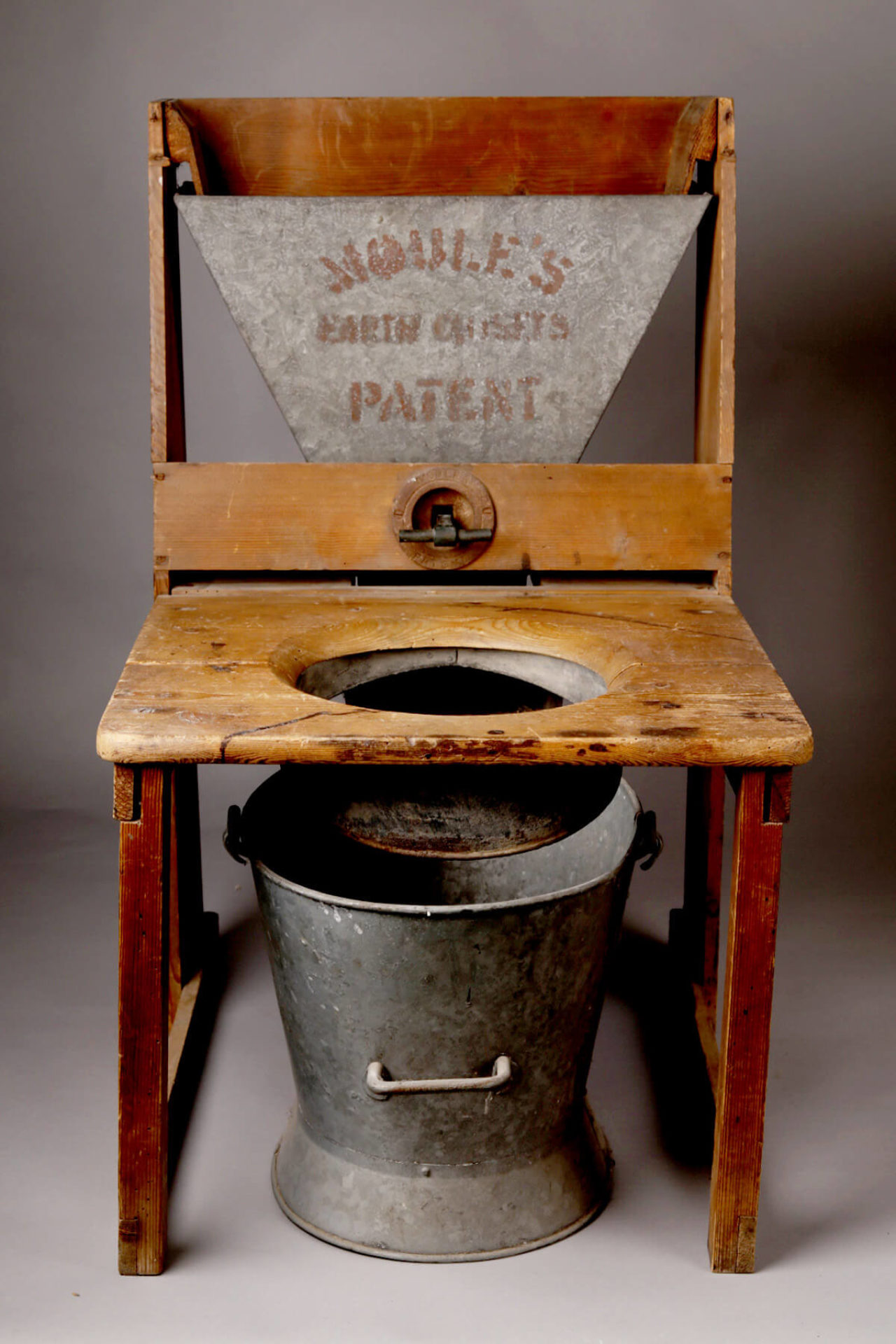
Local History
1873
Moule earth closet
Dorchester vicar Henry Moule (1801-1880) worked for better sanitation in the squalid slums of his Fordington parish. He invented this simple but effective composting toilet – a ‘portable commode for everyone’.
People’s Dorset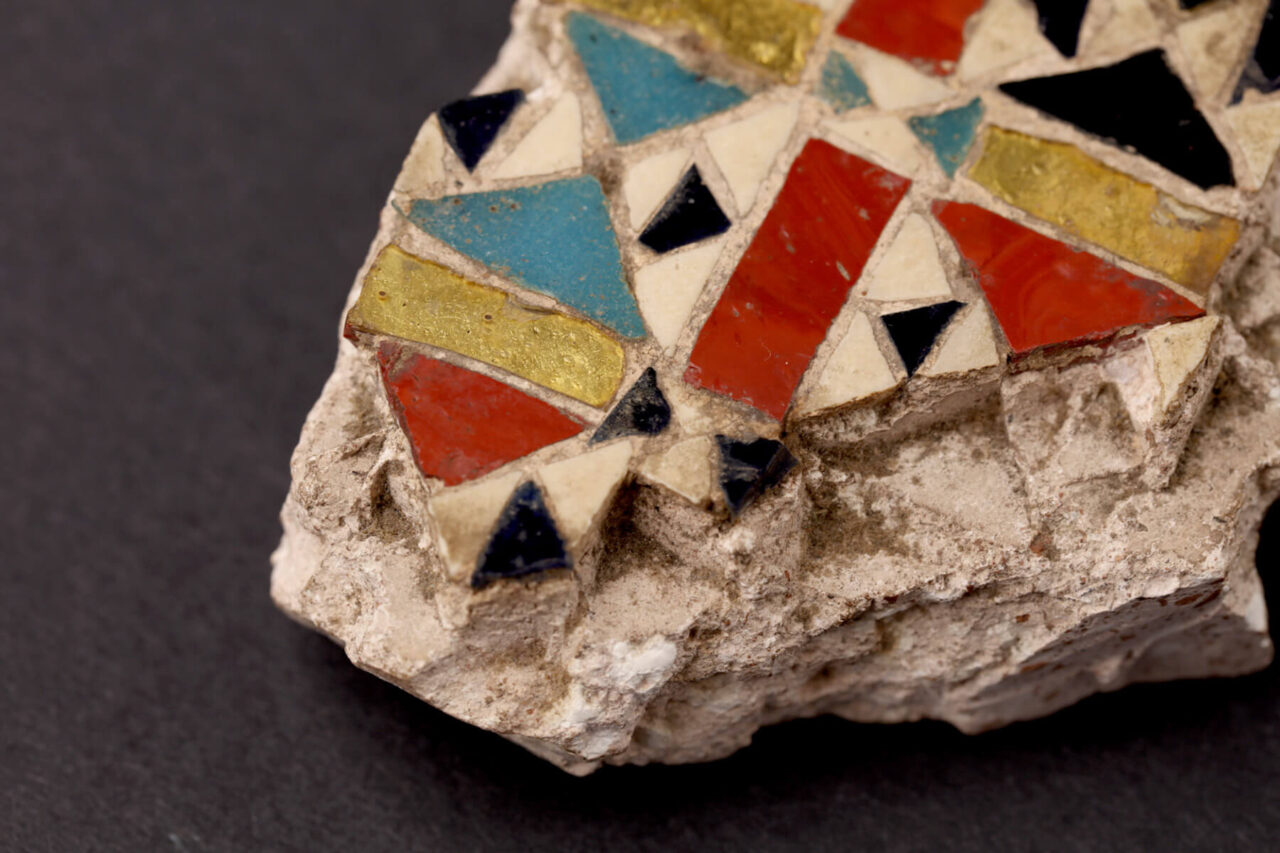
Local History
Mid-13th century
Mosaic fragment from Wimborne Minster
Saint Cuthburga founded Wimborne Minster around 700 CE as a monastery for monks and nuns.
This mosaic fragment is thought to come from her tomb and shrine in the abbey. It is in the Italian Cosmatesque style used on mosaic pavements and church furnishings from the 12th to 14th century.
People’s Dorset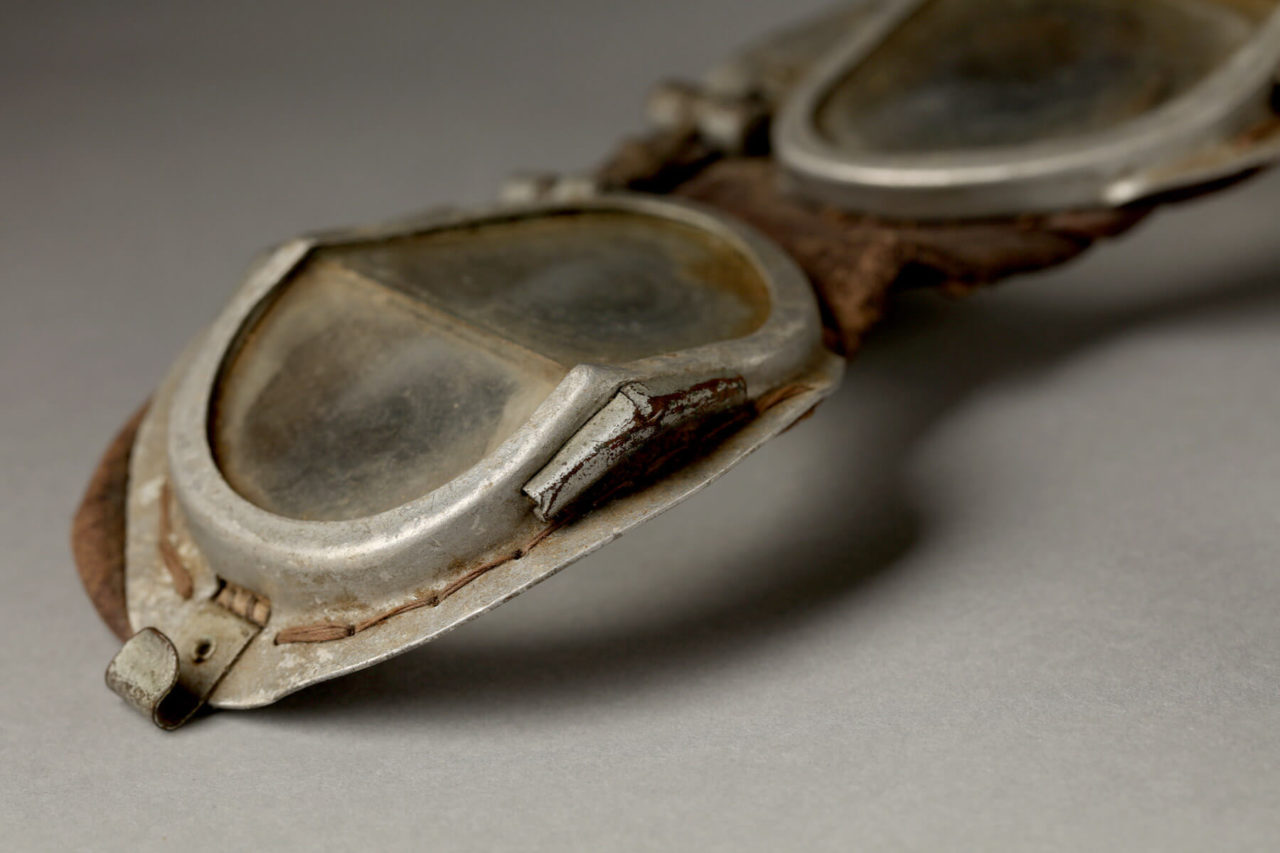
Local History
c.1940-1945
Spitfire windscreen, goggles and microphone
Sgt Kenneth Christopher Holland served with Squadron 152 at RAF Warmwell in Dorset.
On 25 September 1940, flying Spitfire N3173 he was shot down by the rear gunner of a German Heinkel bomber and killed. These items were recovered from the crash site in Somerset.
People’s Dorset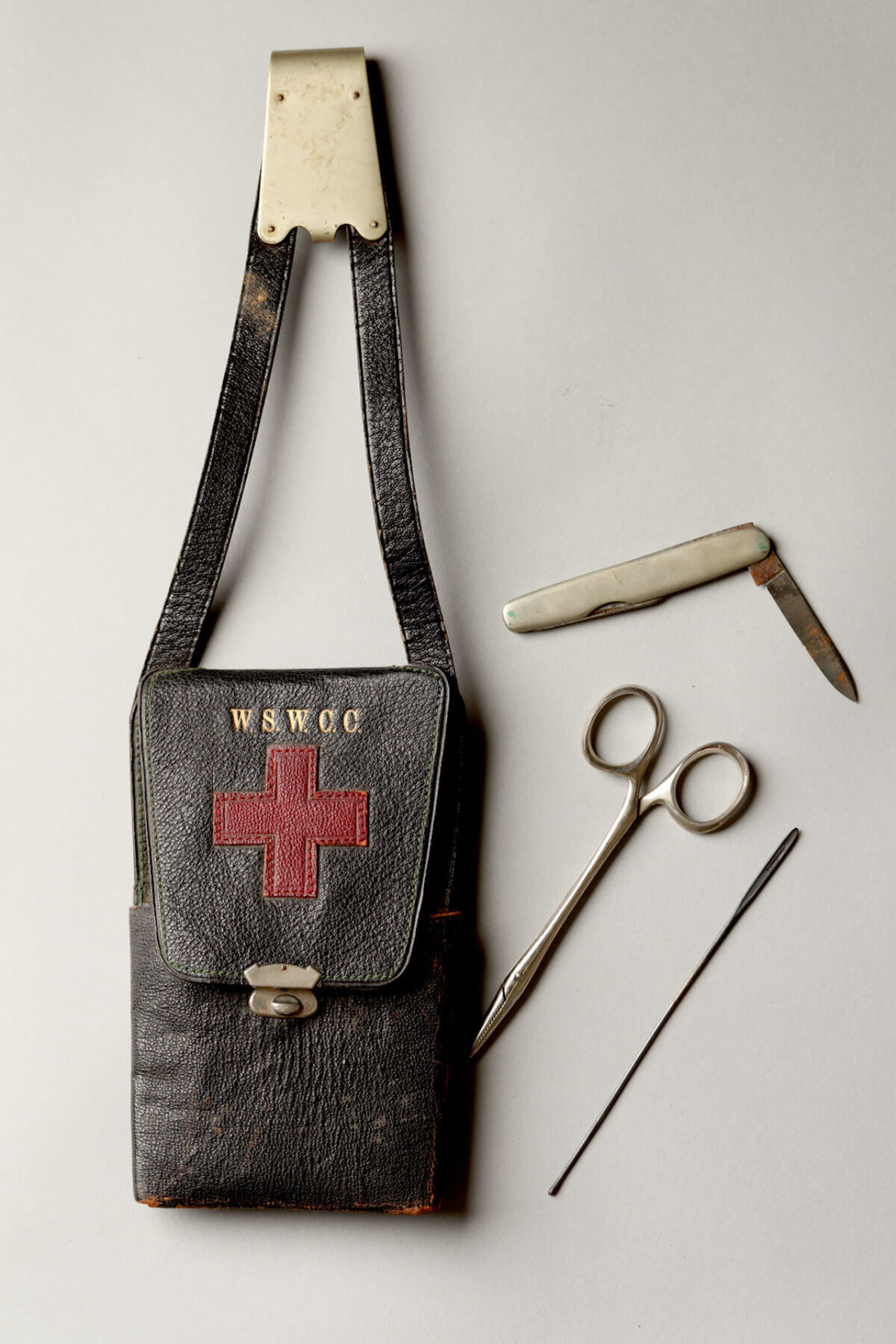
Local History
c.1915
Mabel Stobart’s medical kit
Mabel Stobart (1862-1954) used this medical kit to treat her patients during the First World War. Before the war she had set up a medical training camp in Dorset to teach women to treat the sick and wounded in battle. In 1914 she formed the National Service League and created field hospitals in Belgium and France.
People’s Dorset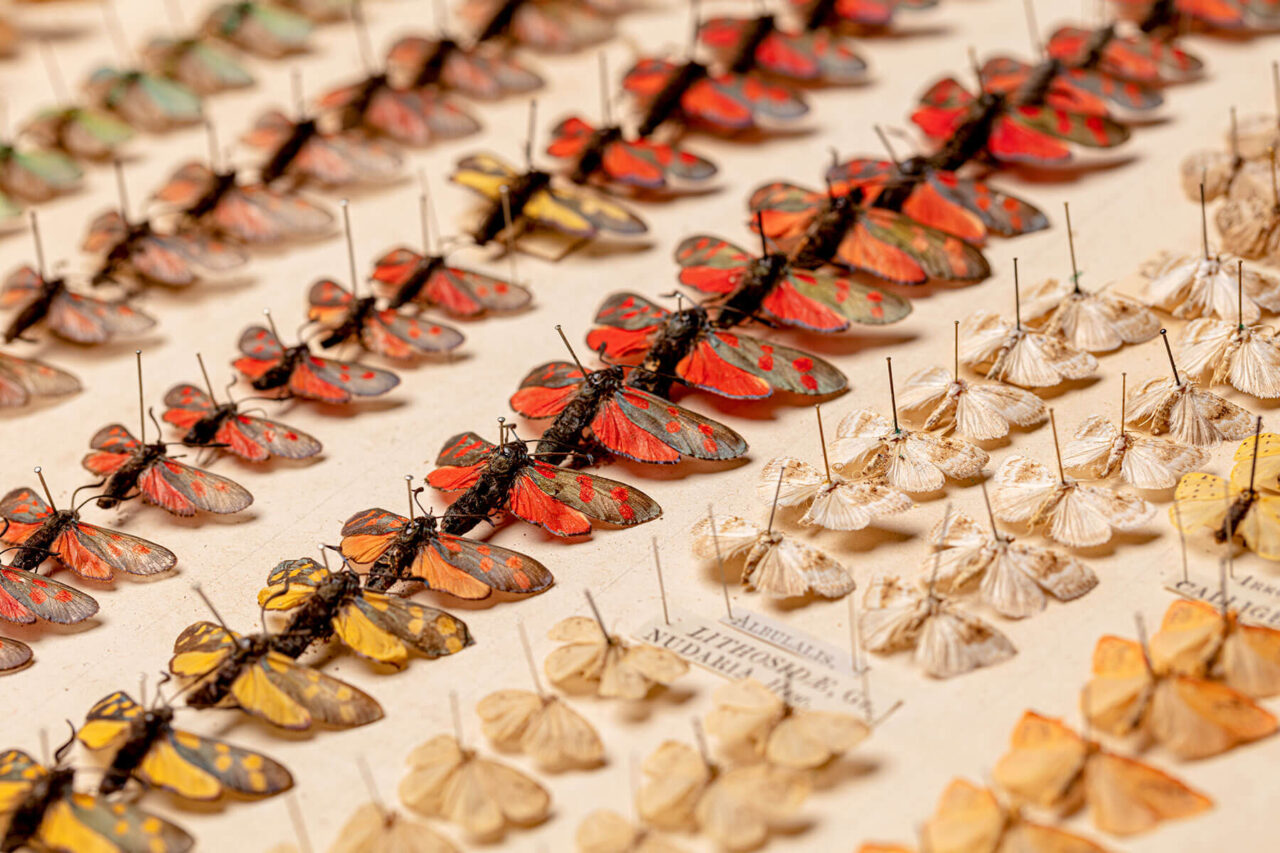
Natural History
Late 19th century
Helen and Nelson Richardson’s entomology collection
Helen (c.1855-1936) and Nelson Richardson (1855-1925) collected and documented moths and butterflies (Lepidoptera) on Portland and Purbeck, and discovered a number of new species. These are among a number of specimens collected by the pair that were donated to the Museum.
Natural Dorset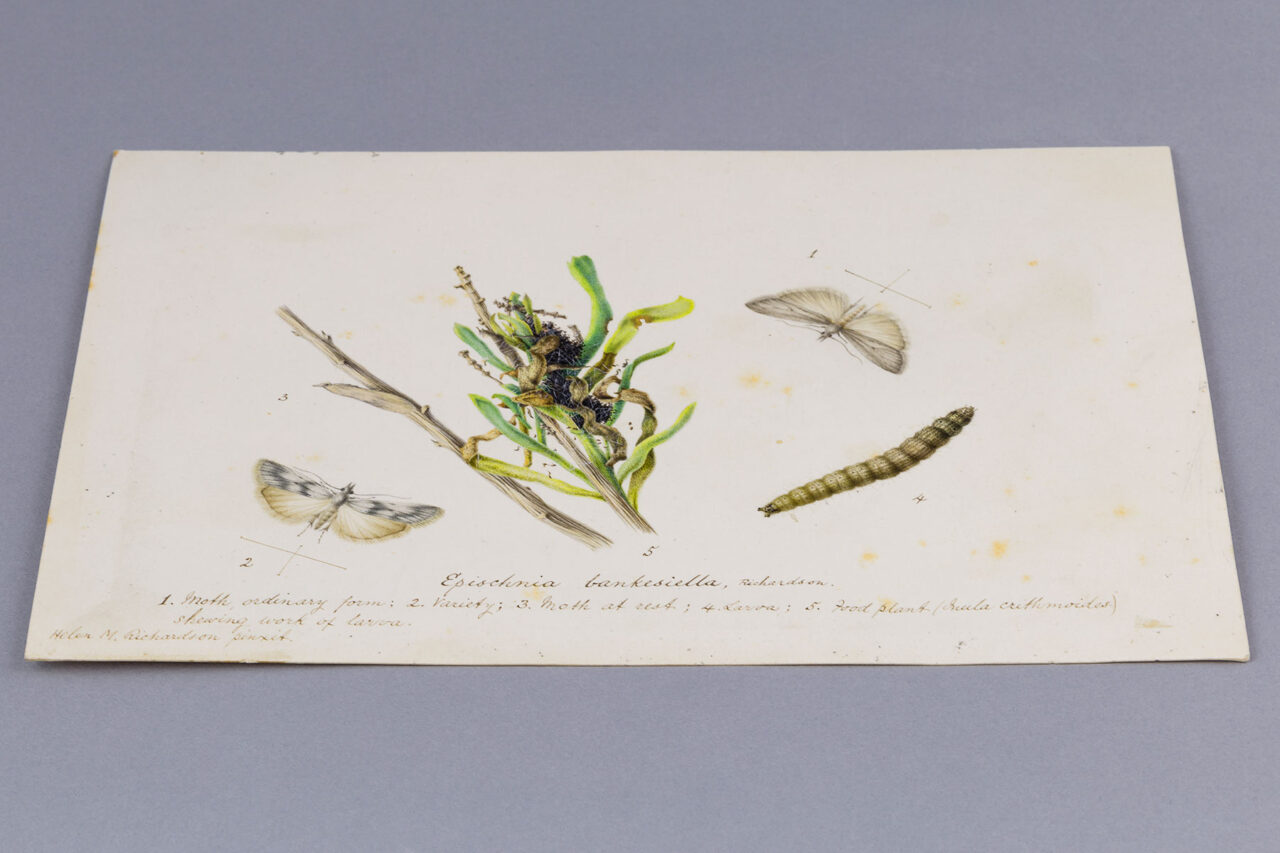
Natural History
Late 19th century
Watercolour by Helen Richardson
Helen Richardson (c.1855-1936) was an enthusiastic field worker, collecting moths at night on Portland. She illustrated specimens in intricate watercolour paintings – some were reproduced as colour plates in her husband Nelson’s research papers.
Natural Dorset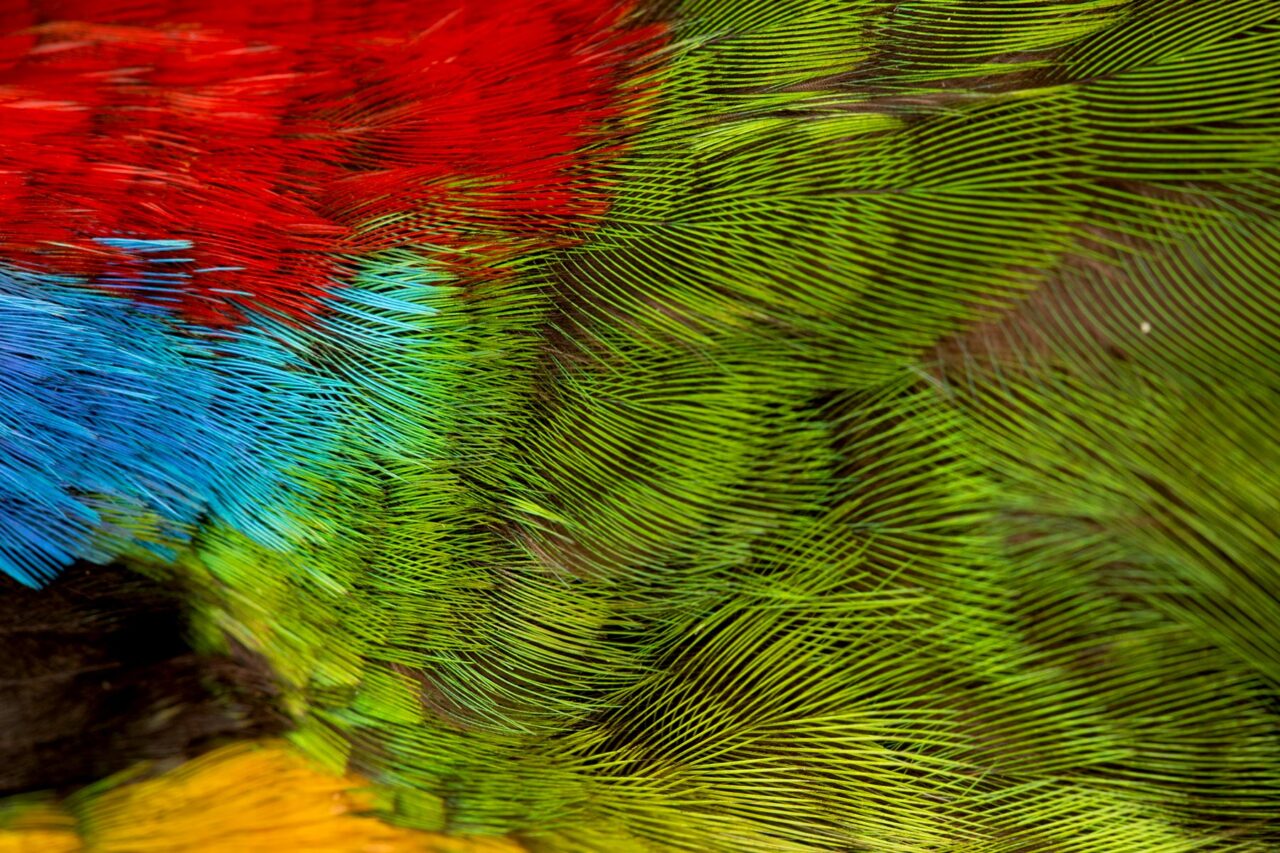
Natural History
1850s
Bird skin collected by Alfred Russel Wallace
On Wallace’s trips to the Malaysian islands he collected over 8,000 bird specimens. Studying them helped him develop his theories on evolution
Natural Dorset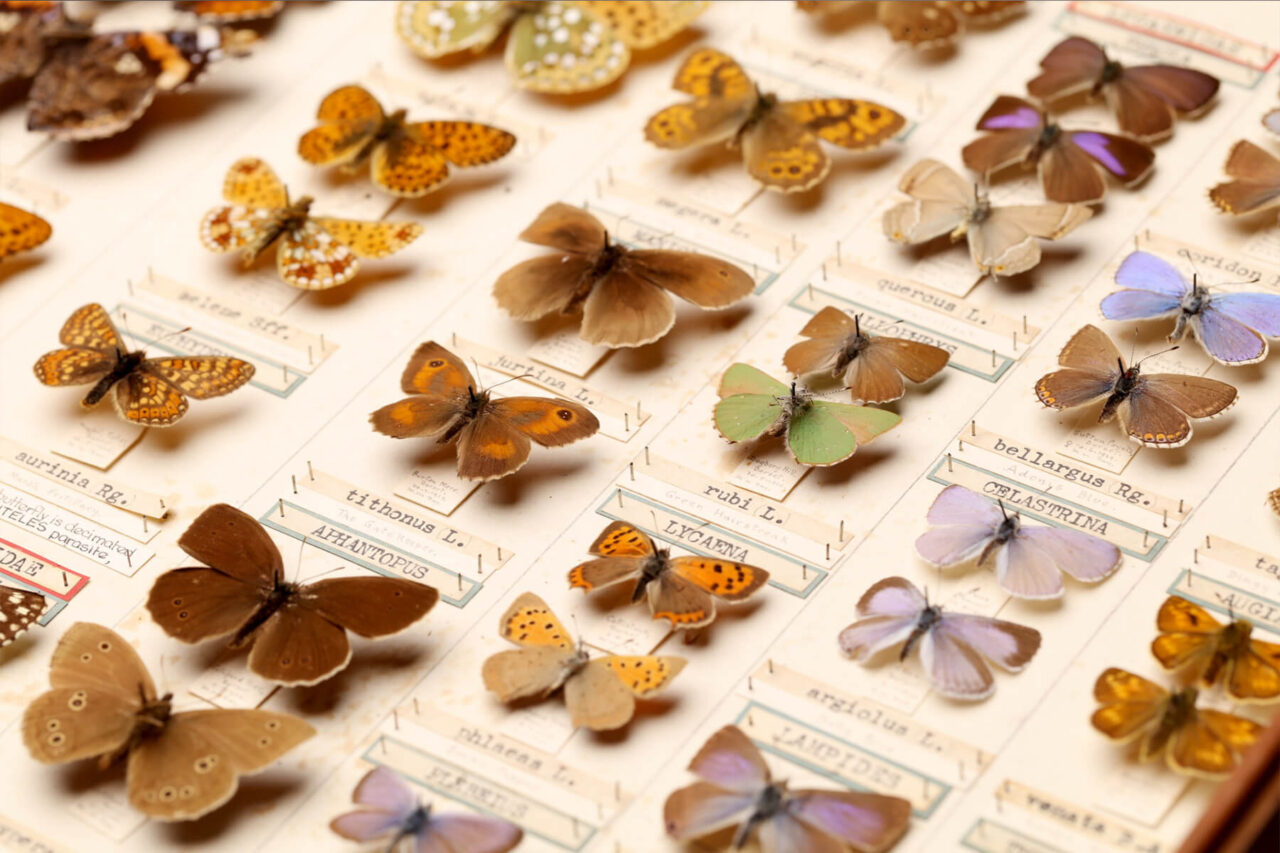
Natural History
1950s
Cyril Day’s butterfly collection
These are just a small part of Cyril Douglas Day’s (1885-1968) collection of 2,652 insects, representing the wide diversity of species commonly found in Dorset in the mid-20th century.
Natural Dorset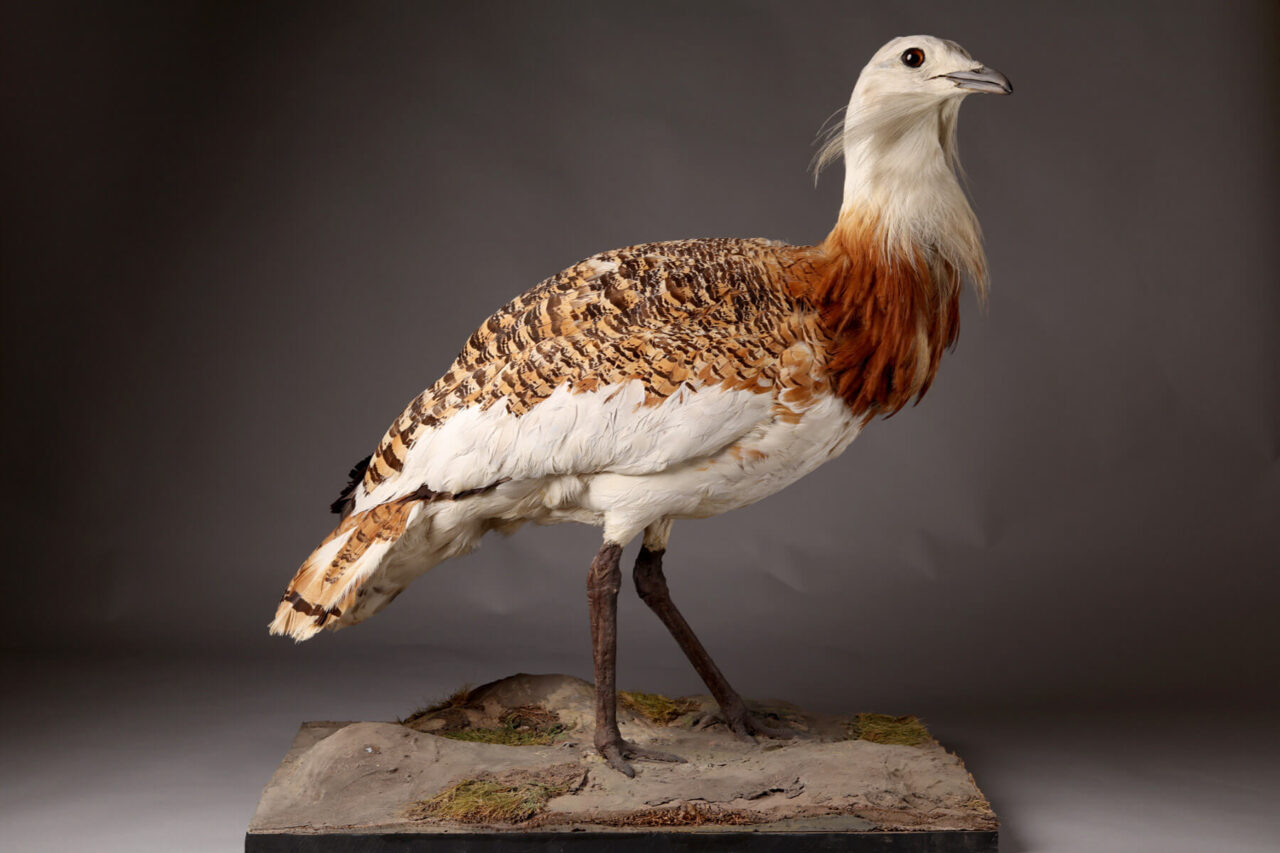
Natural History
Date unknown
Great bustard
Great bustards were native to Britain and used to live on parts of Dorset’s open grasslands. By the 1840s hunting and habitat changes had made these large birds extinct in Britain. Great bustards from Russia were reintroduced on to Salisbury Plain each autumn for ten years from 2004. Some of them have wintered on the Dorset coast.
Natural Dorset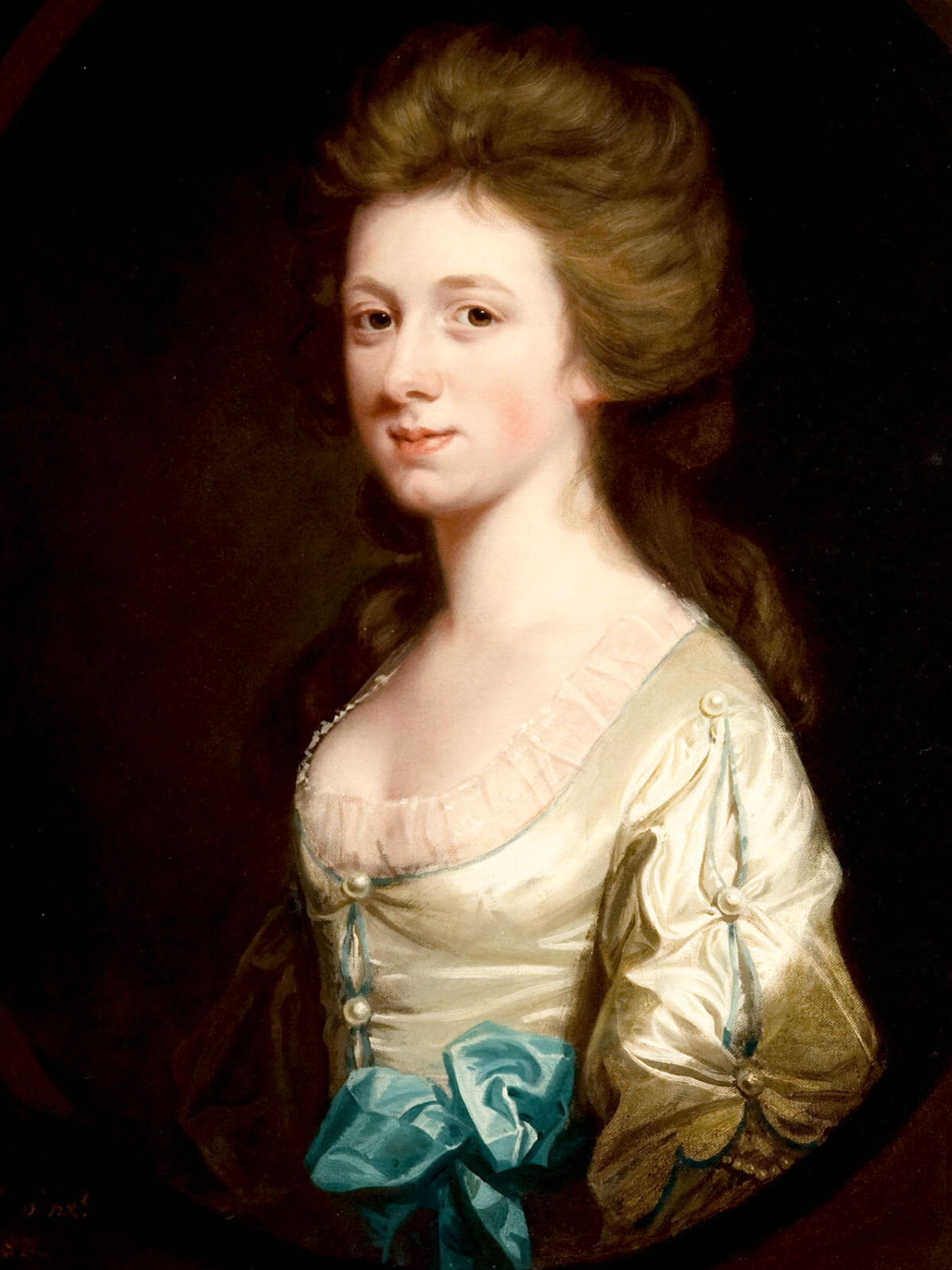
Paintings, Prints and Drawings
1783
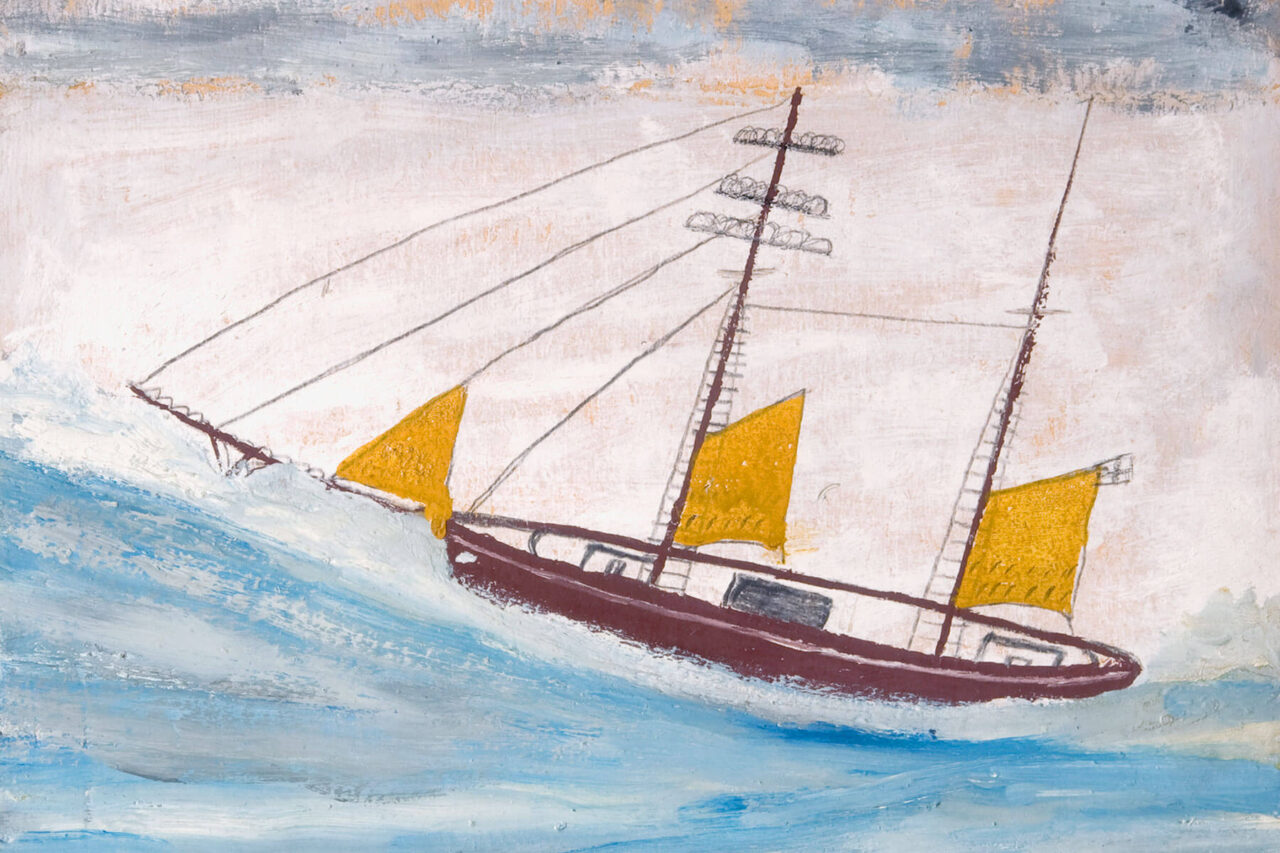
Paintings, Prints and Drawings
1920s
Fishing Boat with Two Masts and Yellow Sails
Alfred Wallis (1855-1942)
Oil on cardboard
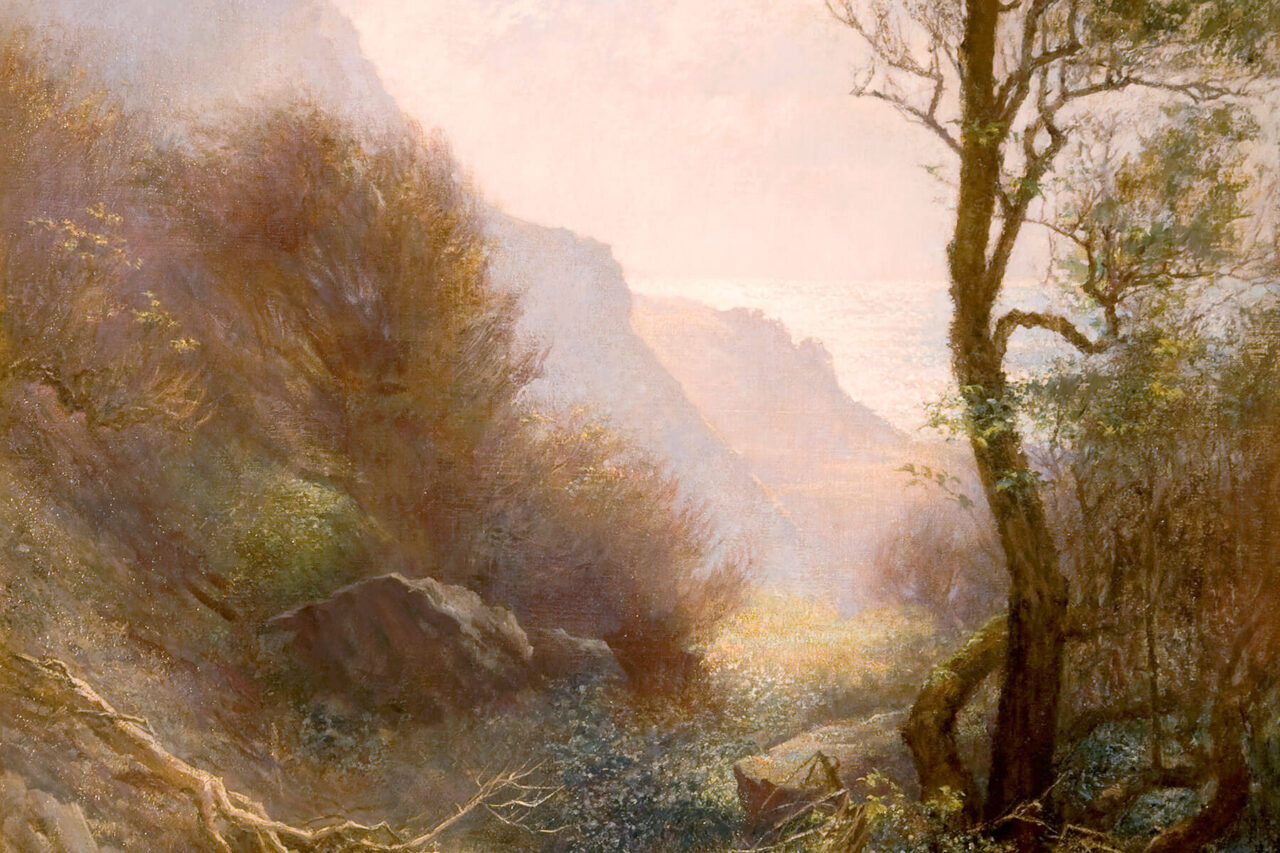
Paintings, Prints and Drawings
1920
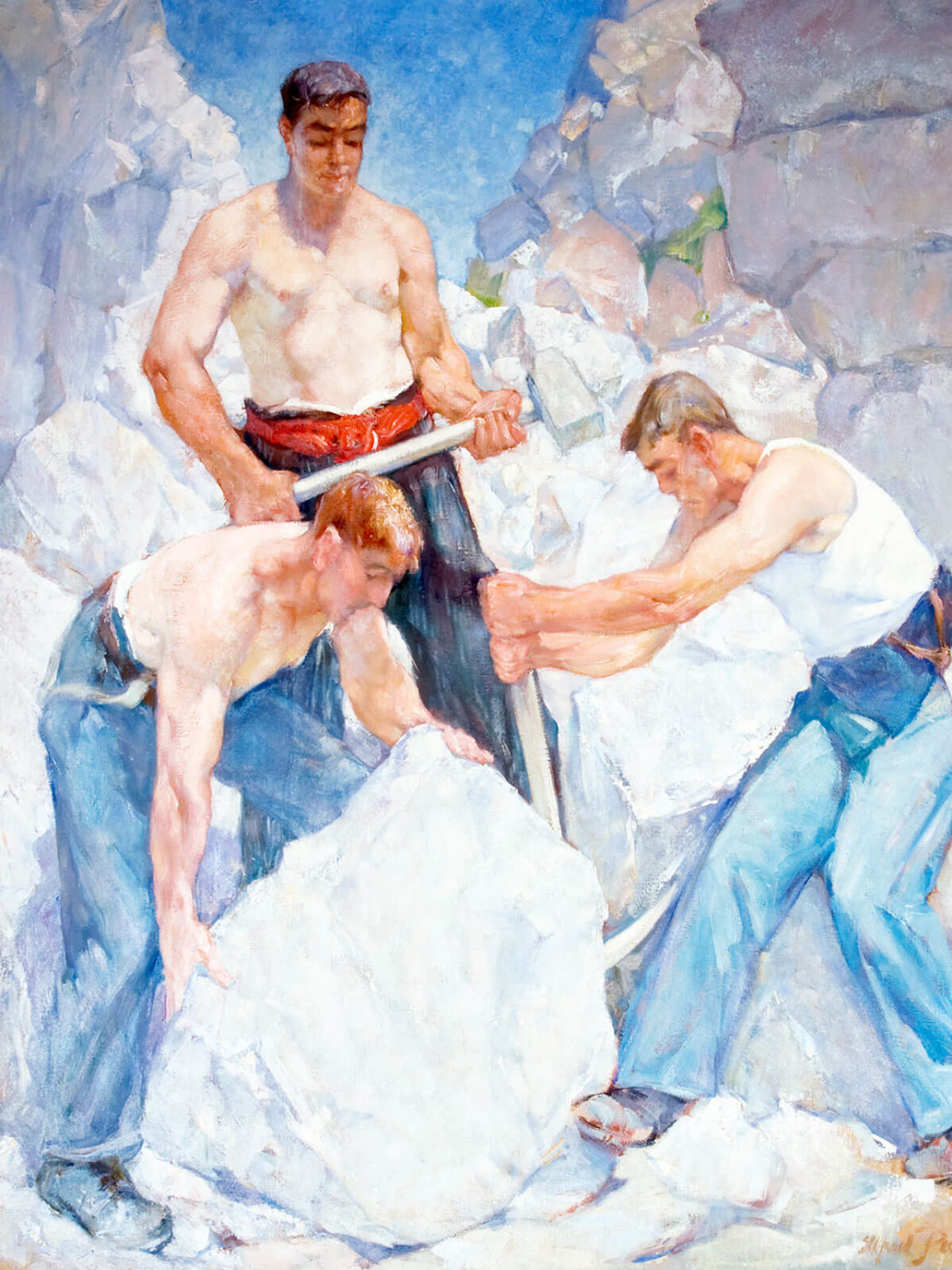
Paintings, Prints and Drawings
1940s
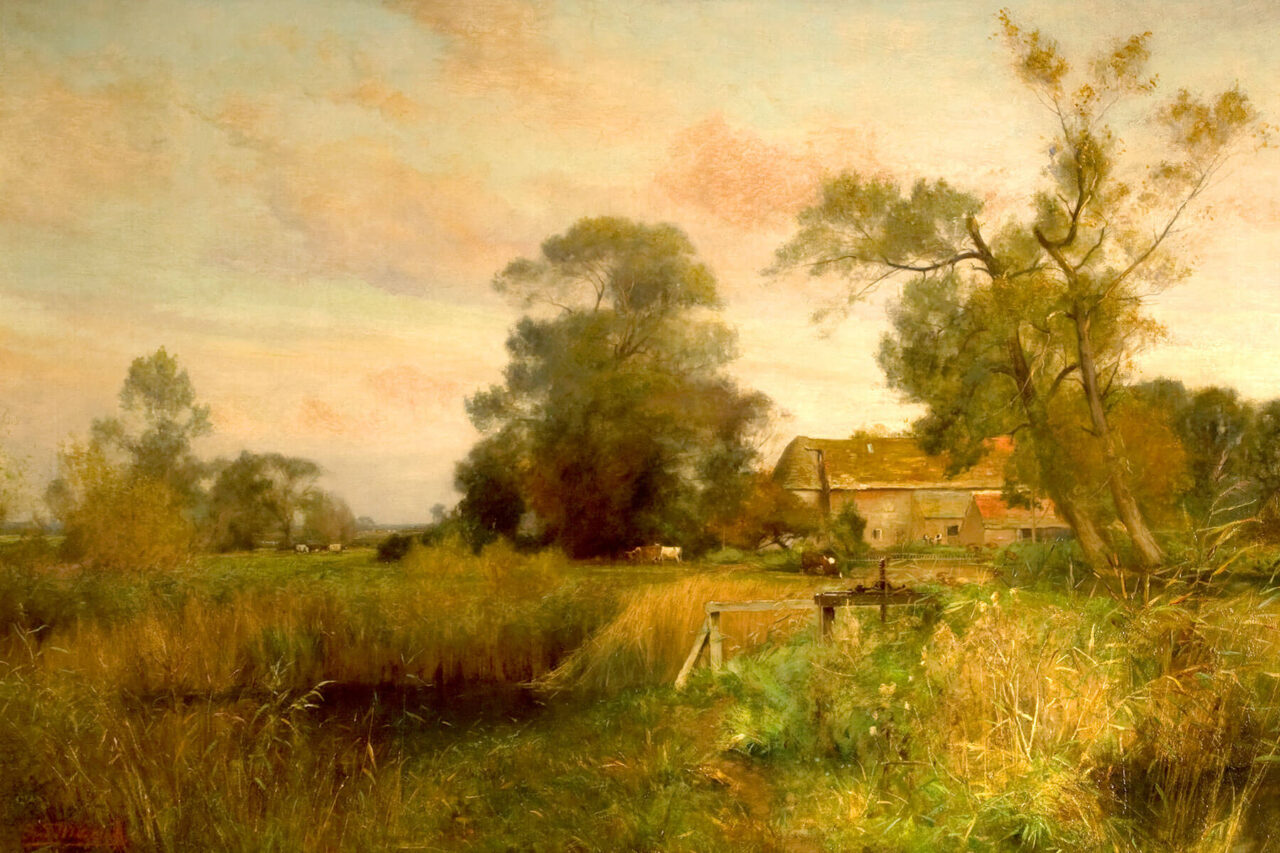
Paintings, Prints and Drawings
Date unknown
East Stoke Mill, Dorset
Frederick William Newton Whitehead (1853-1938)
Oil on canvas
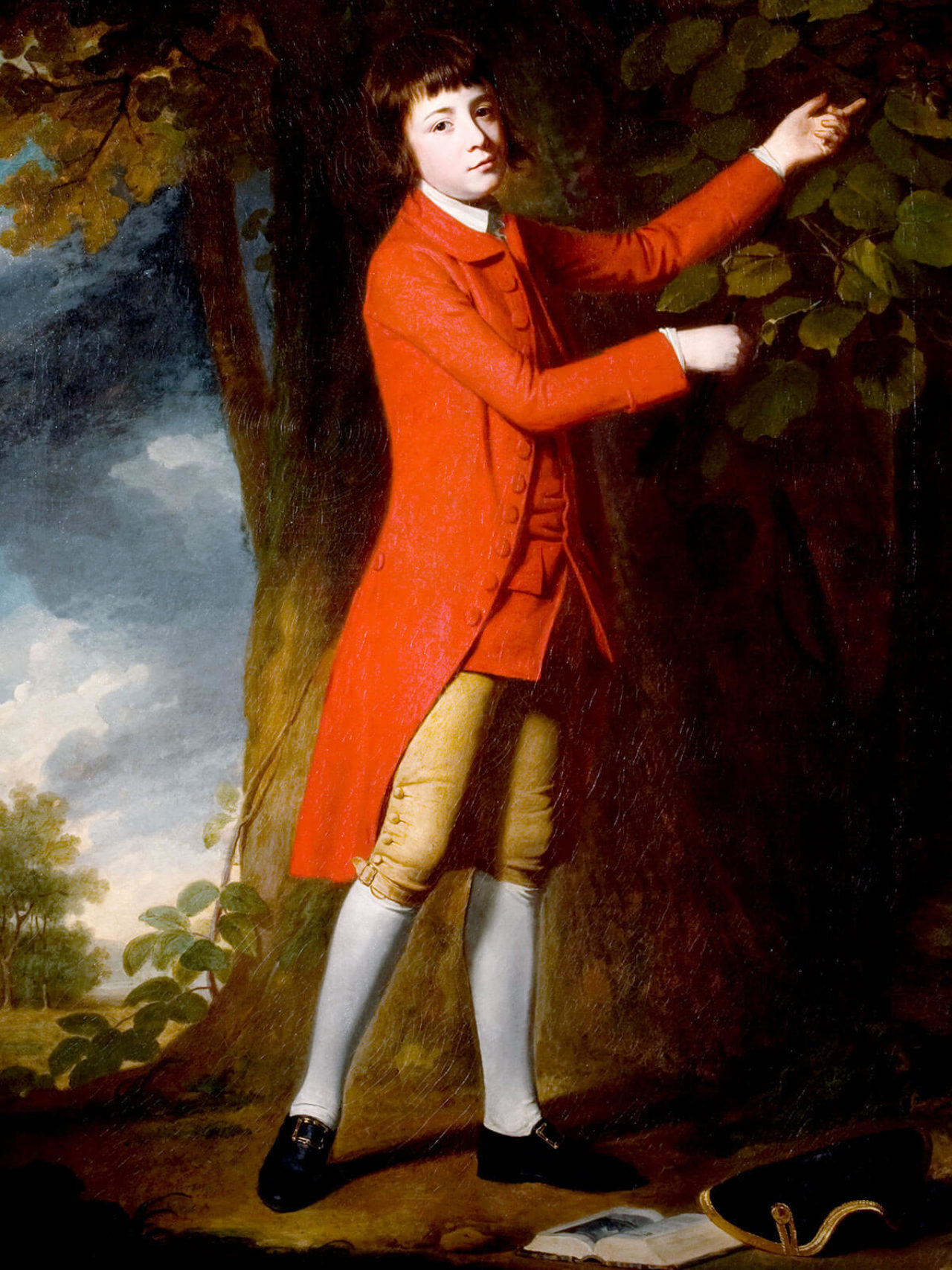
Paintings, Prints and Drawings
1768
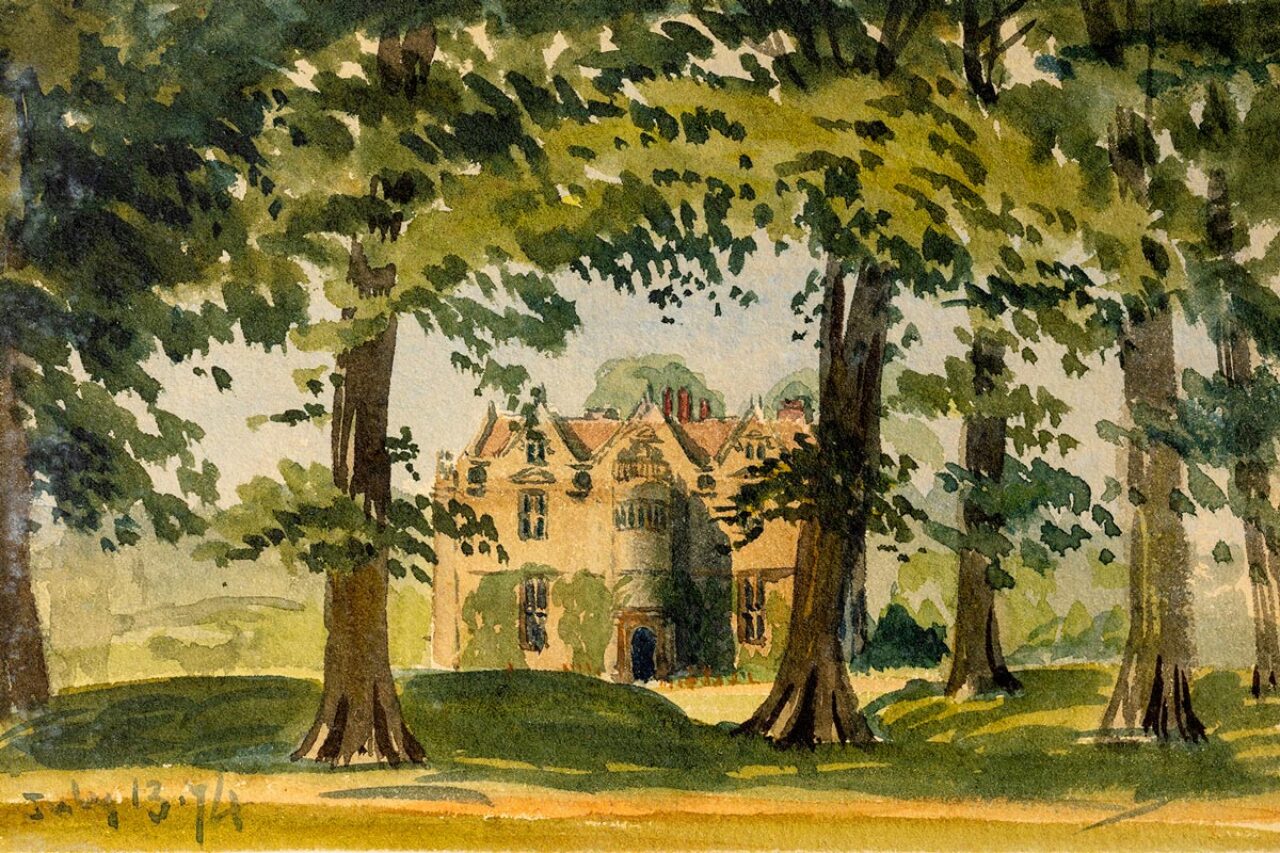
Paintings, Prints and Drawings
Late 19th century
Watercolours of Dorset landscapes
Henry Joseph Moule
The first curator of Dorset Museum and a friend of Thomas Hardy, Henry Moule regularly went out into the countryside surrounding Dorchester and further afield to paint. The Museum holds hundreds of his watercolours.
Artists' Dorset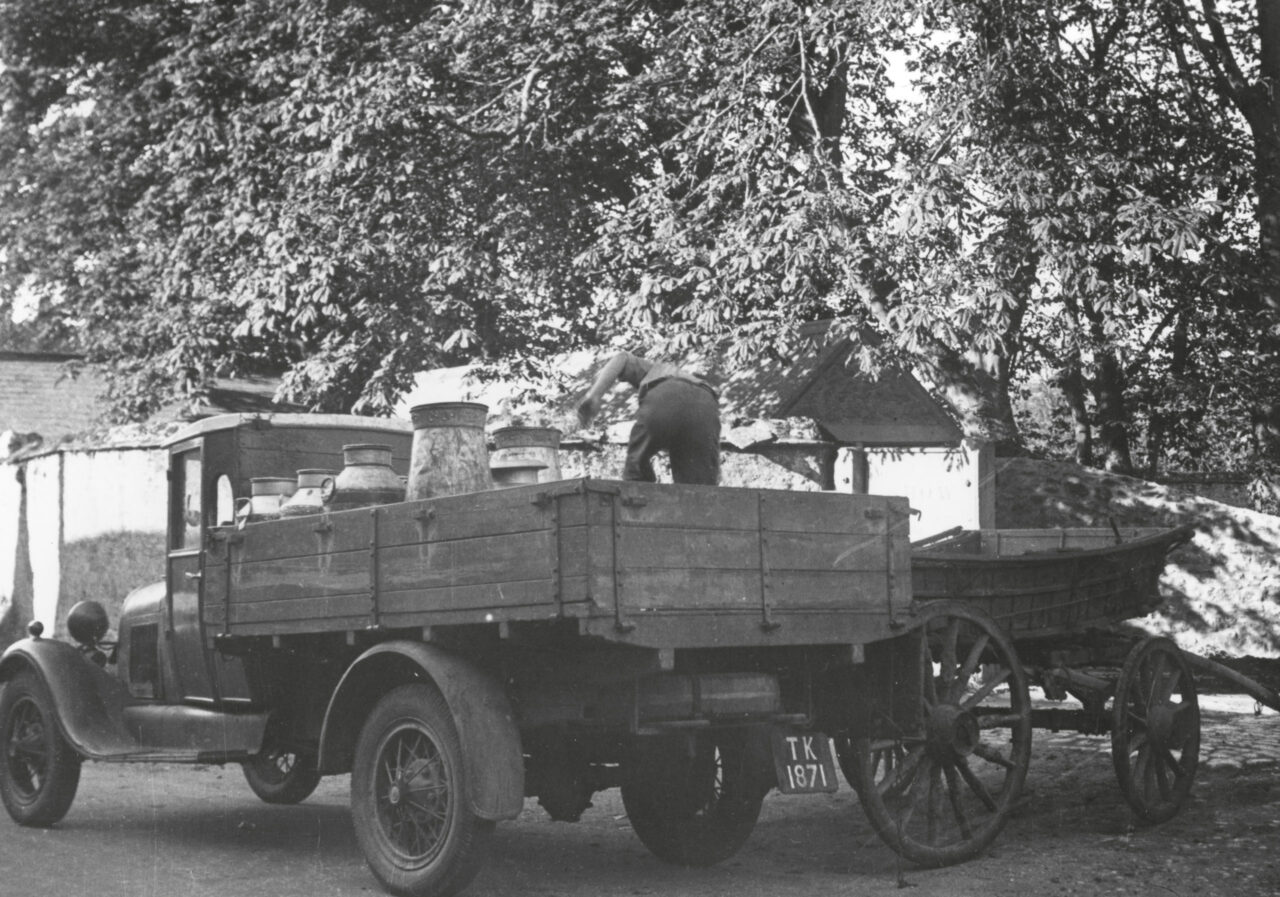
Photography
c.1935
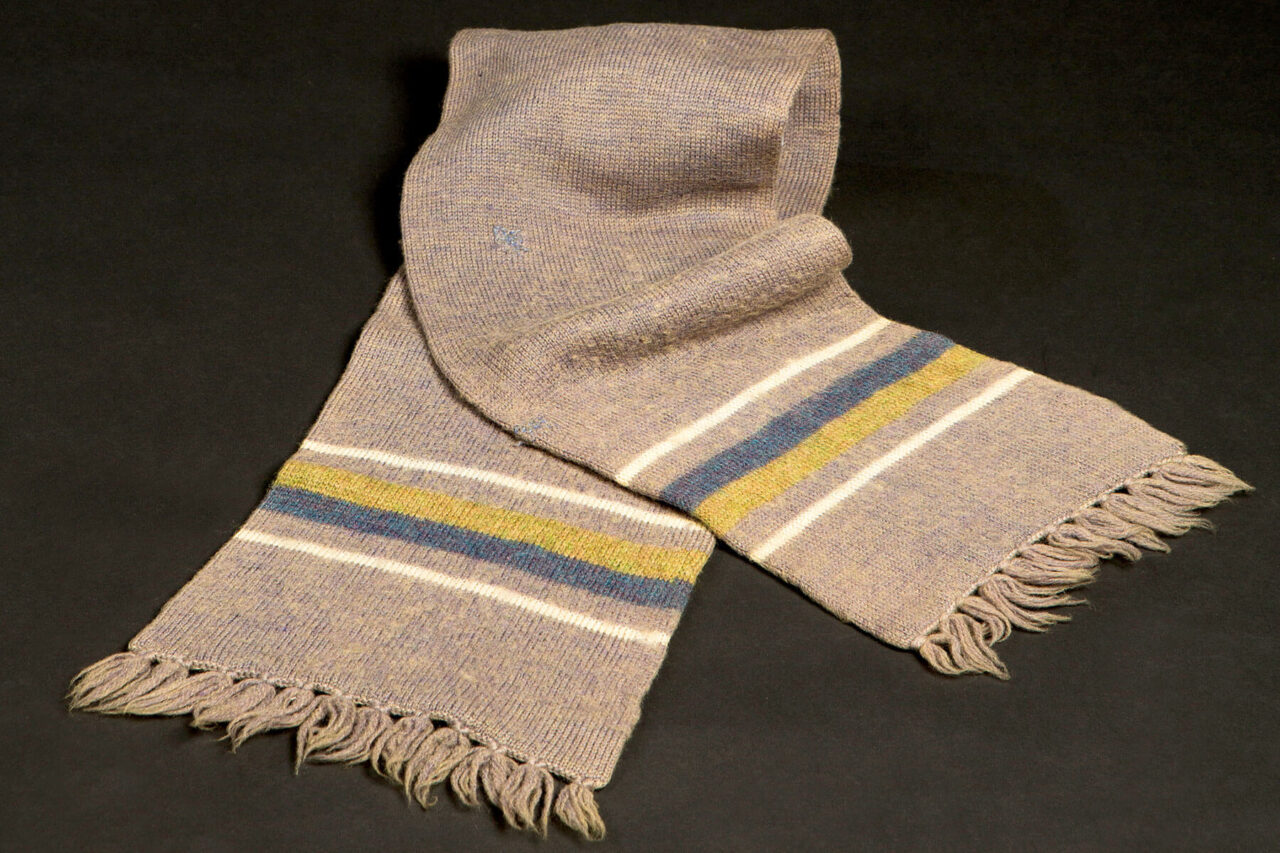
Thomas Hardy
1920s
Thomas Hardy’s scarf
This scarf is one of the few pieces of Hardy’s clothing that survive. When Hardy died, his wife Florence asked their gardener Bertie Stephens to burn her husband’s clothes on a bonfire. Stephens recalled how ‘all was burnt in her presence except a scarf which she gave me for my use.’
Hardy’s Dorset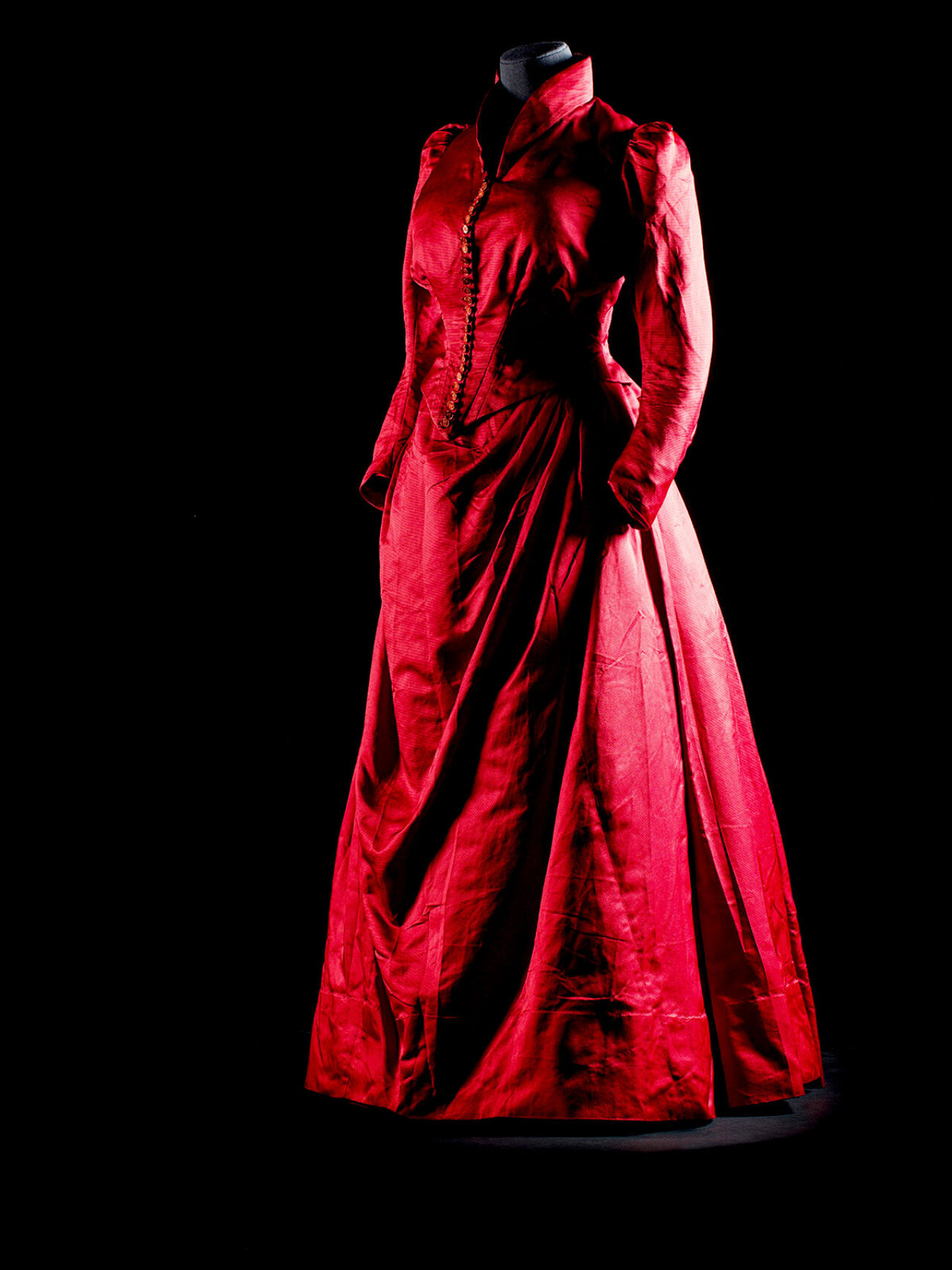
Thomas Hardy
c.1890
Katharine Hardy’s red dress
Hardy’s younger sister Katharine (1856-1940) was a schoolteacher and had this dress made in Dorchester. With its luxurious red silk and bustle, it is reminiscent of the dress Tess wears in Tess of the d’Urbervilles when she runs away with her husband Angel Clare after murdering Alec d’Urberville.
Hardy’s Dorset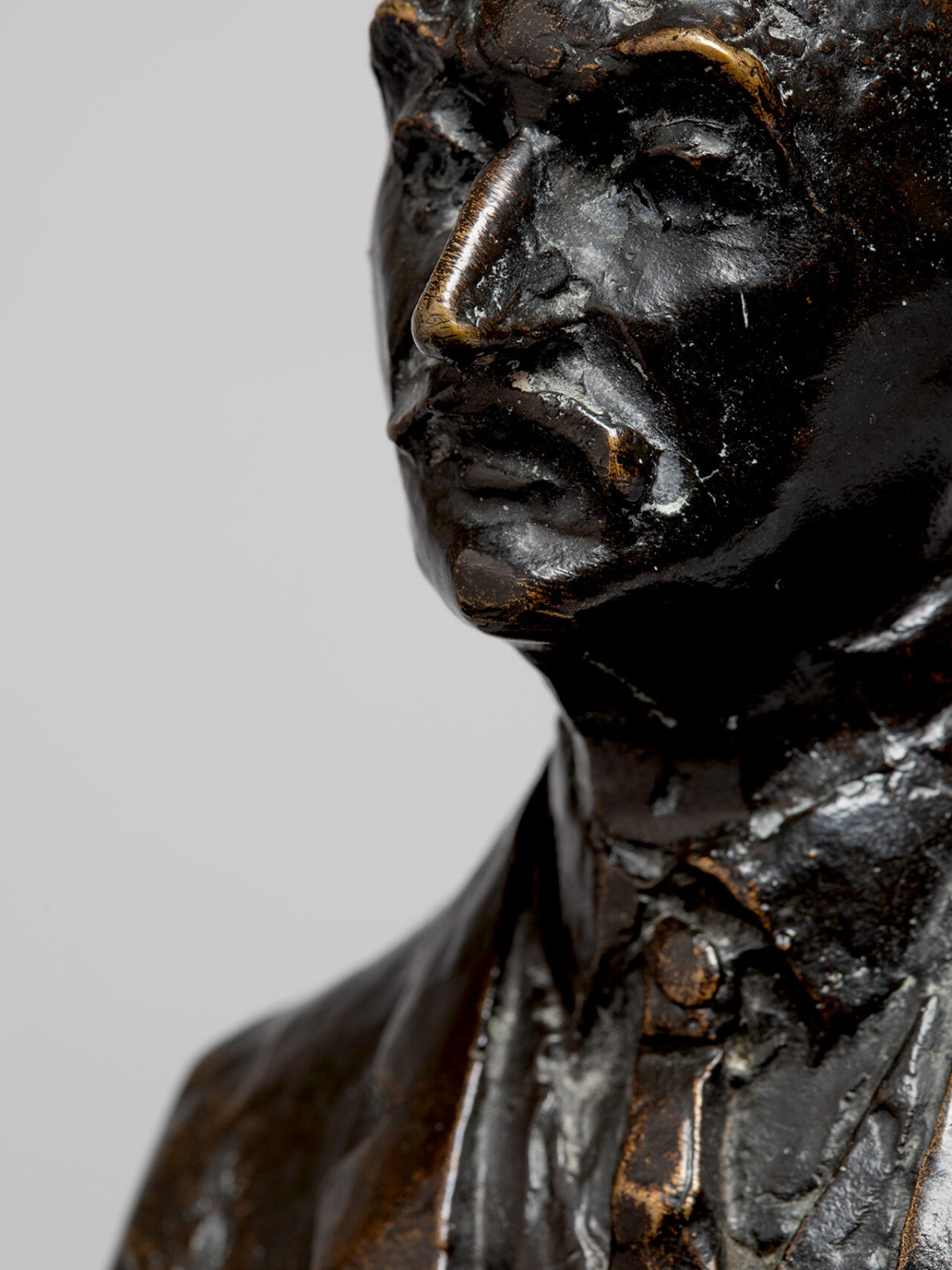
Thomas Hardy
c.1930-1931
Maquette of the Statue of Thomas Hardy (1840-1928) at the Top ‘o Town
Thomas Hardy
Eric Kennington
Bronze
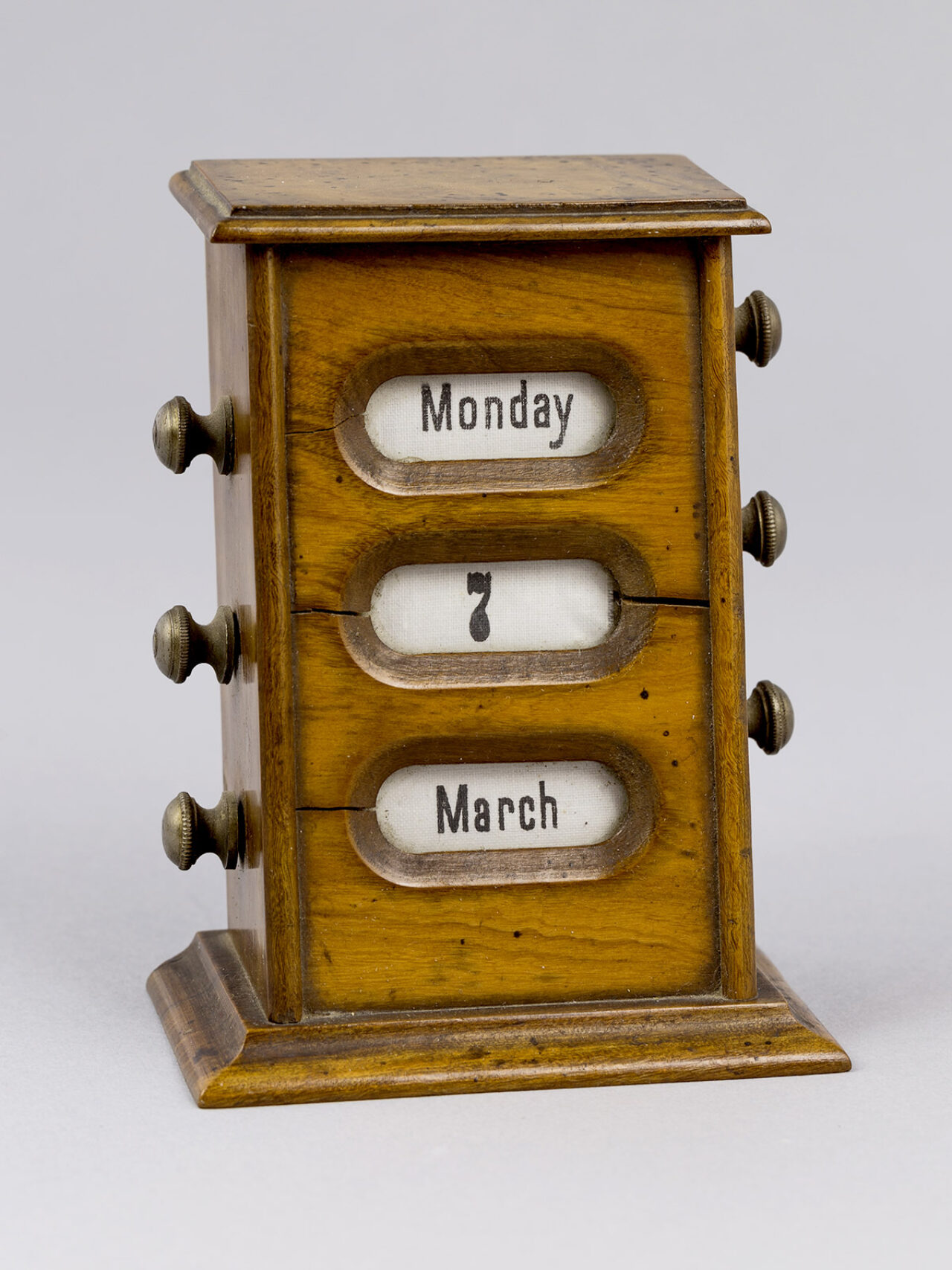
Thomas Hardy
c.1890
Perpetual calendar
After Hardy’s first wife Emma died in 1912, Hardy kept his desk calendar set to the date he met her – ‘That never to be forgotten day’. They had grown apart but Emma always supported his writing and Hardy was filled with regret and sadness when she died.
Hardy’s Dorset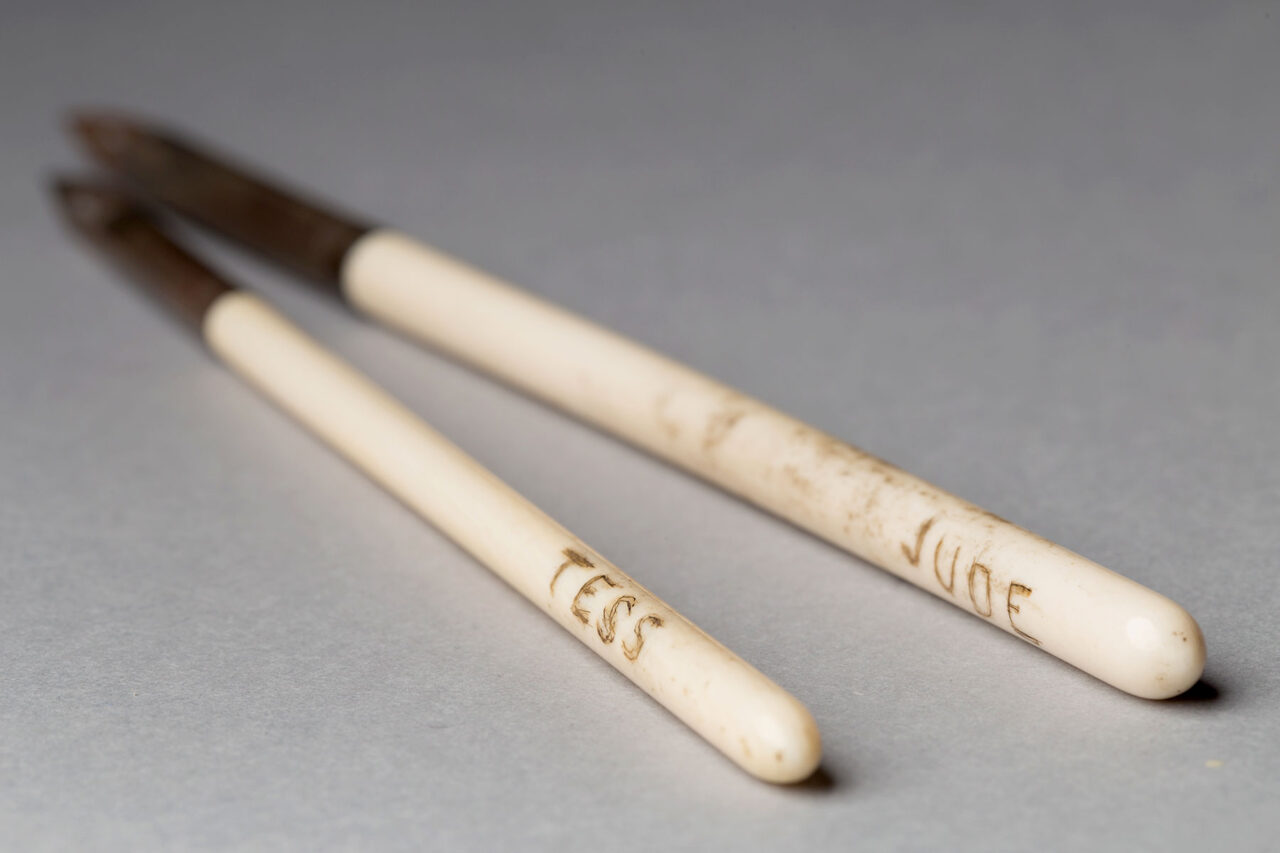
Thomas Hardy
1890-1895
Thomas Hardy’s writing pens
Hardy wrote Tess of the d’Urbervilles and Jude the Obscure with these pens, dipping the nibs repeatedly into the inkwell on his desk. He engraved the pens ‘Tess’ and ‘Jude’.
Hardy’s Dorset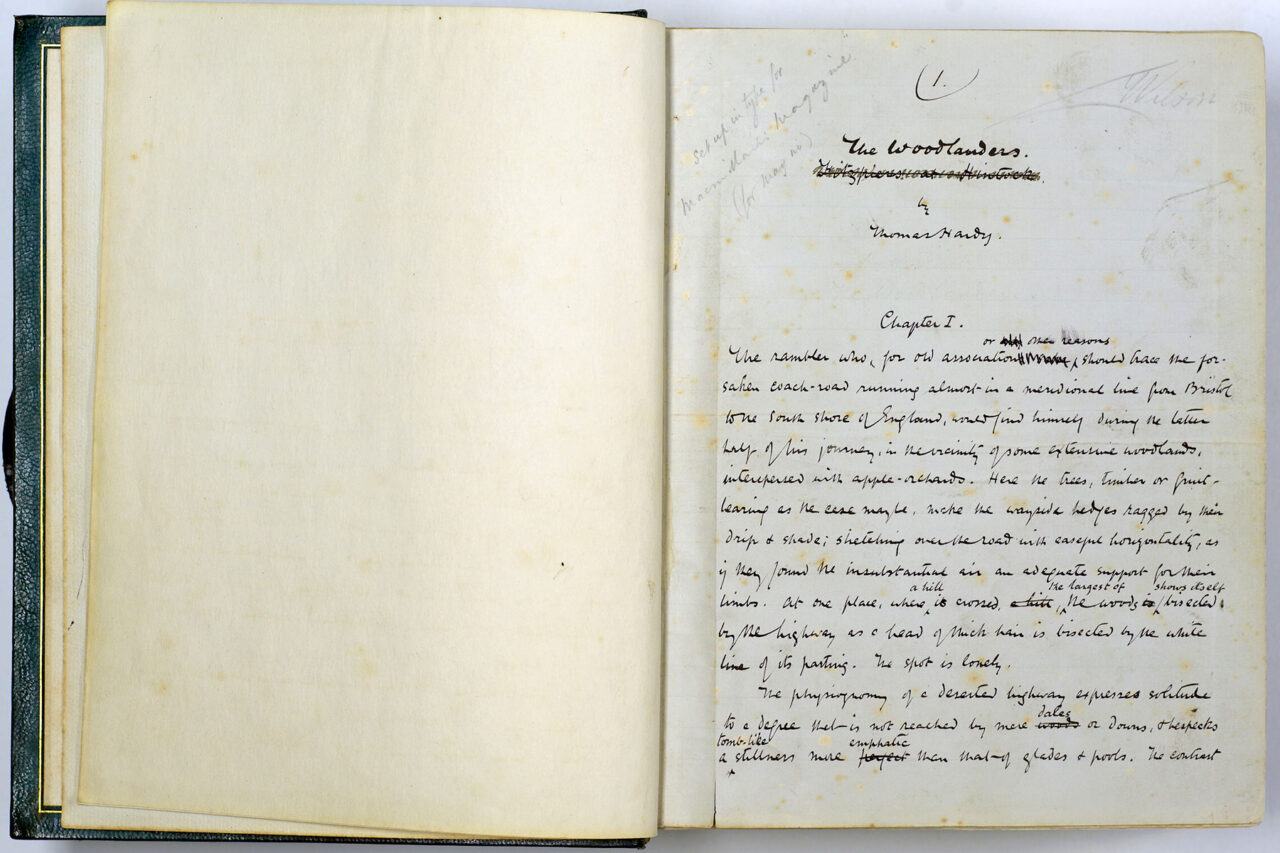
Thomas Hardy
1886-1887
Original manuscript of The Woodlanders
The Woodlanders is the first novel Hardy worked on in his new study at Max Gate and was partly inspired by the village of Melbury Osmond in Dorset where his mother grew up.
Hardy’s Dorset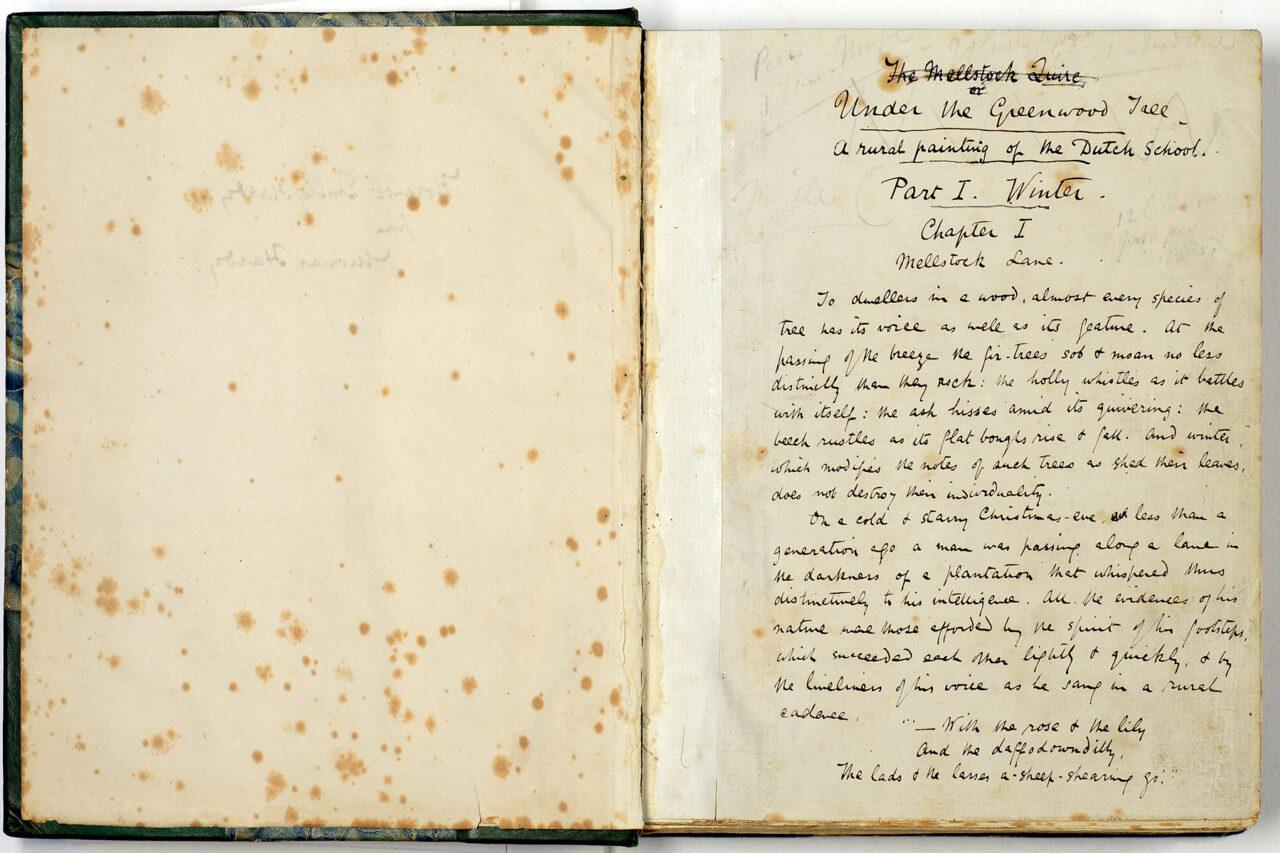
Thomas Hardy
1871
Original manuscript of Under the Greenwood Tree
Hardy wrote Under the Greenwood Tree in 1871 when he was living at Weymouth and Higher Bockhampton. He set the story in Mellstock, a village he imagined based on real places near his home.
Hardy’s Dorset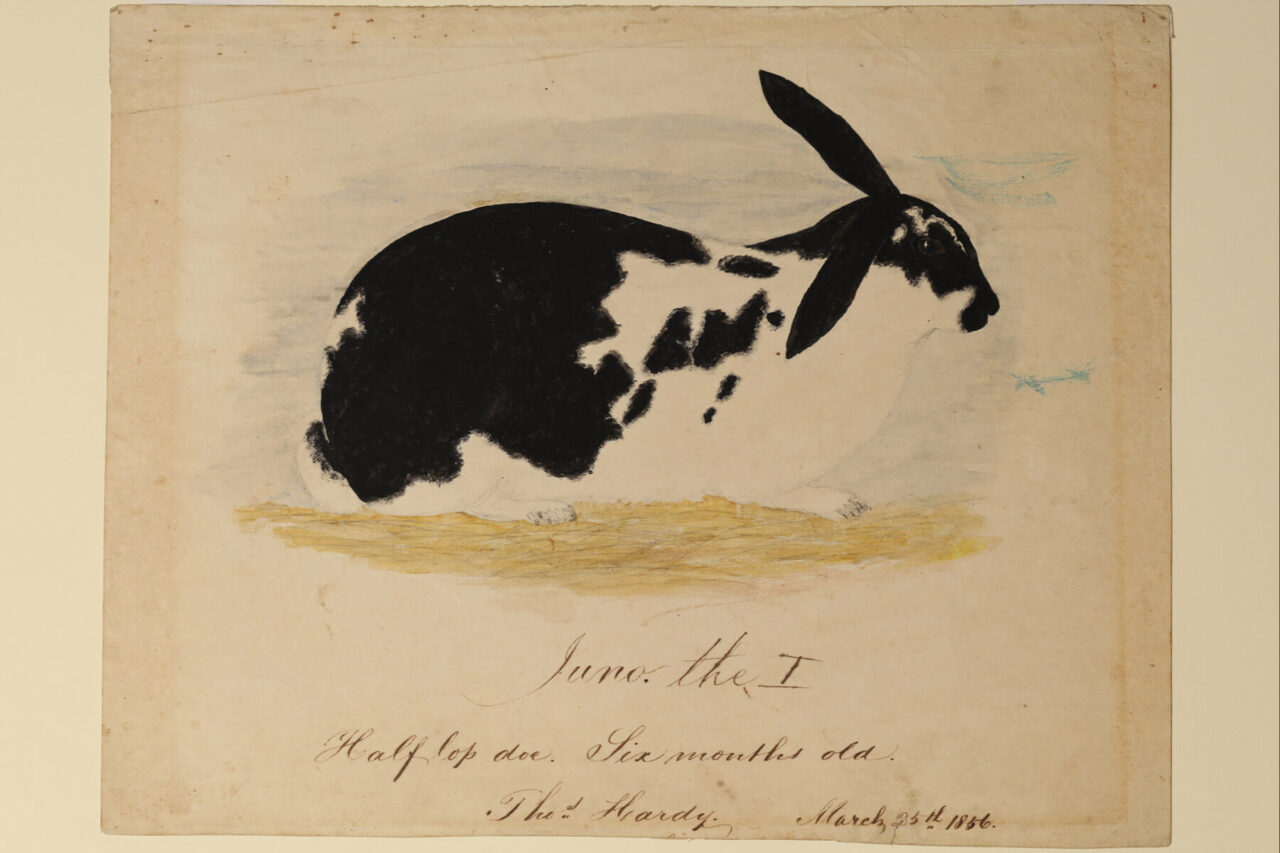
Thomas Hardy
1856
Juno I watercolour by Thomas Hardy
Thomas painted his pet rabbit when he was 16. He was interested in art and nature, knew many plants and animals by their country names and cared about how animals were treated. He had other pets when he was older, including a faithful fox terrier called Wessex.
Hardy’s DorsetCaring for the collections
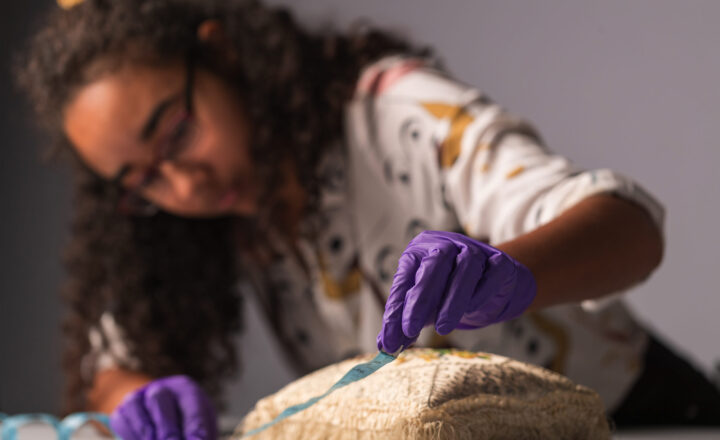
Your support makes a huge difference
Your donations allow us to conserve and research Dorset’s most extensive historical collections – from geology to archaeology, costume to sculpture. In the Museum’s new state-of-the-art Collections Discovery Centre our curators are dedicated to ensuring every object is cared for in the best possible way.
